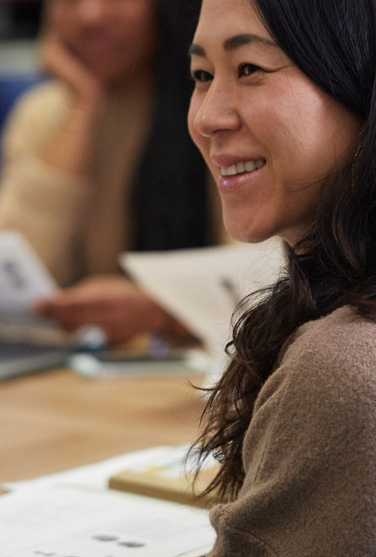
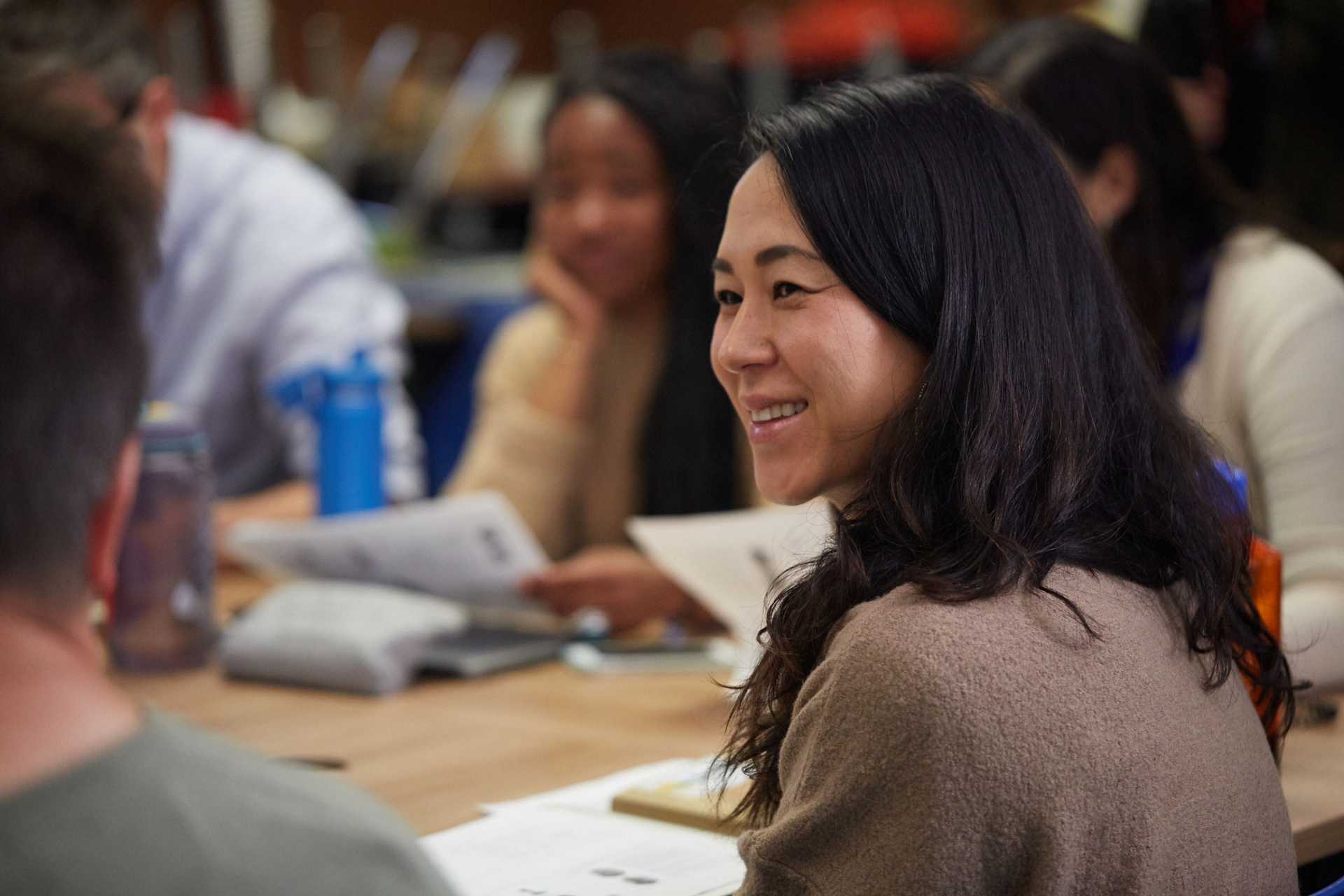
The XQ Design Process
Downloadable Materials
Build Your Team
Videos
Downloadable Materials
Capstone Activity
Downloadable Materials
Students in the 21st Century
What do young people need from their schools today to help them succeed in the future?
Videos
More Resources On This Topic

In a keynote speech at iNACOL’s 2018 fall symposium, XQ CEO Russlynn Ali urges educators to consider the role of equity at every stage of rethinking high school. A panel discussion among school leaders follows.
Watch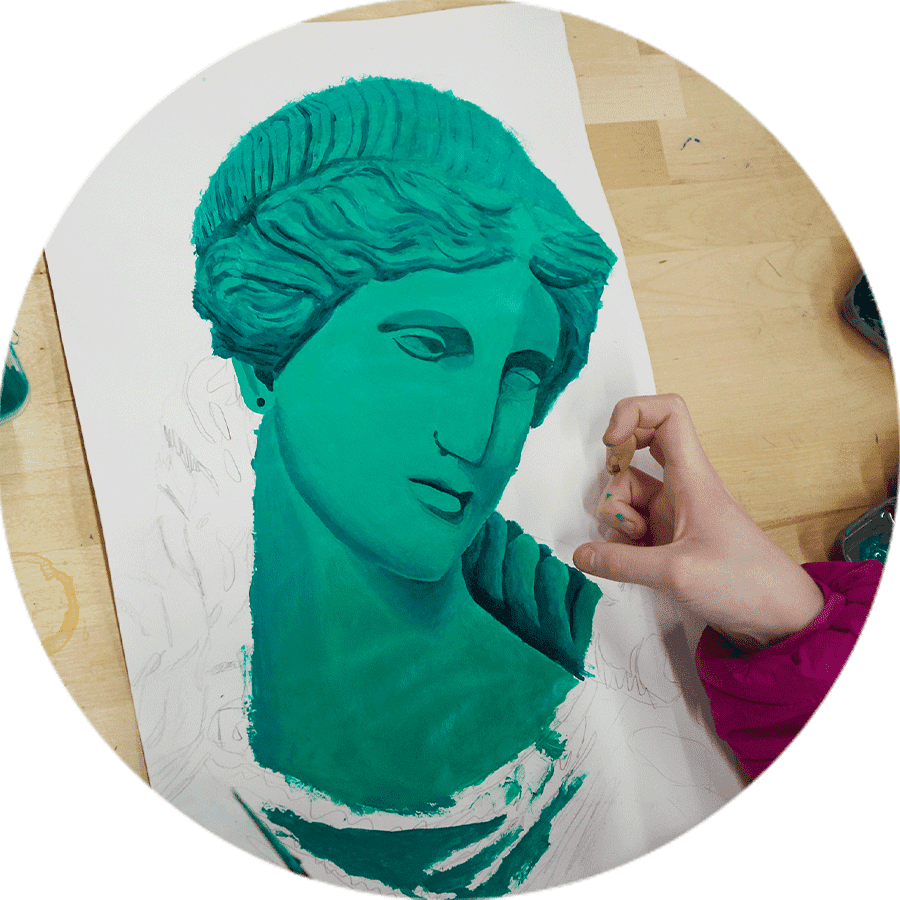
In this 2010 sequel to his galvanizing 2006 TedTalk, education visionary Sir Ken Robinson challenges us to “bring on the learning revolution.”
Watch
In this compelling TEDx Talk, Dan Cardinali, president of Communities in Schools, makes a passionate case for doing more to help negate poverty’s effect on educational performance.
Watch
The latest edition of the Annie E. Casey Foundation’s KIDS COUNT Data Book provides a wealth of information on child well-being in areas including health, poverty, and education.
Explore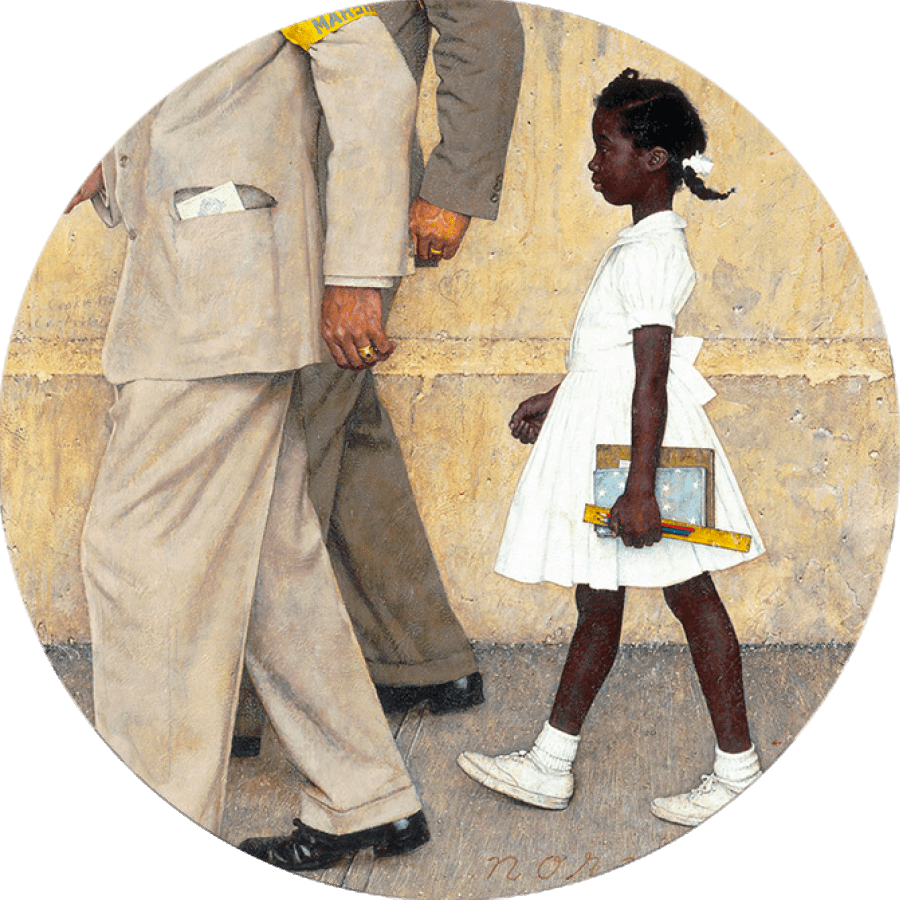
In this two-part podcast by This American Life, reporter Nikole Hannah-Jones examines the problem of school segregation, its causes, and its pernicious effects.
Listen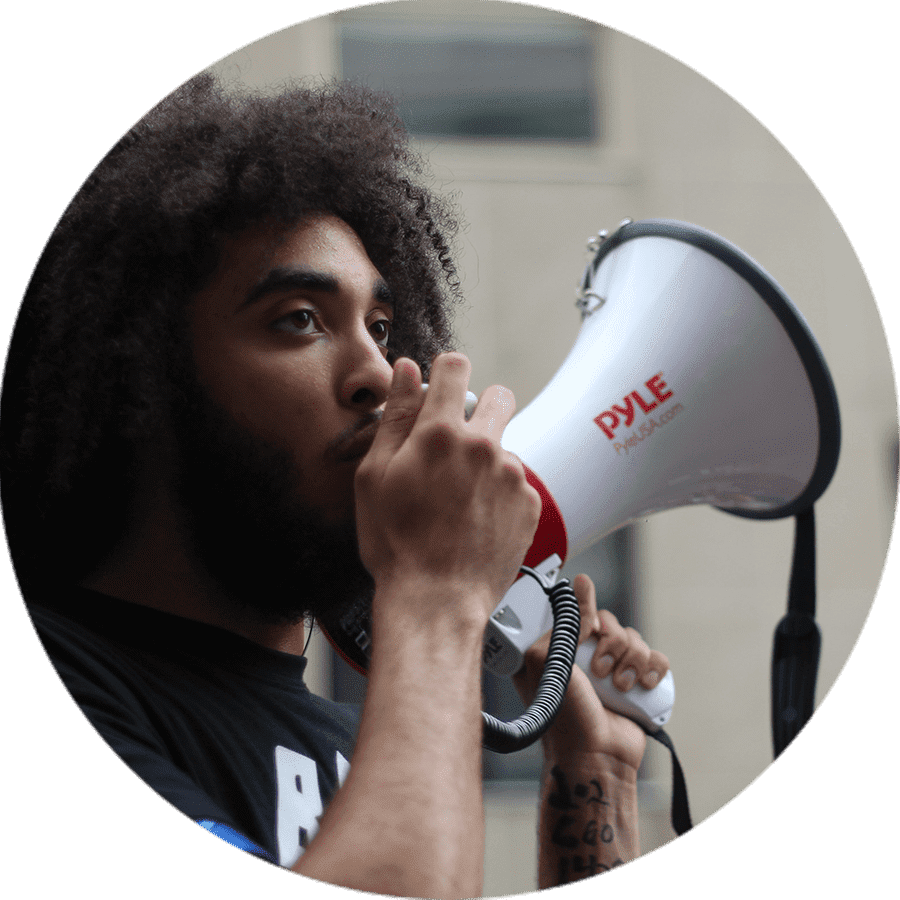
How can educators recognize the voices of students of color productively, not paternalistically? Professor Jamila Lyiscott offers a framework for self-reflection.
Explore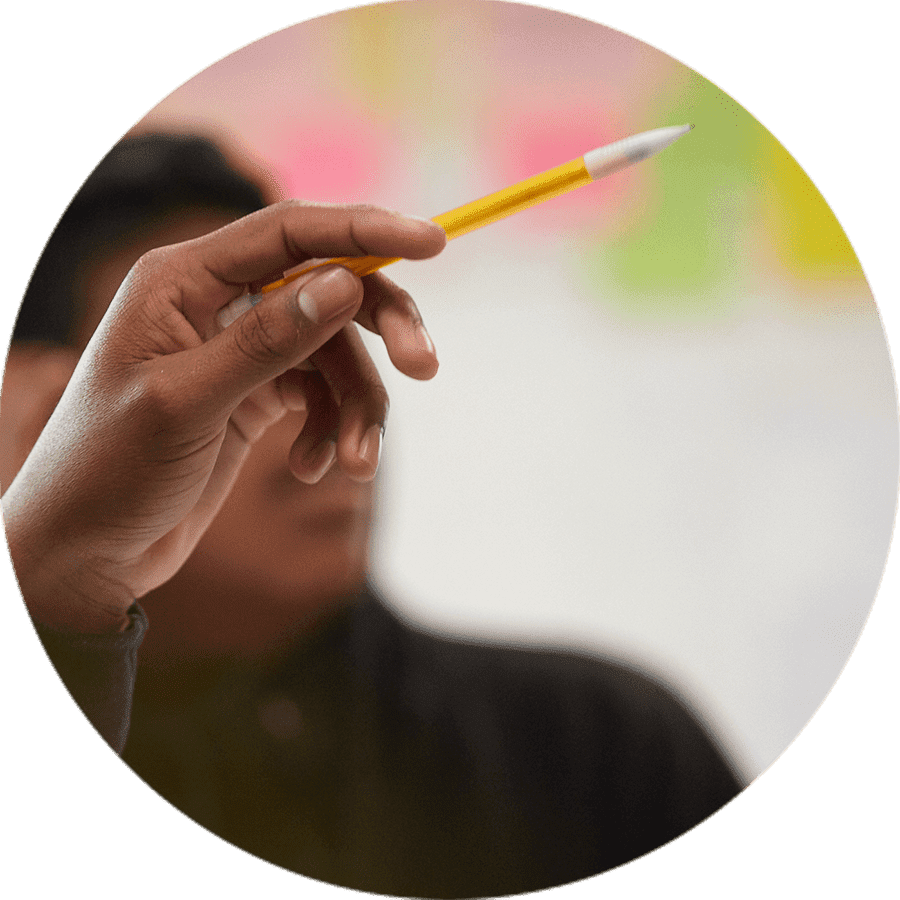
This study from the McKinsey Global Institute shows how technology will change work in the near future, with demand for digital, social-emotional, and analytical skills increasing dramatically by 2030.
Read More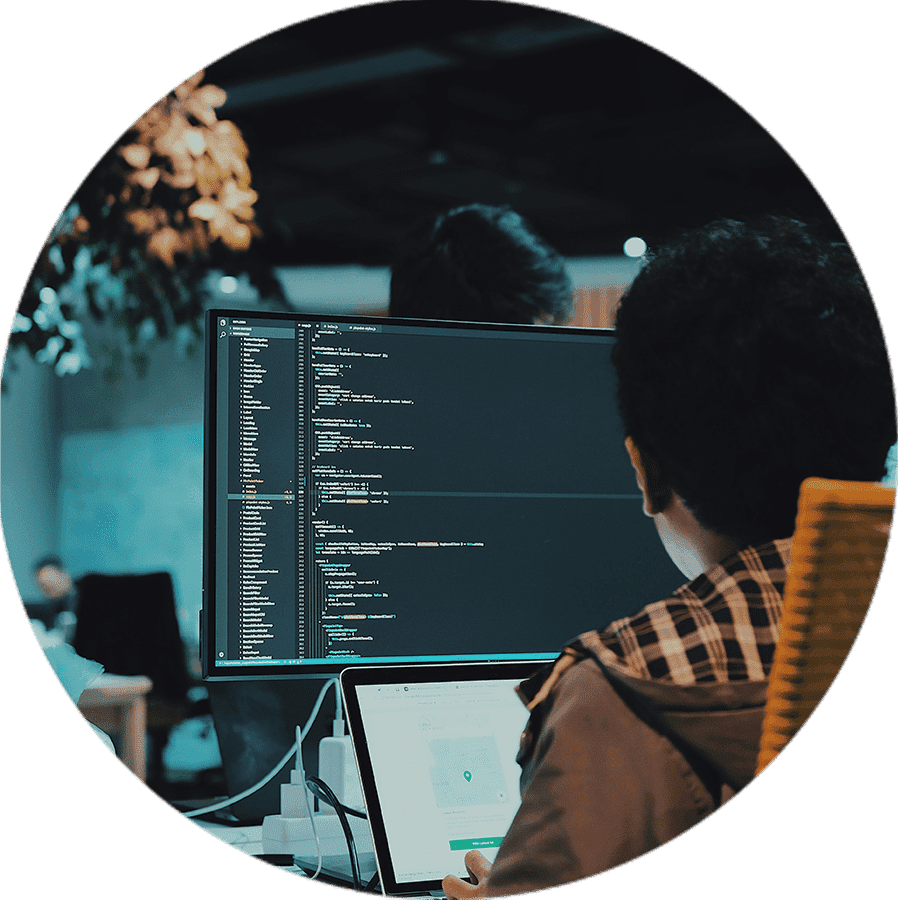
The Brookings Institute delves into recent survey data showing that adults from different racial and ethnic groups can have very different views on whether schools are offering students equal opportunities.
Read MoreDive Deep
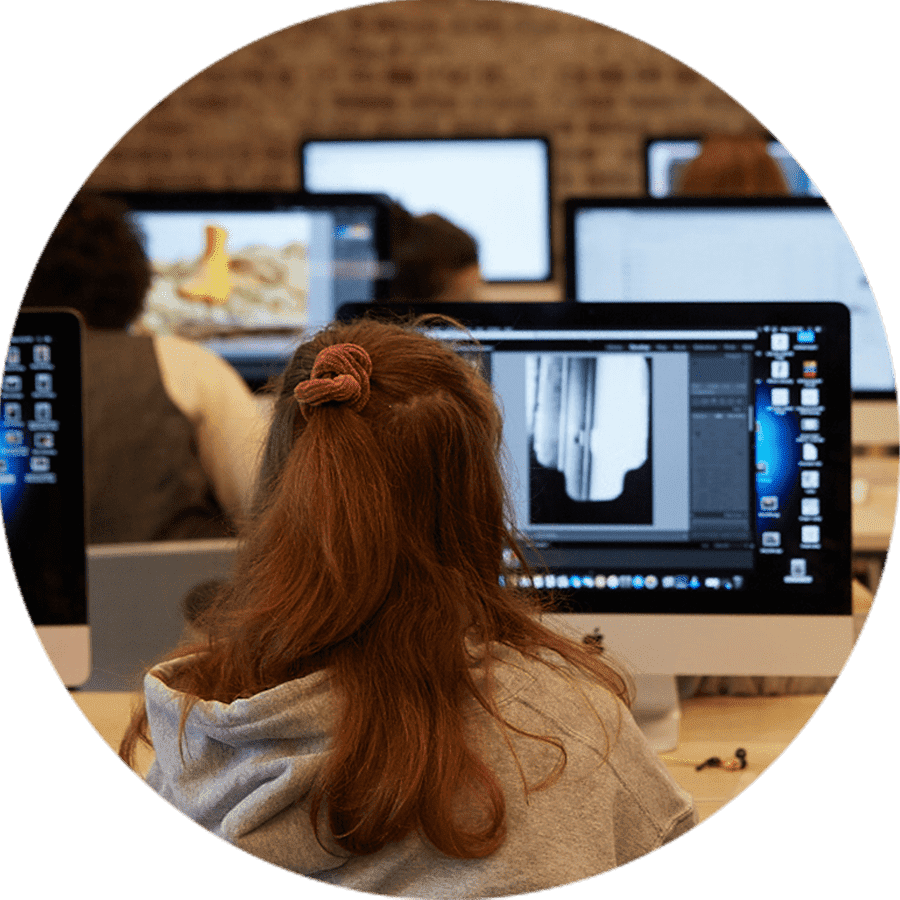
What does the modern American student look like? The Pew Research Center offers a report full of interesting facts and helpful infographics.
Explore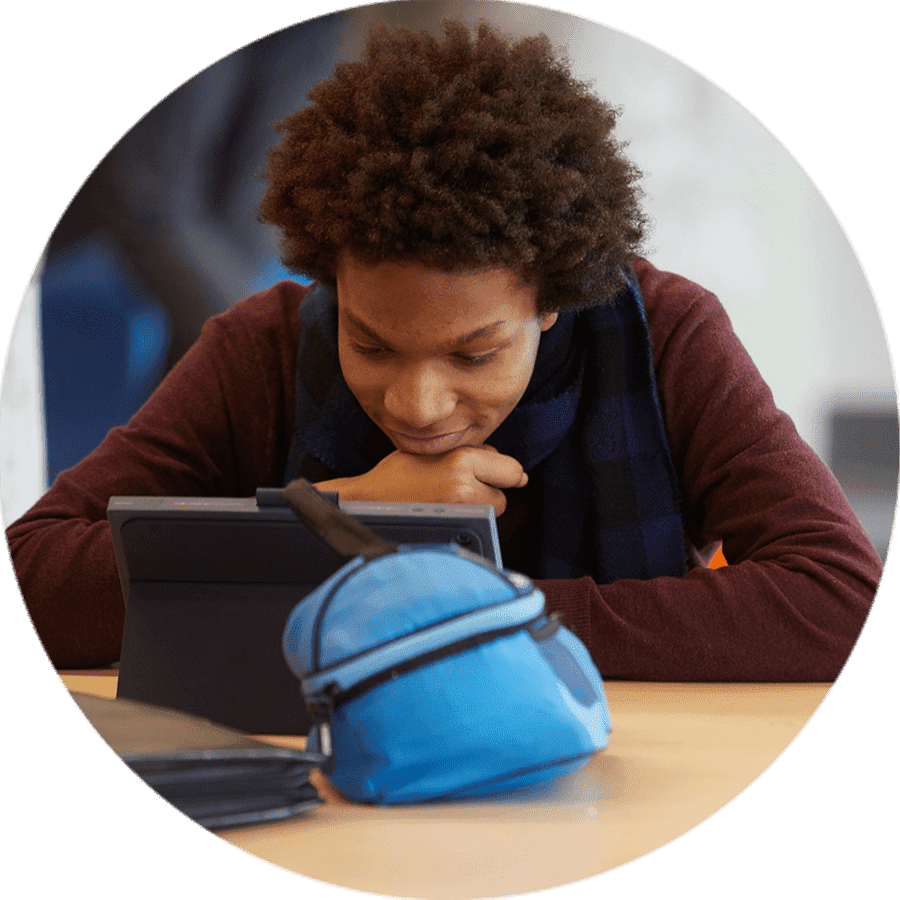
Paul Gorski describes four ways schools claim to address equity but don’t, plus five principles for advancing racial justice in education.
Read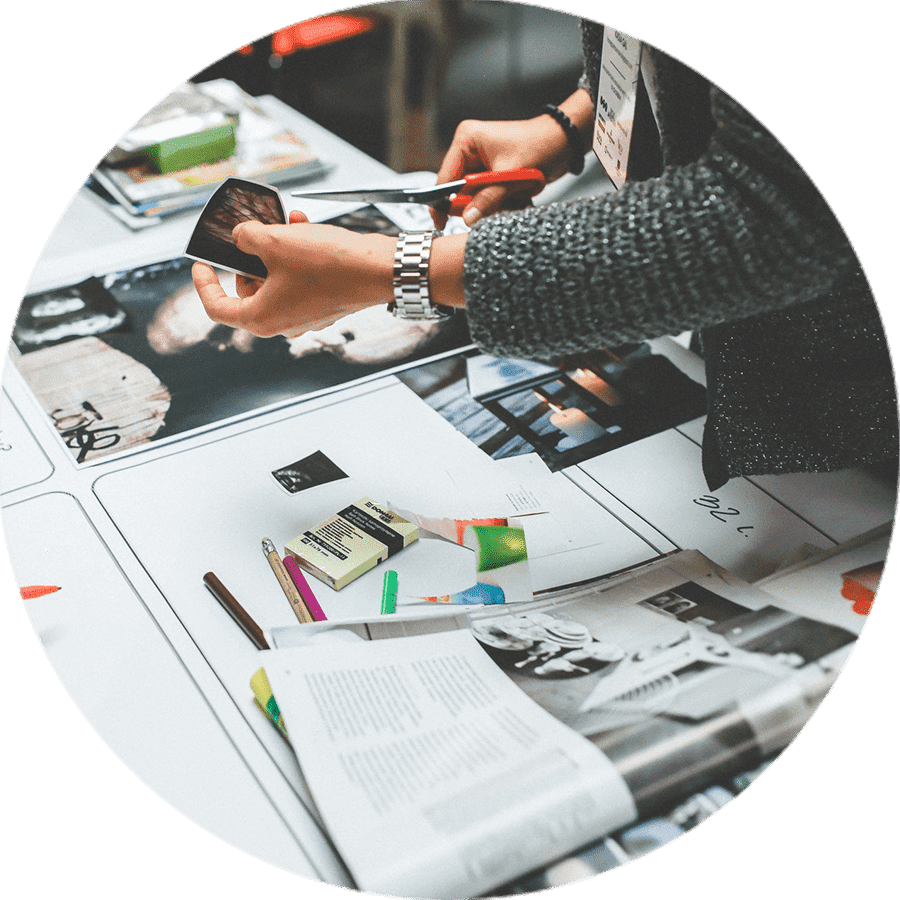
America Succeeds shows why American education must adapt to prepare students to thrive in a new “age of agility” that calls for adaptability, lifelong learning, and creative problem-solving.
Read
Information technology is driving change in the U.S. workforce, and the education system must adapt. But this National Academy of Sciences report concludes that IT can also help meet the challenge.
Read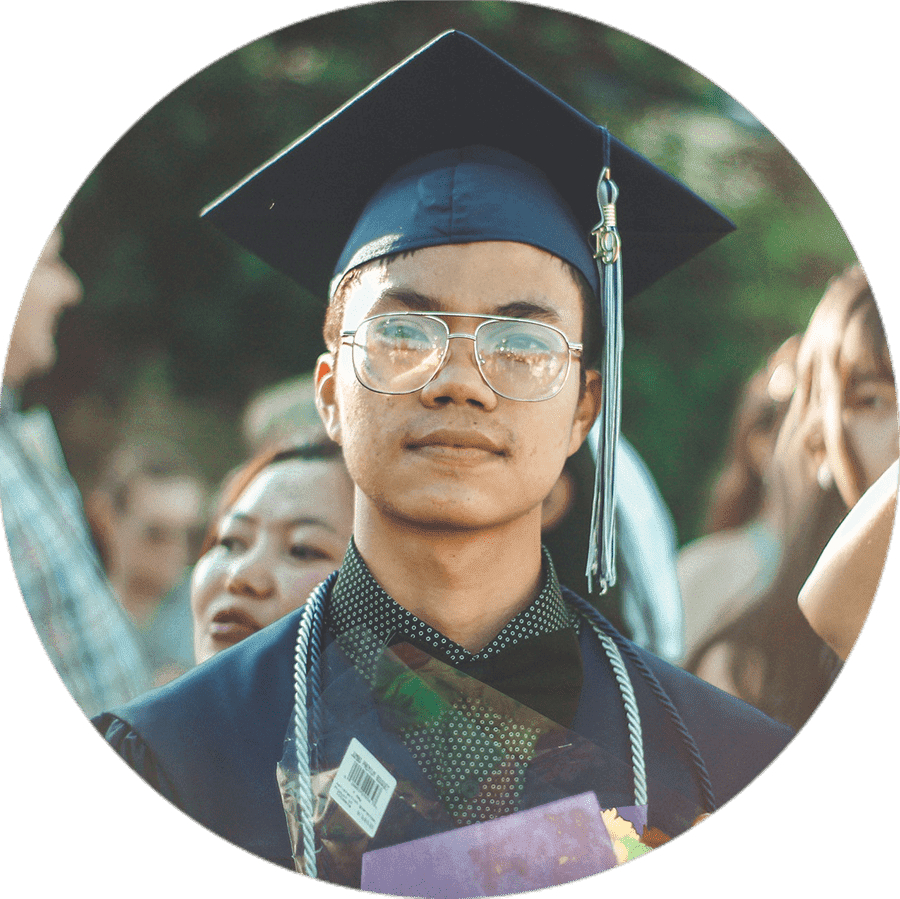
Do the high school diploma requirements in your state ensure that all graduates are prepared for postsecondary education? Use this interactive resource from Achieve to find out.
Explore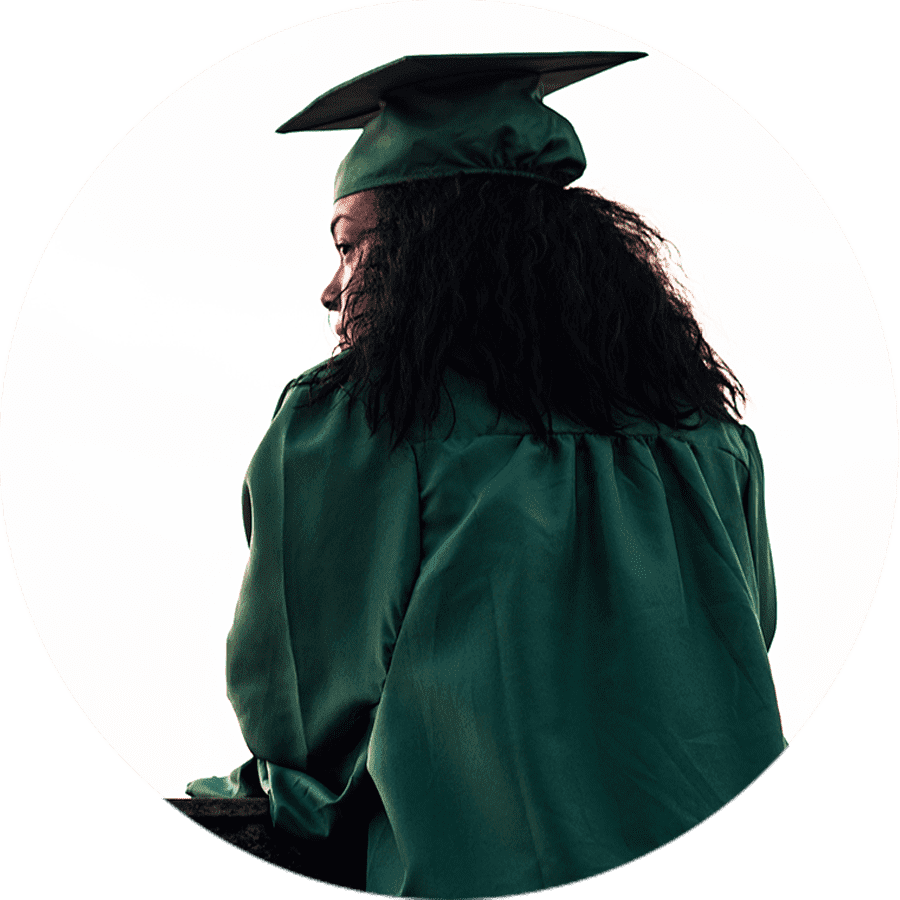
Less than half of high school graduates have completed a full college-ready course of study, according to EdTrust.
Explore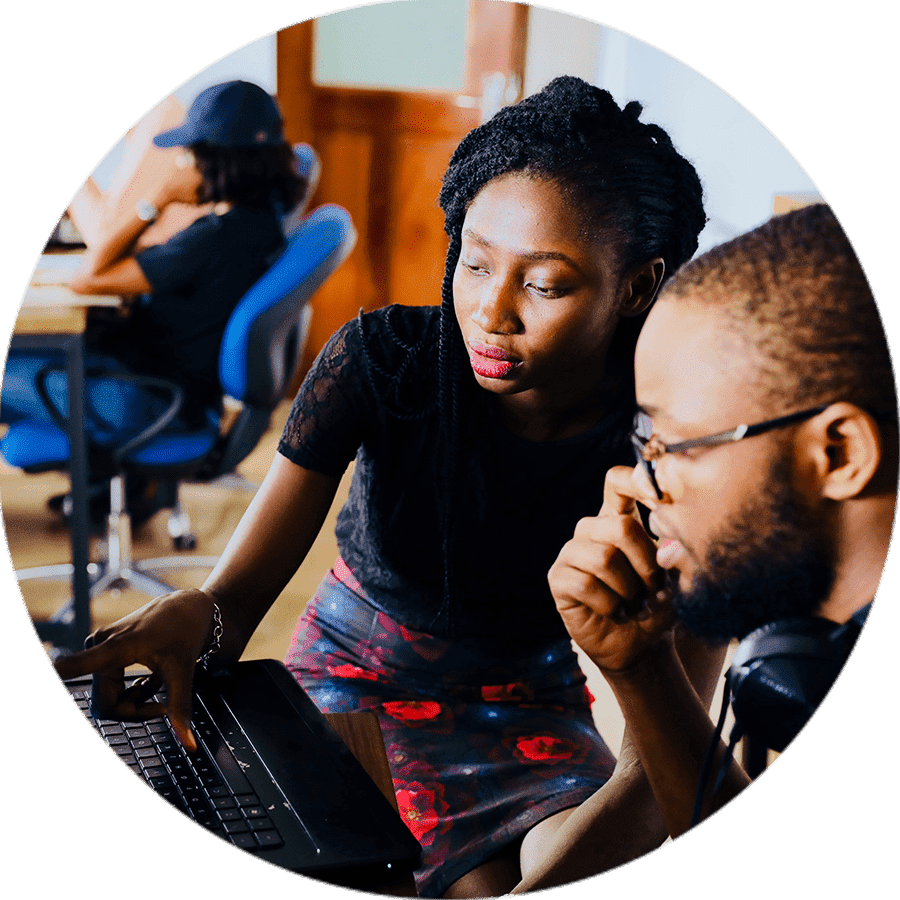
This report from Georgetown’s Center on Education and the Workforce shows that jobs that provide a middle-class income increasingly require at least an associate’s degree. The report includes state-by-state data.
Read and Explore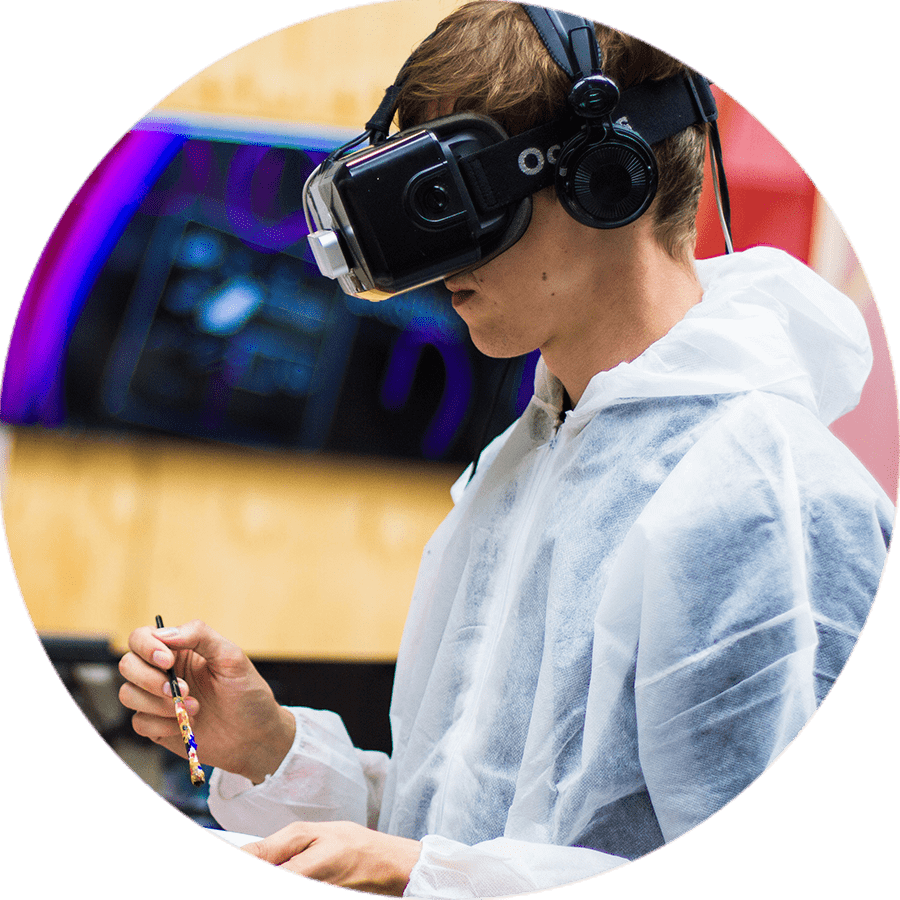
This report from XQ makes the case that high schools must be transformed to prepare all students for the jobs of the future. Click on the U.S. map to find a fact sheet with data on how high schools are doing in your state.
Read and Explore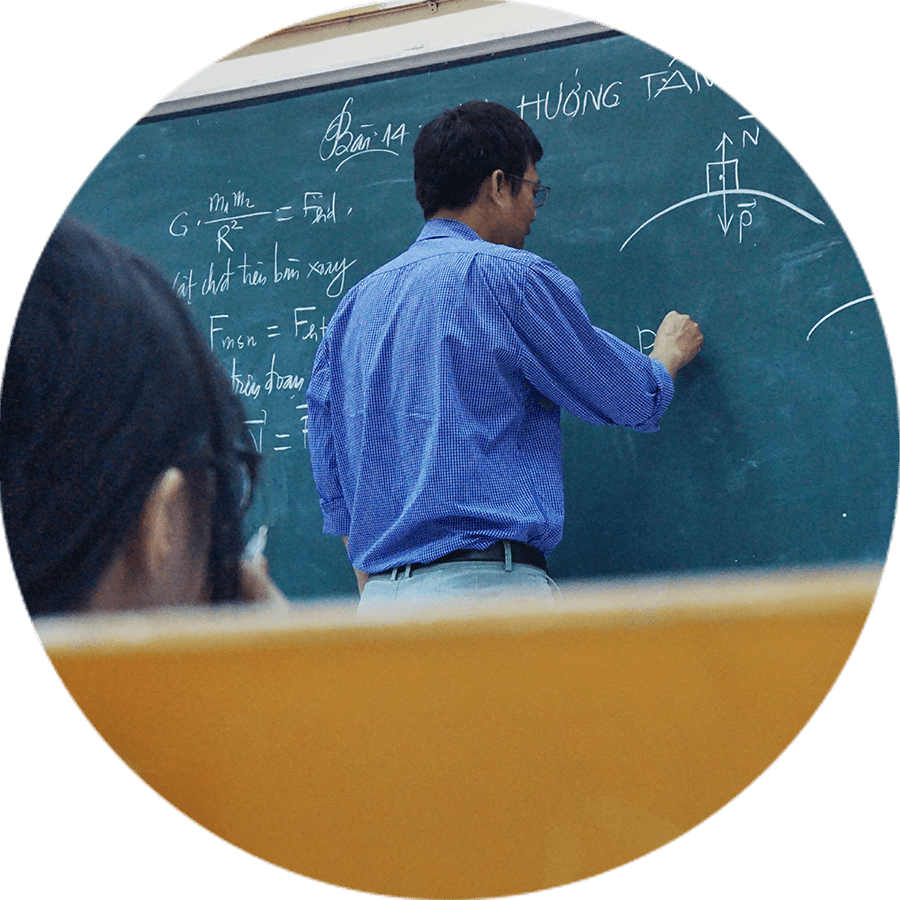
Researchers from TNTP observed 1,000 lessons and interviewed 4,000 students to understand why so many students graduate from high school unprepared. Find answers in this report and accompanying resources.
Read More
What can schools do to close the opportunity gap for the one in five students with learning or attention issues? The National Center for Learning Disabilities teamed up with educators to offer solutions.
Read More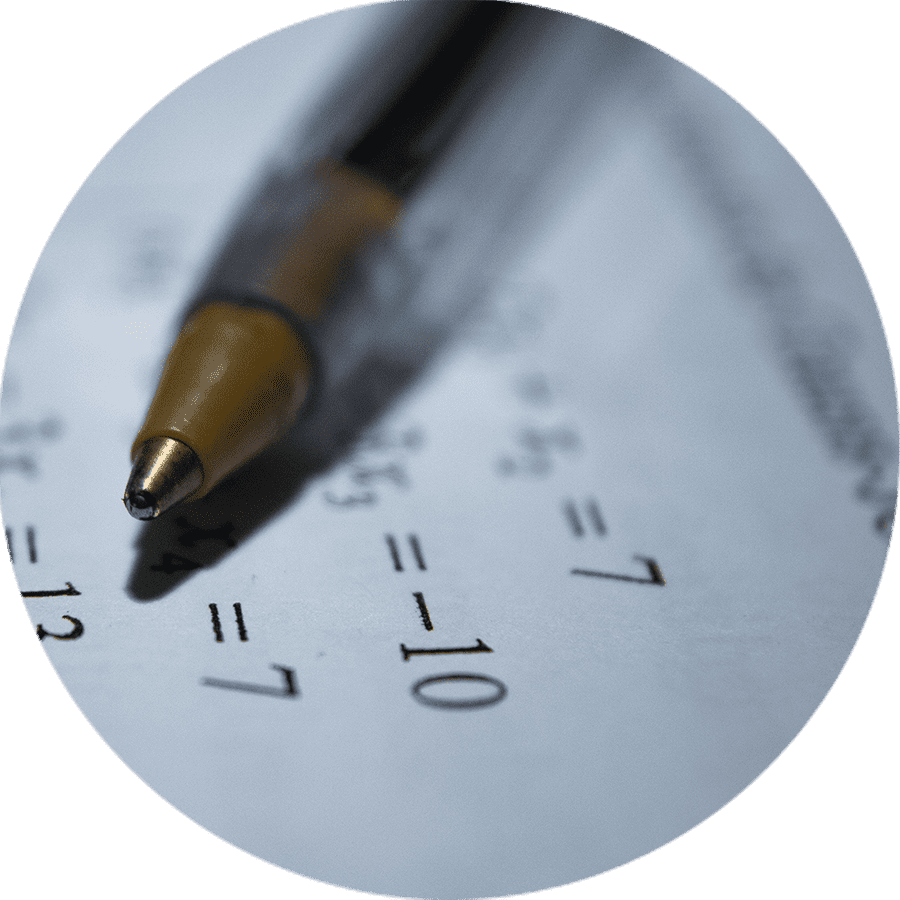
Over the past 50 years, achievement gaps have remained mostly unchanged, and gains in eighth grade have not translated into gains at the end of high school. Explore the detailed findings in this 2019 article in Education Next.
Read More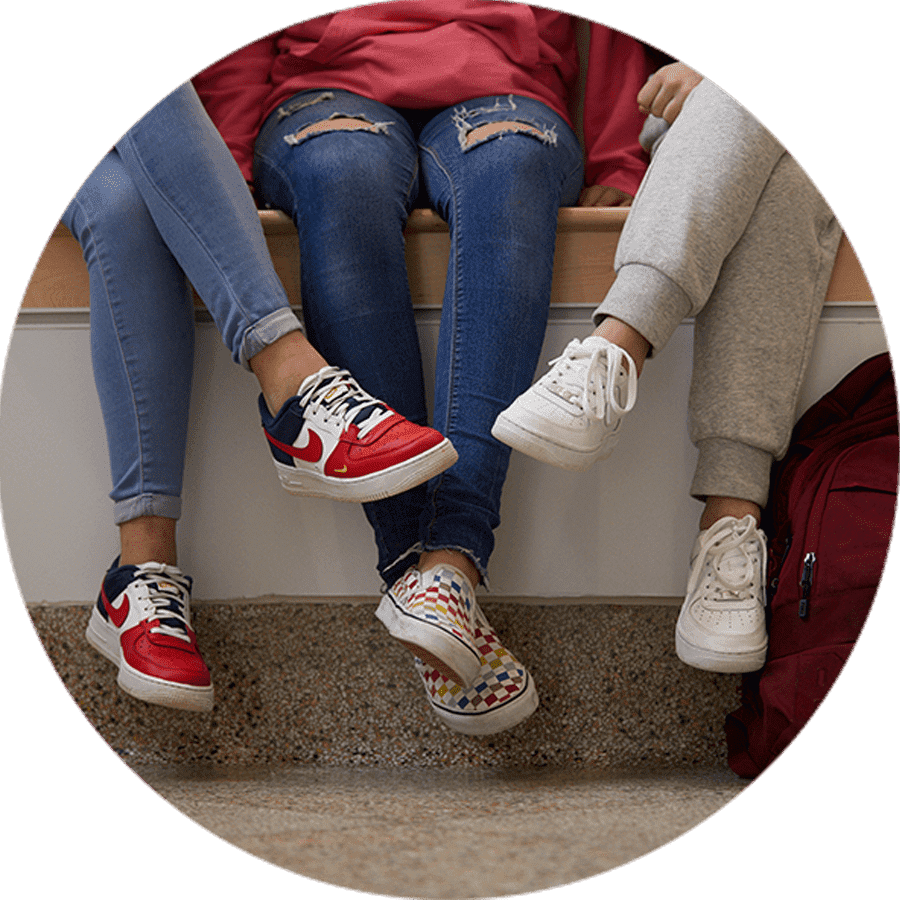
A just and equitable nation treats access to high quality education as a civil right. Take a “data walk” with XQ through key indicators of progress and challenges.
Read MoreYouth Experience and Aspirations
What can adolescents teach us about high school?
Videos
More Resources On This Topic
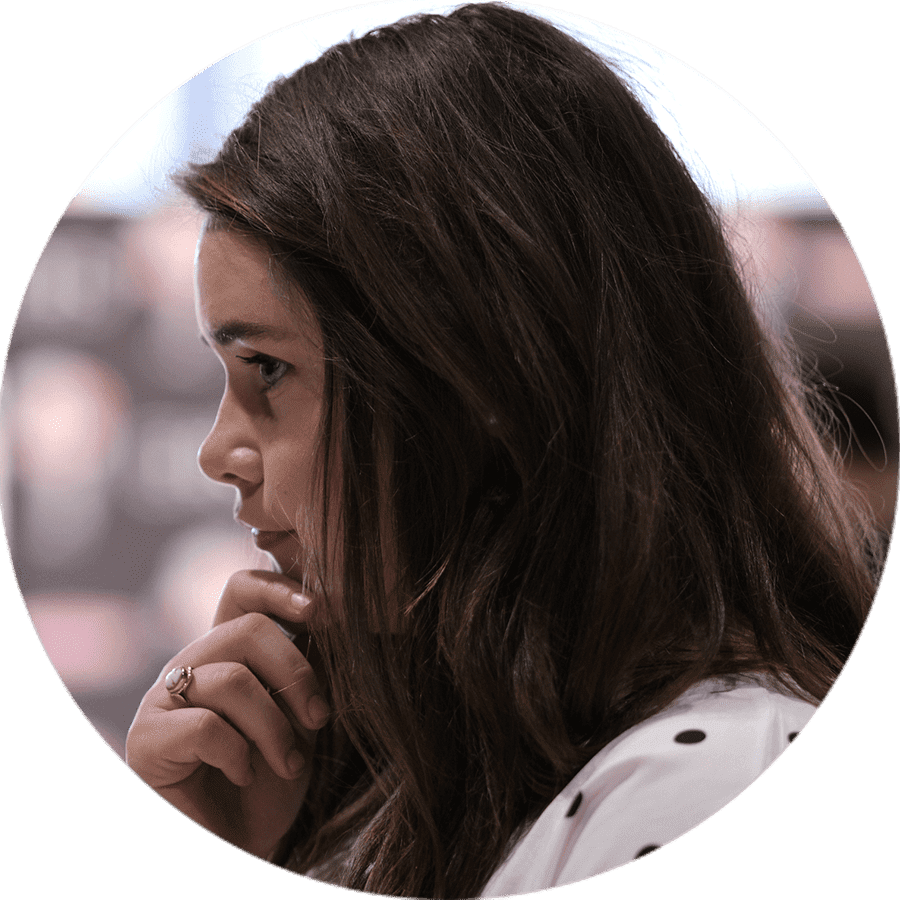
Iowa BIG graduate Jemar Lee describes his personal journey from disengaged middle school student to thriving high schooler and national advocate for reimagining education.
Read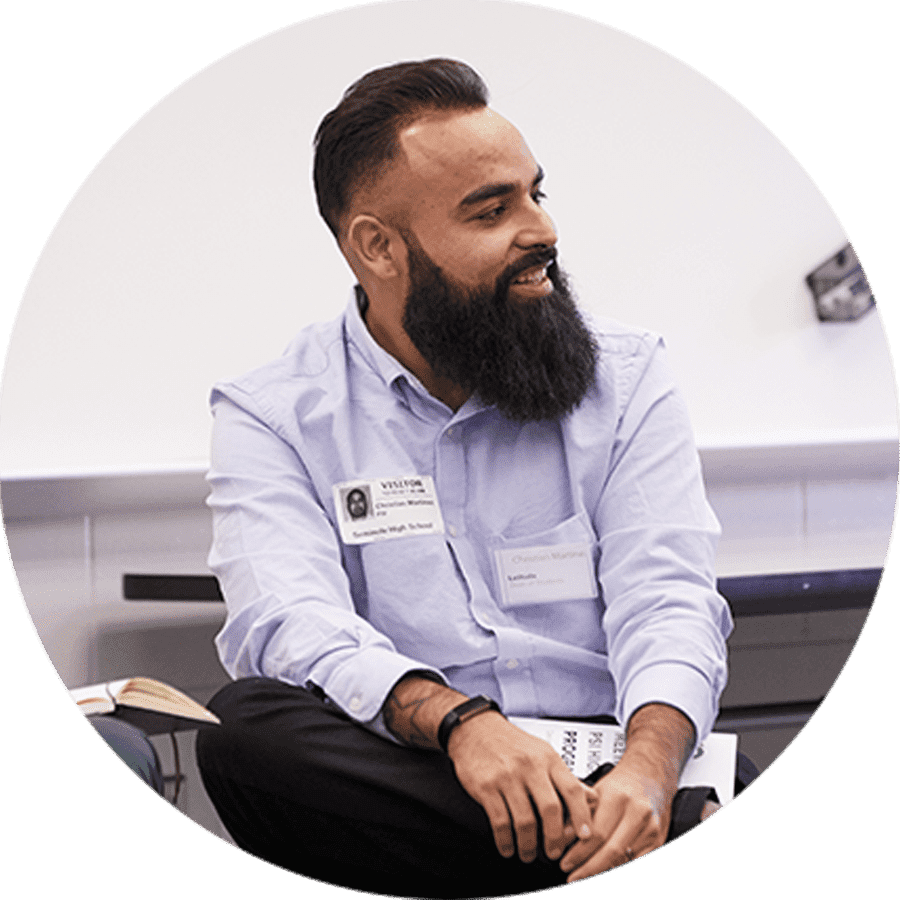
Want to encourage student voice but aren’t sure how? This article gives examples of how education leaders around the country are doing it.
Read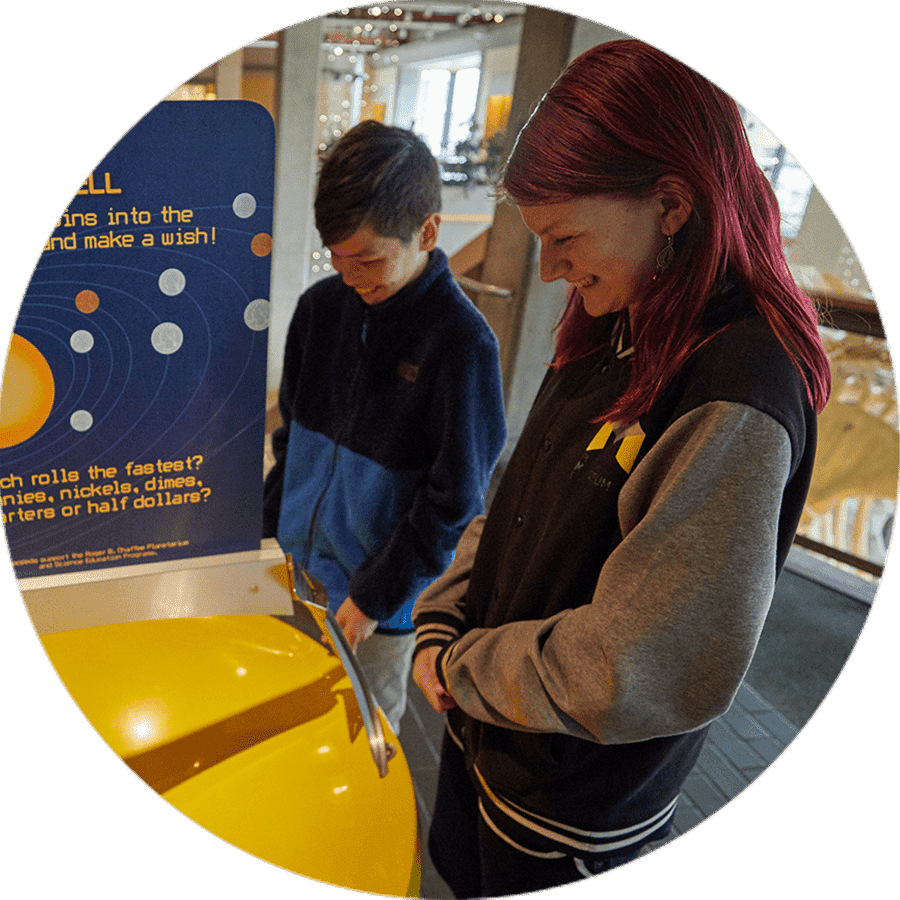
Wondering how to design with and for students? Check out this easy-to-use Field Guide to Human-Centered Design, created by the design firm IDEO.
Explore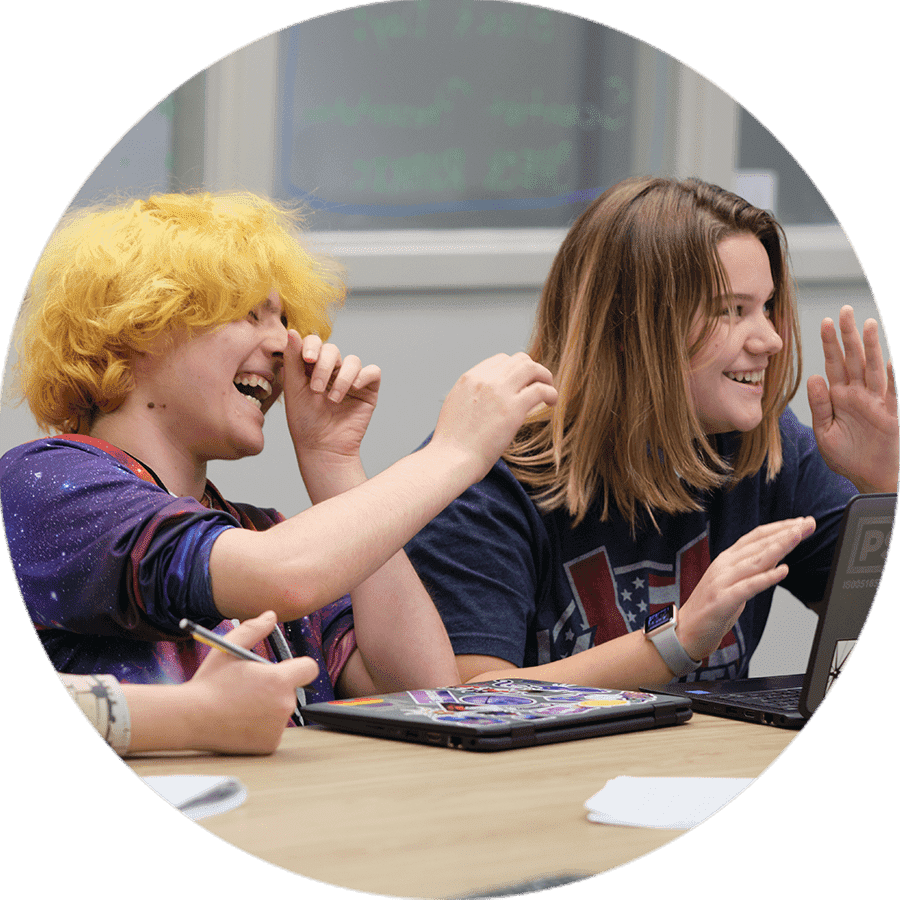
This toolkit from the Great Lakes Center helps educators gauge how well they are considering equity while they work to raise student voice.
Explore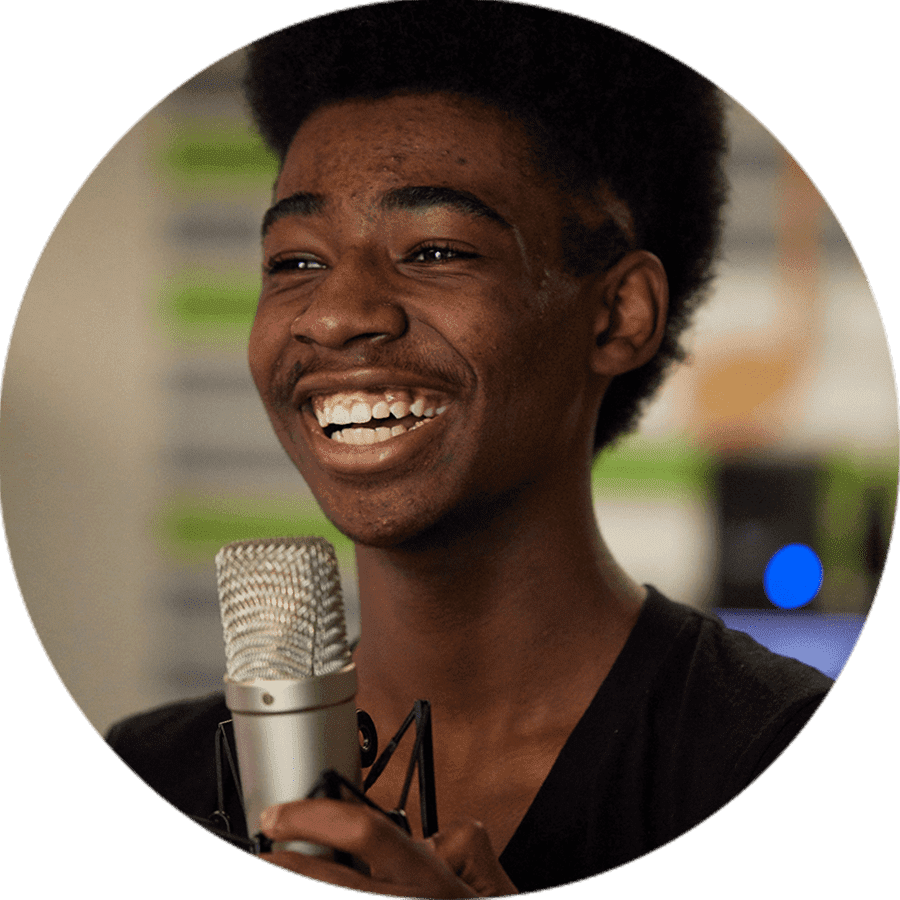
What would young people put on the radio if they ran the station? Listen live to the official Youth Radio App, and read more about this national media model.
Explore
The Mural Arts Program in Philadelphia connects young people to professional artists and public art projects, from independent, small scale pieces to large-scale collaboration.
Read
Check out the student opinion blog on the New York Times’ Learning Network, where students are invited to give their opinions on current news.
Explore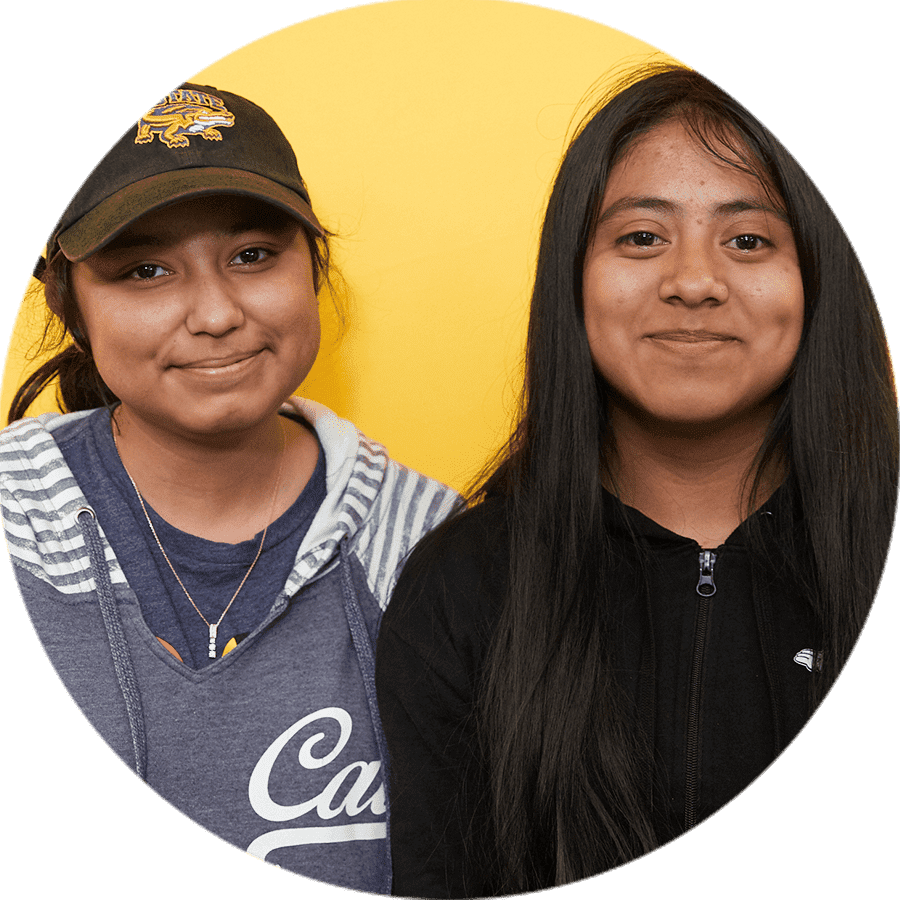
A collection of poems, essays, photography, and video representing the voices of Latinx youth.
ExploreDive Deep
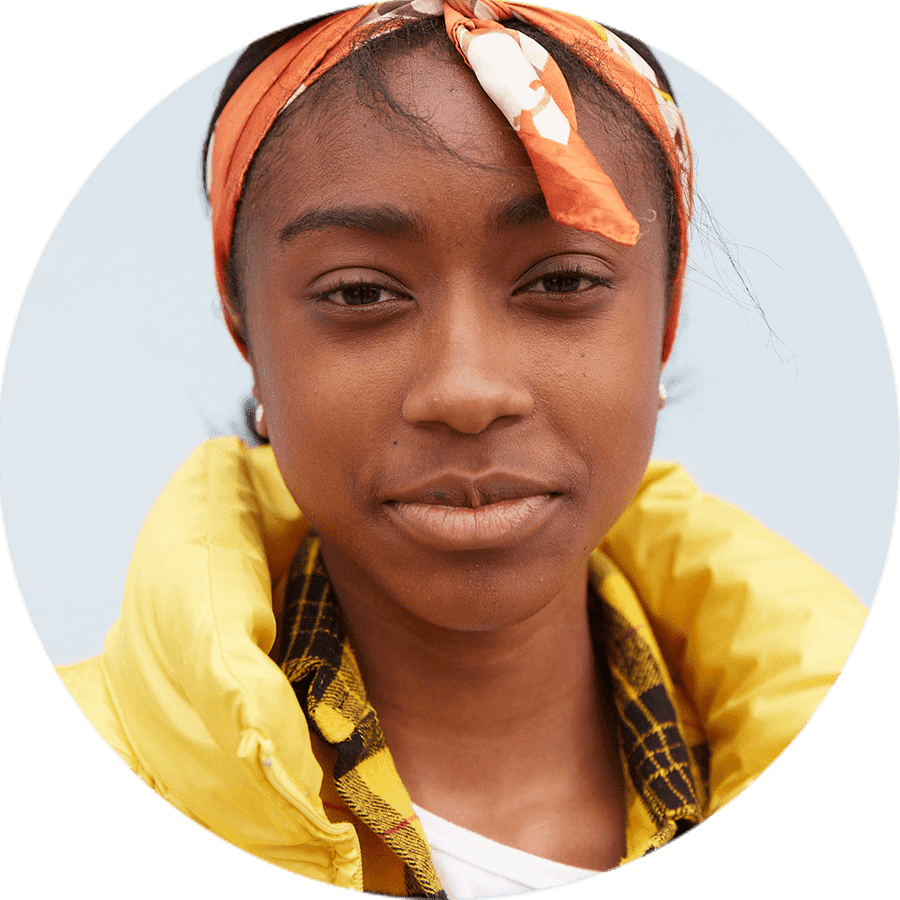
We can learn from young people in a range of ways. UNICEF shares a visual describing the eight levels of youth participation, from nonparticipation to child-initiated decision-making.
Explore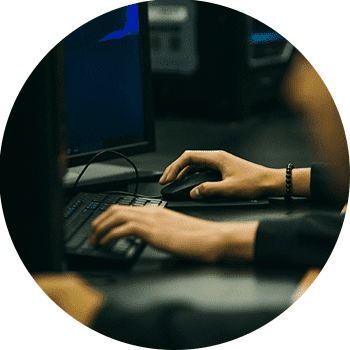
The Future Project asked NYC high school students how they'd change high school. Here's what they said.
Watch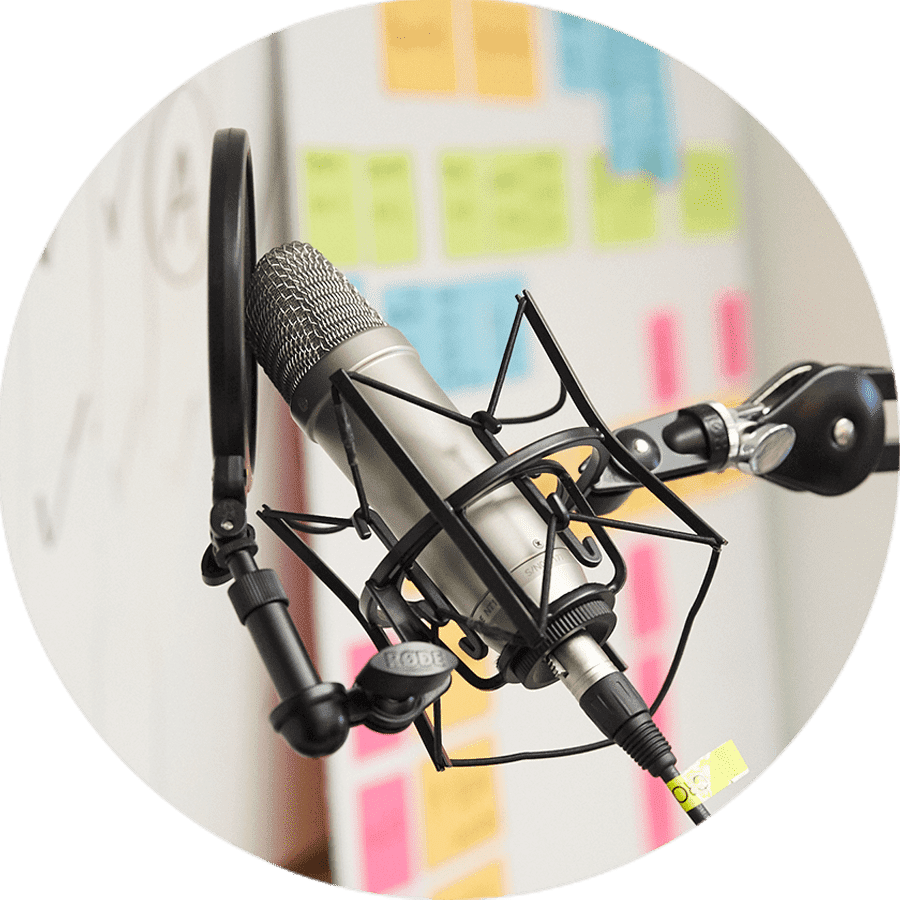
This campaign led by Student Voice—a national, student-led nonprofit—amplifies the voices of students in school reopening plans and beyond.
Explore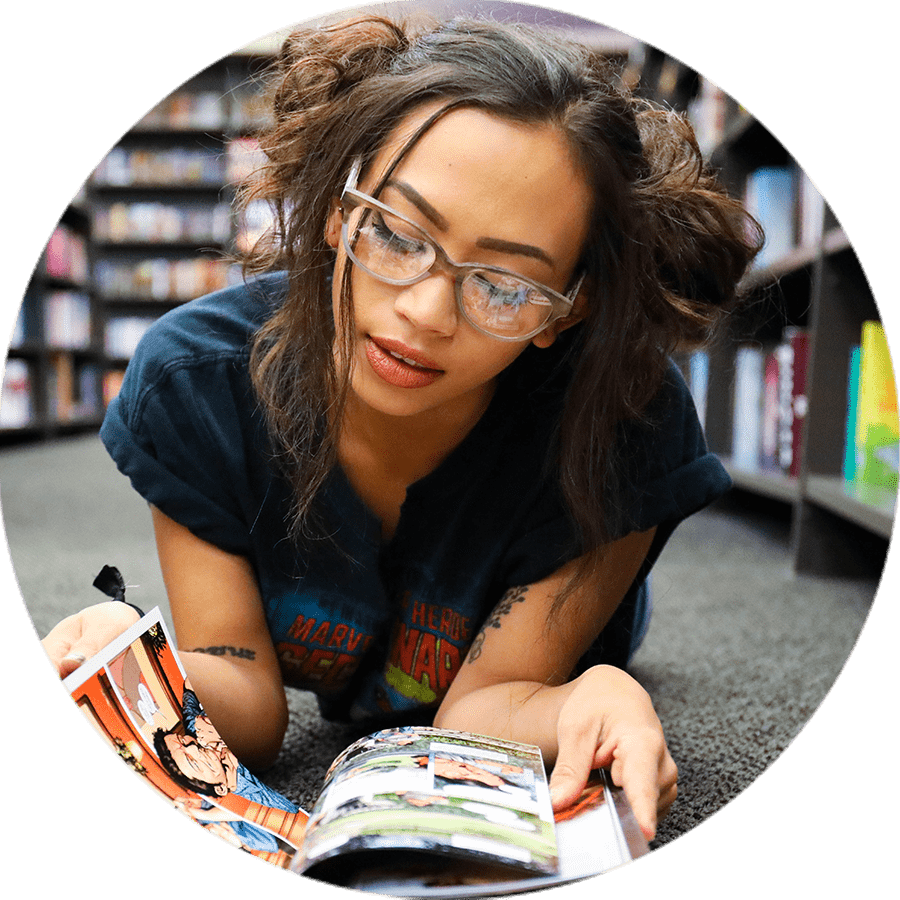
XQ created this tool to help students and educators work together to put student experience at the forefront of school reopening plans.
Explore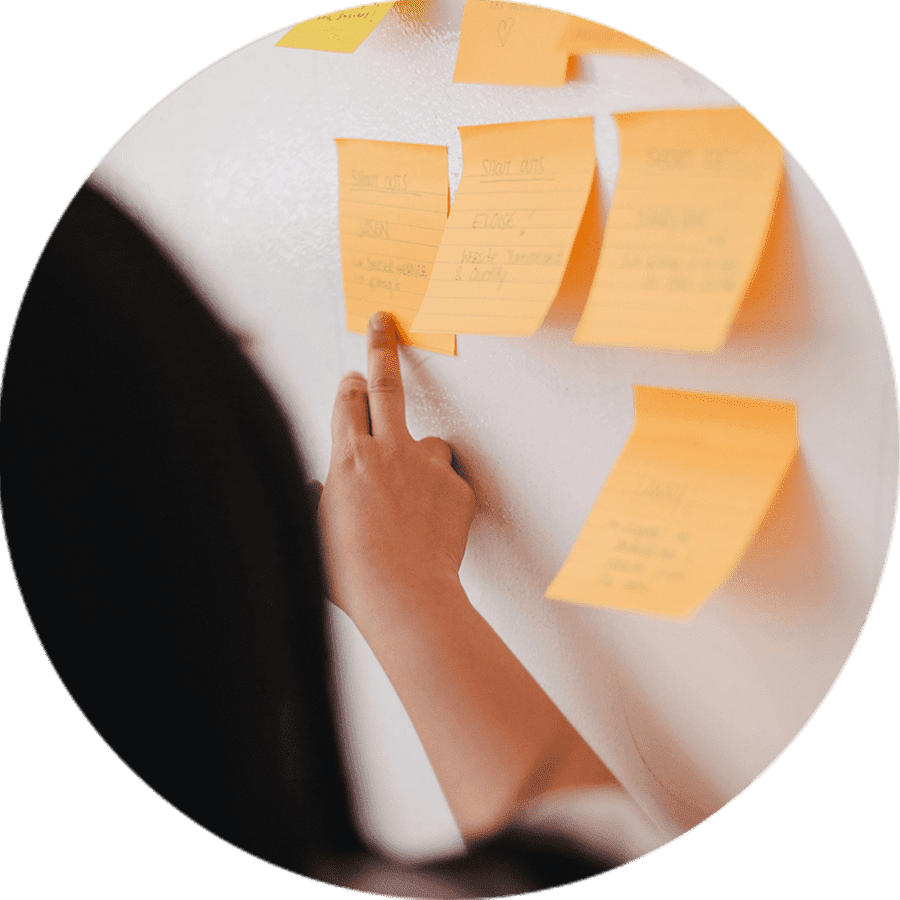
Find out what more than 100 high school students in nine U.S. cities shared during a series of candid roundtable discussions hosted by XQ in 2019.
Read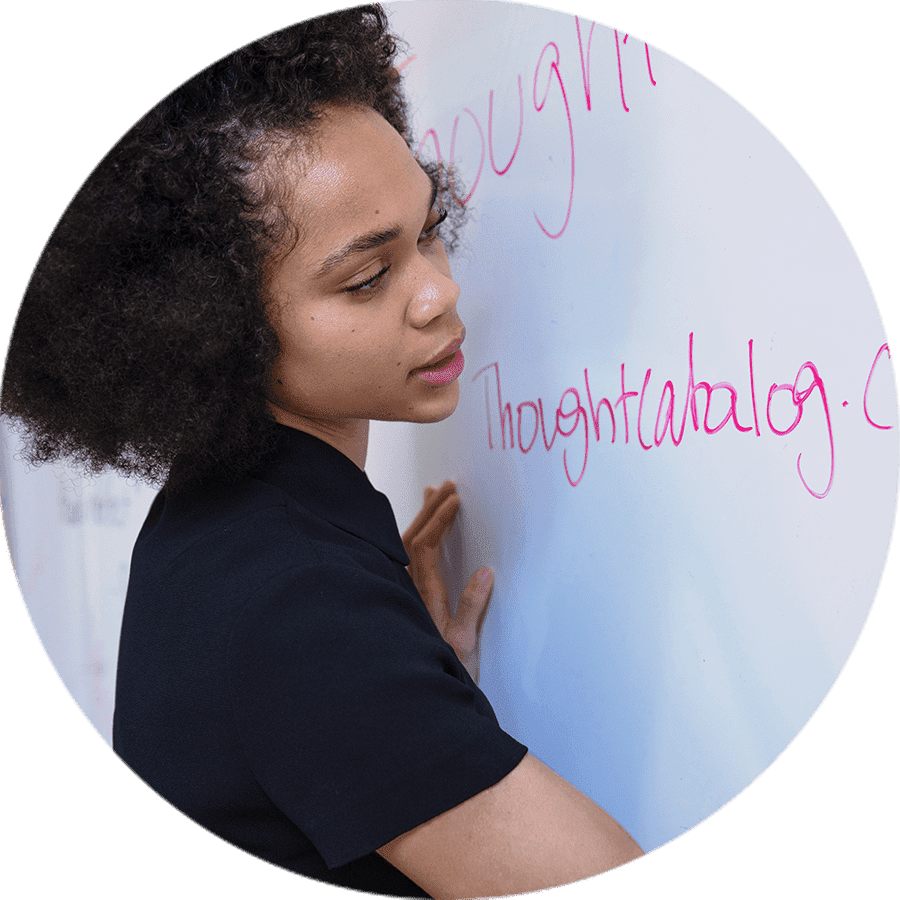
How engaging and worthwhile do students find their daily schoowork? TNTP offers a short anonymous survey and scoring guide you can use to find out, based on its own research for 2018's “The Opportunity Myth.”
Explore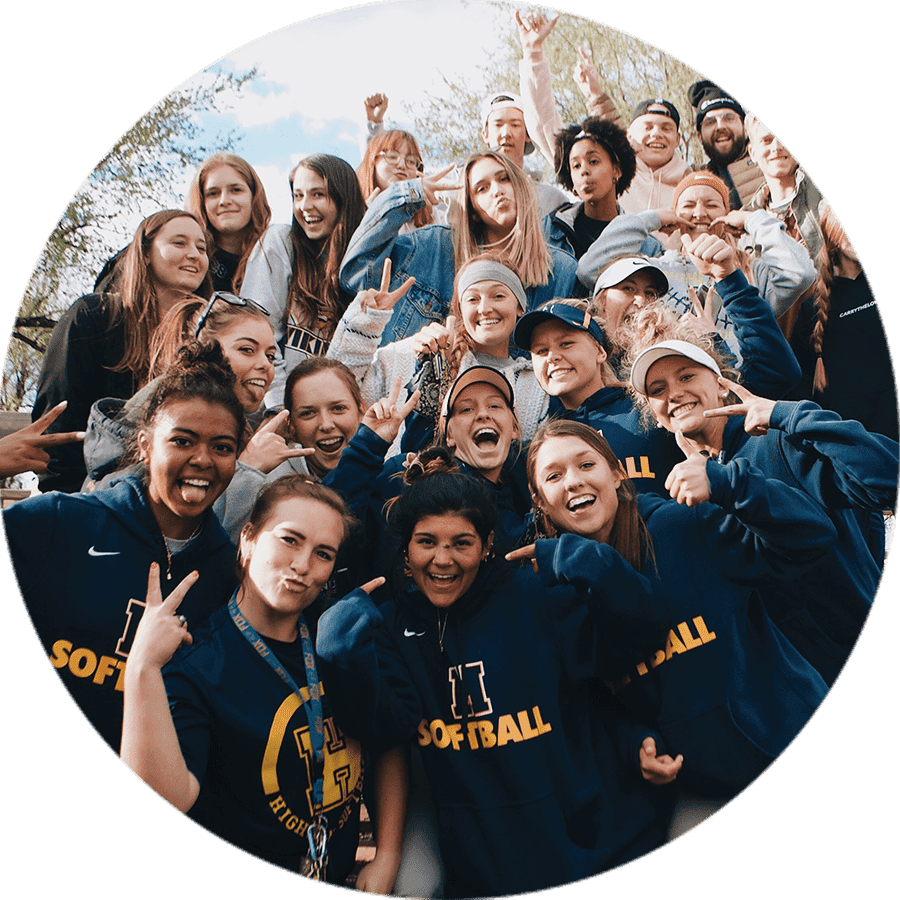
YouthTruth uses student surveys to capture youth perspectives on education. Visit its website for national survey findings and tips.
Explore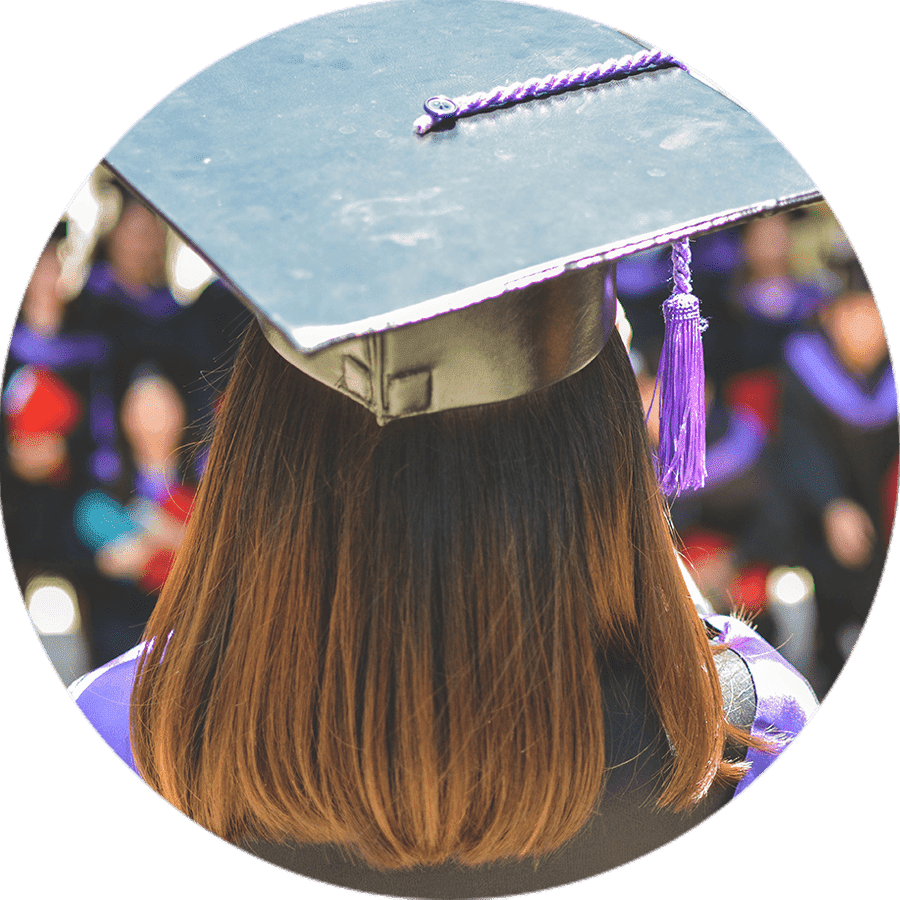
Each year, Gallup polls hundreds of thousands of students across the US about their hopes, well-being, and engagement. Find out what they said in 2016 here.
Read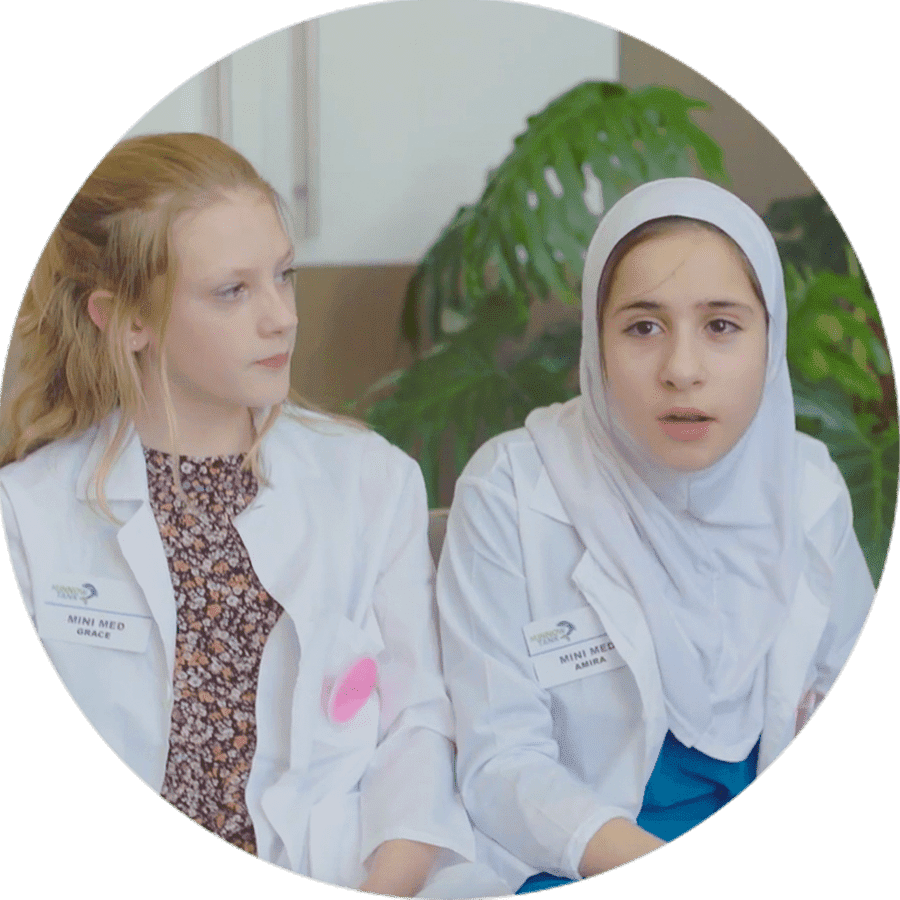
Girls pitch ideas to a panel of amazing women through a project created by high school students at Iowa BIG.
Watch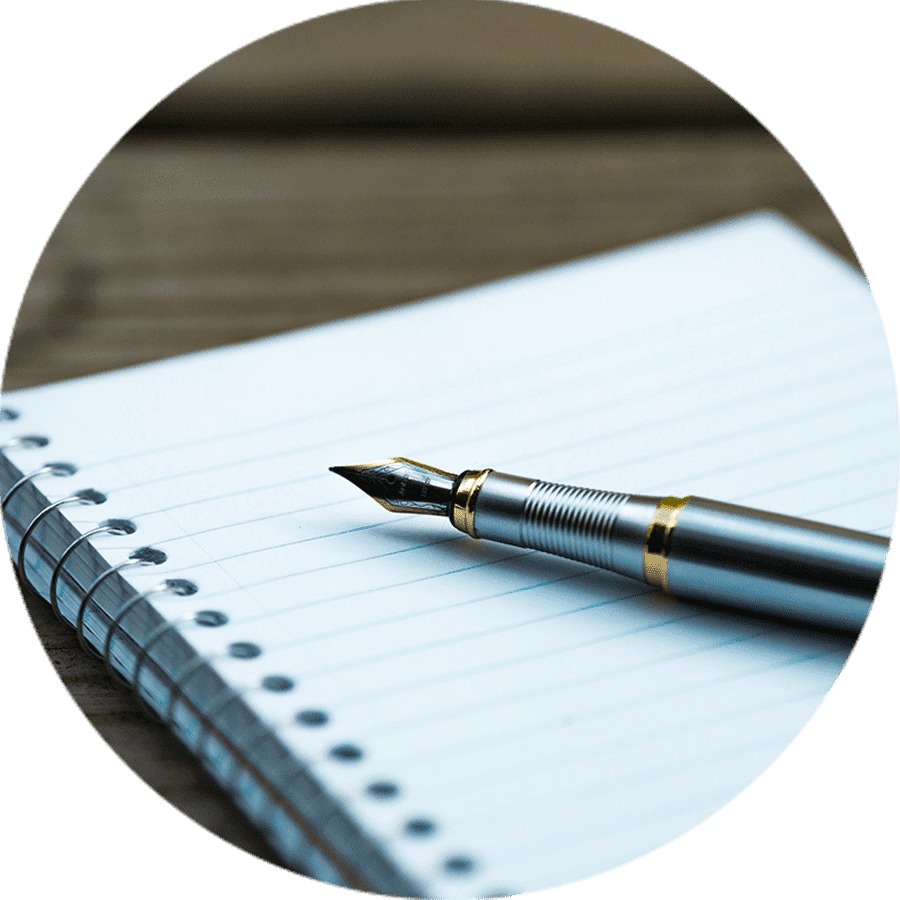
Discover how a school design team in Massachusetts put learners at the forefront of reimagining high school.
Read
Elizabethton High student McKenna Kiser describes how the Bartleby Program transformed her view of education.
Read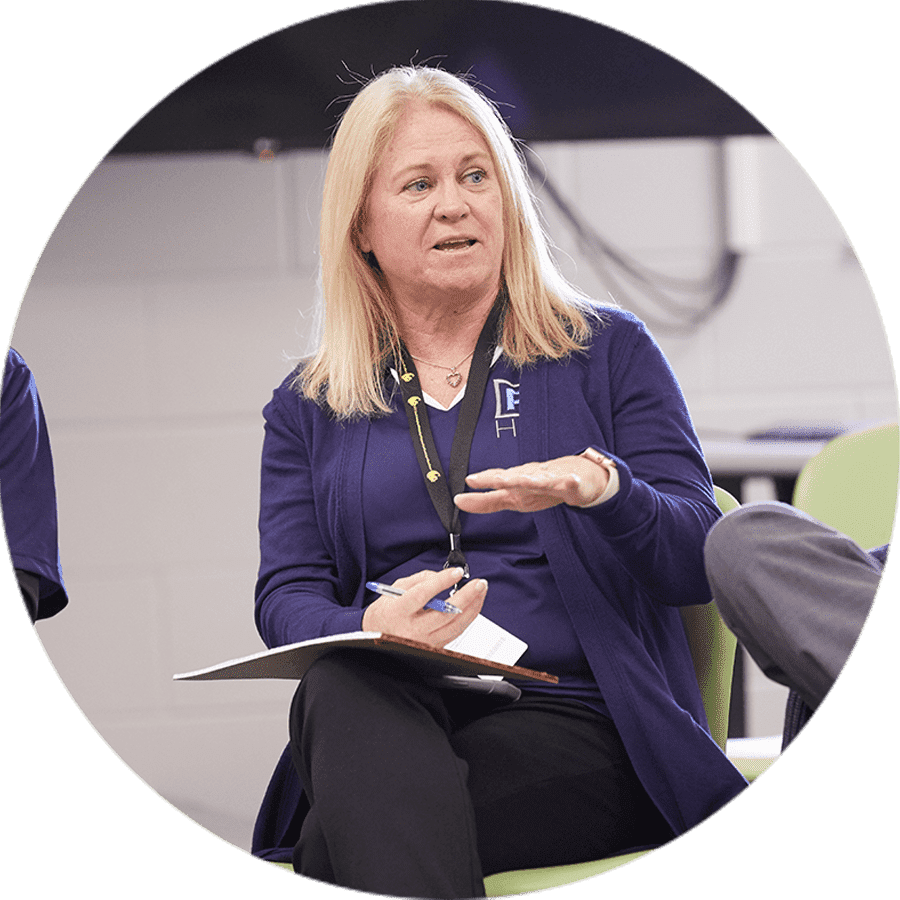
A PSI High educator describes how the school is living up to its guiding principle that “PSI High belongs to students.”
ReadThe Science of Adolescent Learning
How do teenagers learn and grow?
Videos
How can high schools help students develop a growth mindset? Experts Michele Cahill, Geoffrey Canada, and Monica Martinez reflect on that question.
View all videosStanford professor Jo Boaler explains why struggle is a good thing, an essential part of math learning.
View all videosMore Resources On This Topic
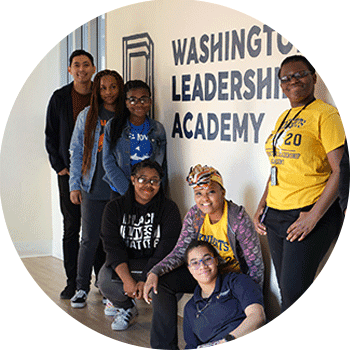
How can our new understanding of adolescent development turn missed opportunities into a foundation for learning? This 2019 report from the National Academy of Sciences offers answers.
Read
The Alliance for Excellent Education offers an extensive library of resources on the science of adolescent learning, from podcasts and webinars to reports and infographics.
Explore
How the brain works, how we learn, and why we sometimes make stupid mistakes, from Veritasium.
Watch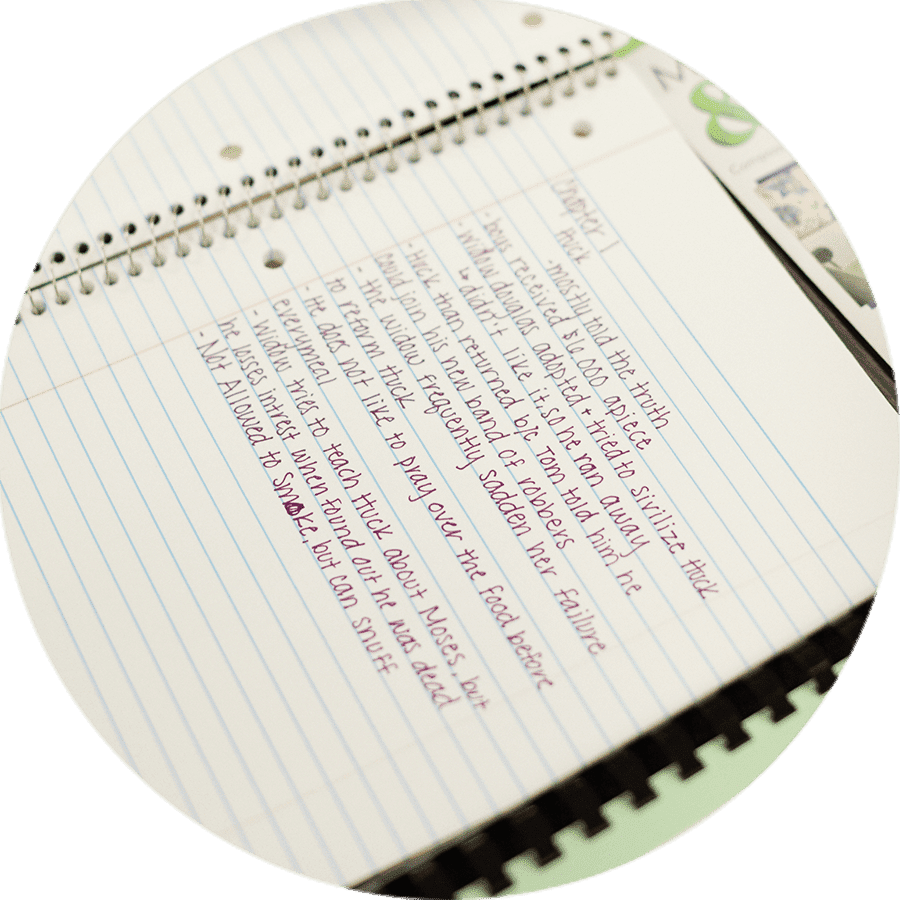
Time magazine delves into the latest research on adolescent brain development, including studies that show IQ can change dramatically during the teenage years.
Read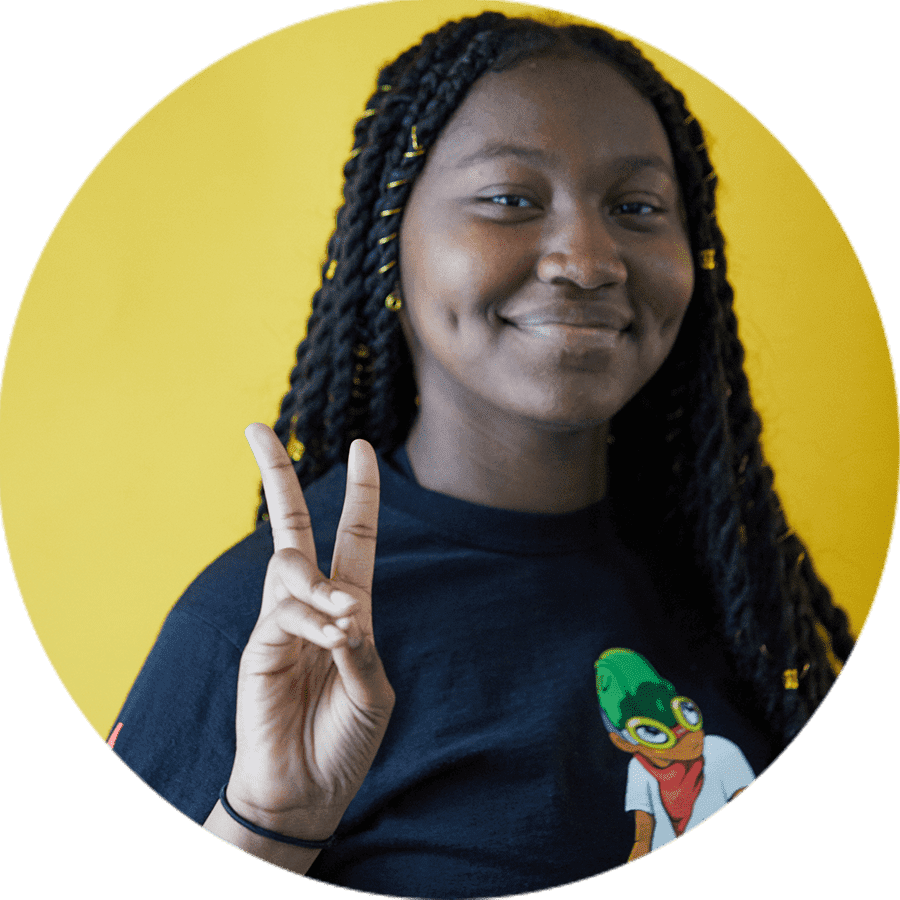
How can educators help students develop a growth mindset? Carol Dweck explains what works best and how to avoid common mistakes.
Read
How do we design for cognition and motivation? Transcend’s Jenn Charlot and Bror Saxberg explain why educators should never ignore learning science.
Read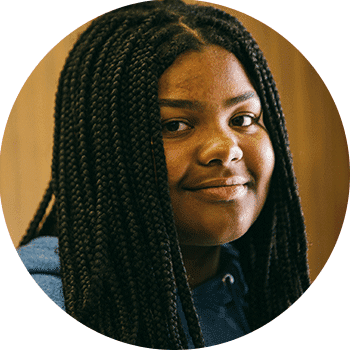
Neuroscientist Sarah-Jane Blakemore gives a deep-dive presentation based on her 2018 book, "Inventing Ourselves: The Secret Life of the Teenage Brain."
Watch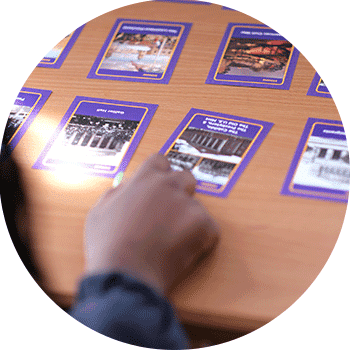
Unexpected insights from brain science can help us rise above negative stereotypes about young people.
ReadDive Deep
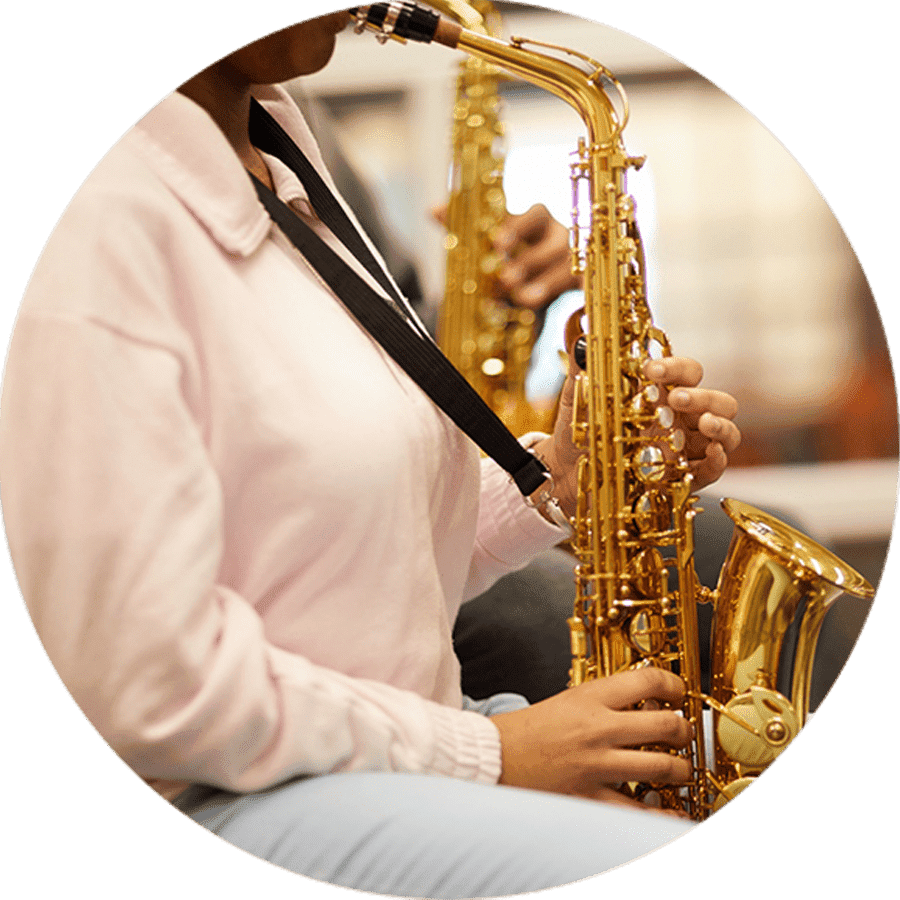
Let’s design schools with the science of youth development in mind. This report from Springpoint Schools summarizes key research.
Read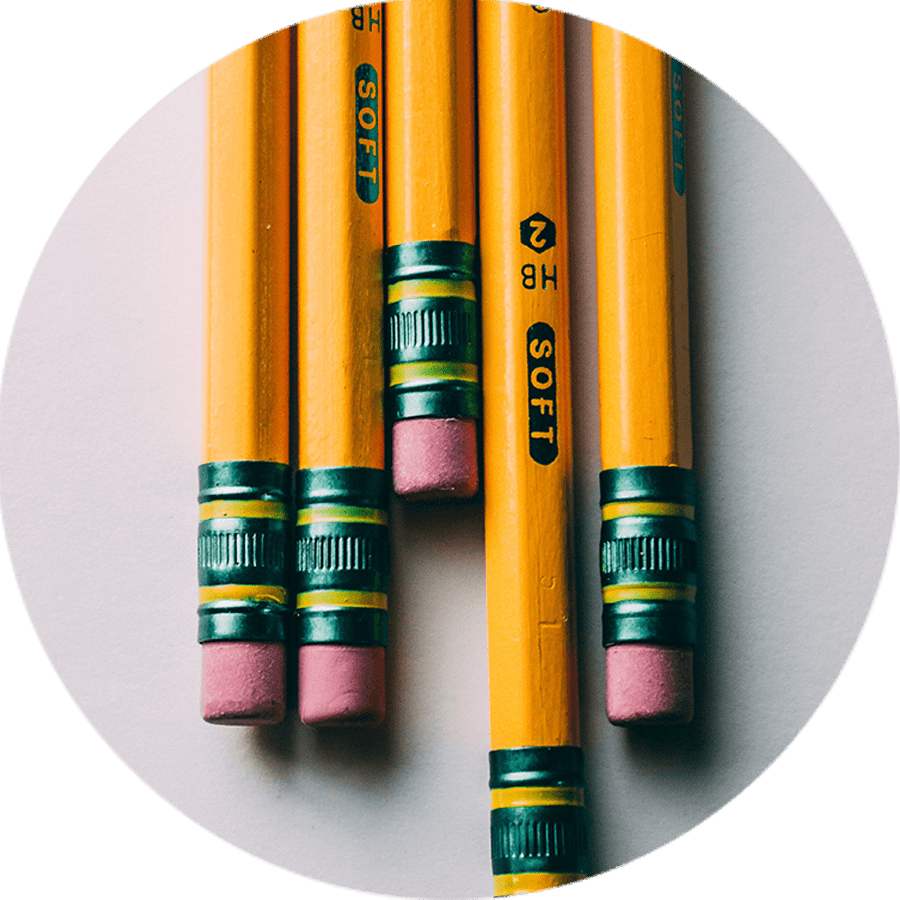
Listen to WBUR’s interview with Laurence Steinberg about the new science of adolescence and read an excerpt from his book, "The Age of Opportunity."
Listen and Read
To understand and visualize the stages of brain development, including early and late adolescence, check out this report from Aspen Institute.
Explore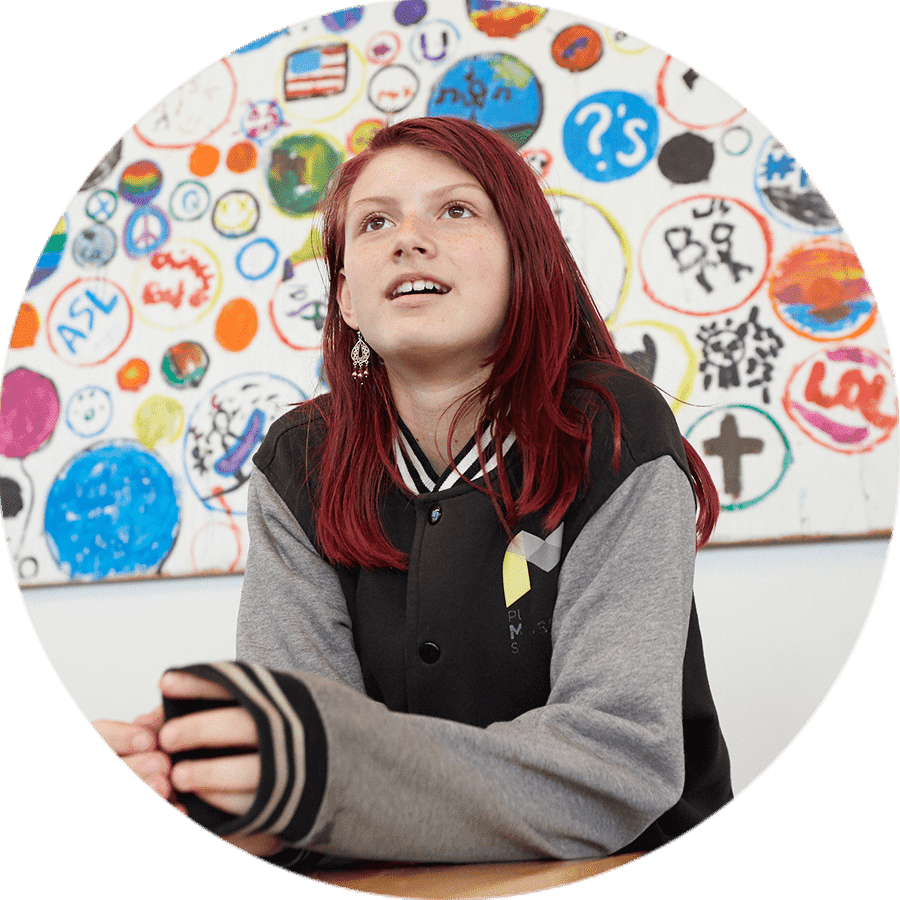
Sarah-Jayne Blakemore, of University College London, explains why scientists are finally able to work toward a clear picture of how adolescent brains develop.
Watch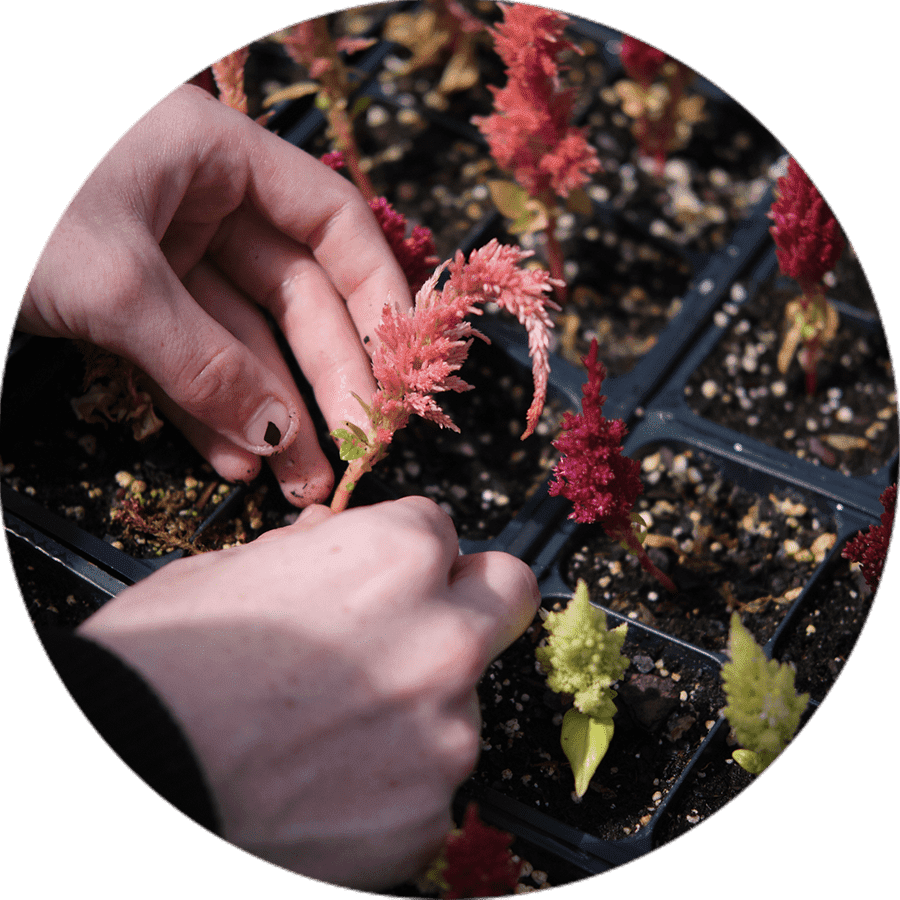
Have you heard of the power of “yet”? In an engaging introduction to the concept of growth mindset, Carol S. Dweck shares ways to grow the brain’s capacity to solve tough problems.
Watch
In a thoughtful article in the Atlantic, Paul Tough explains how schools can help students growing up in difficult circumstances overcome the effects of adversity.
Read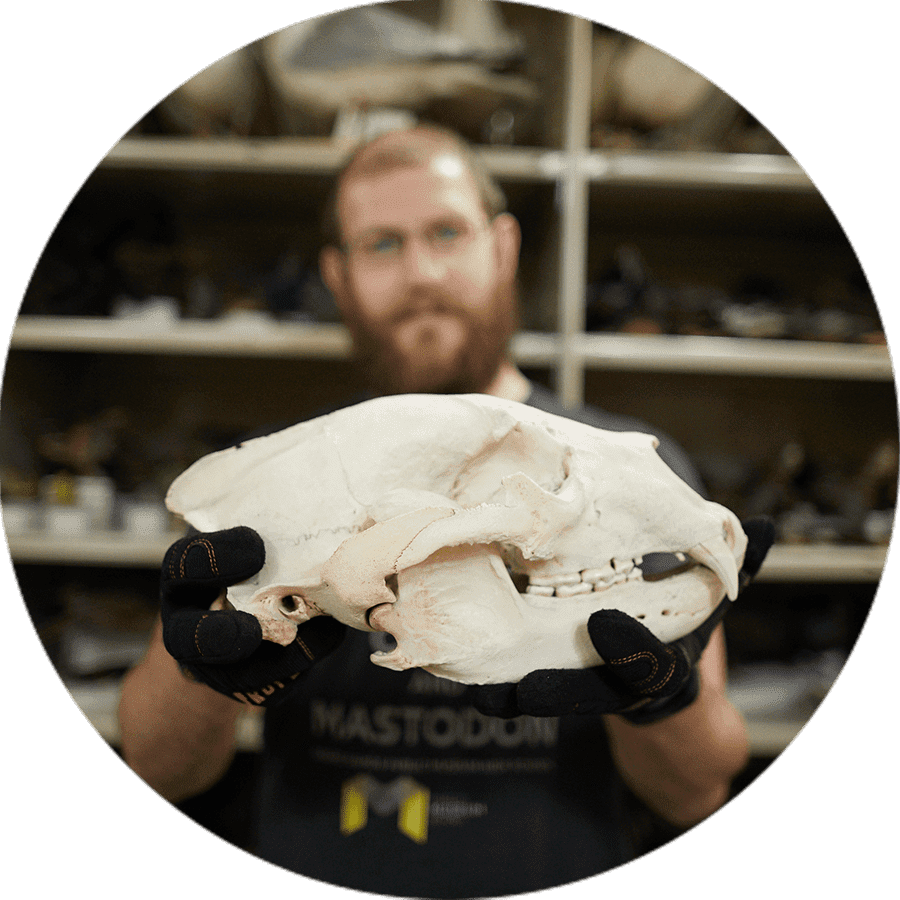
Thought leaders Michele Cahill and Karen J. Pittman discuss how strong schools can empower students to discover their identities and take charge of their own learning.
Read More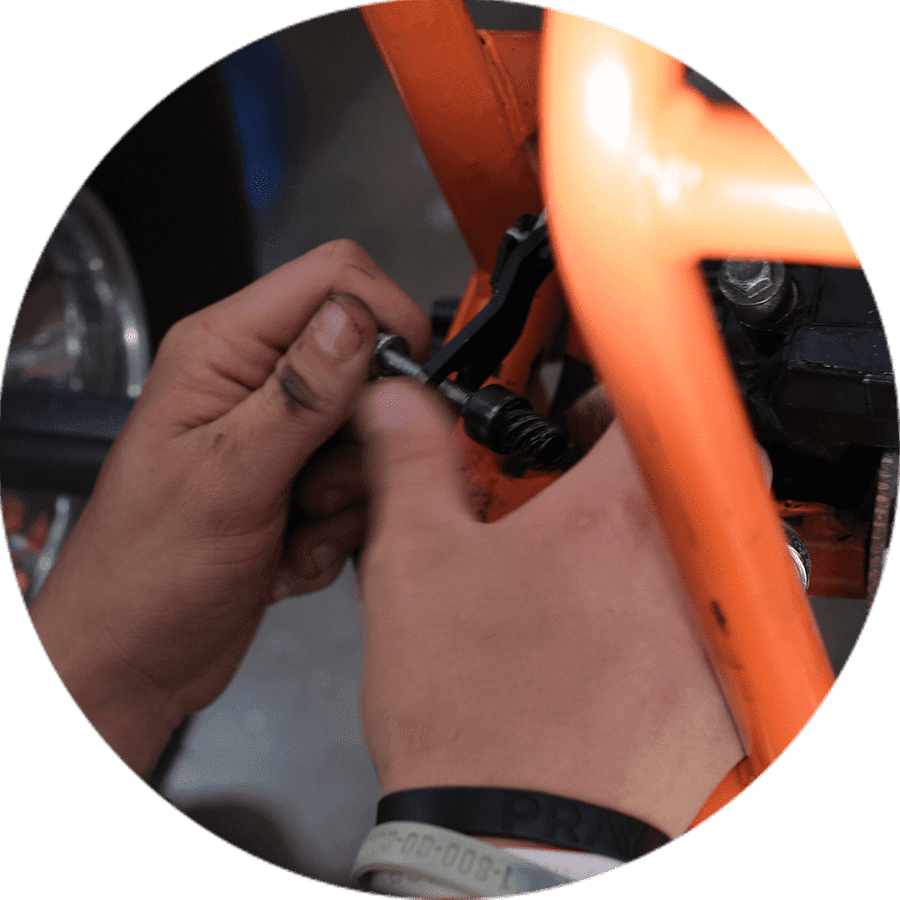
This toolkit from Stanford University helps adults understand mindsets that support student learning and ways to foster them in youth.
Read More
The Nellie Mae Education Foundation explains what mastery learning is, how it works in 11 schools, and how you can incorporate it into your school design.
Read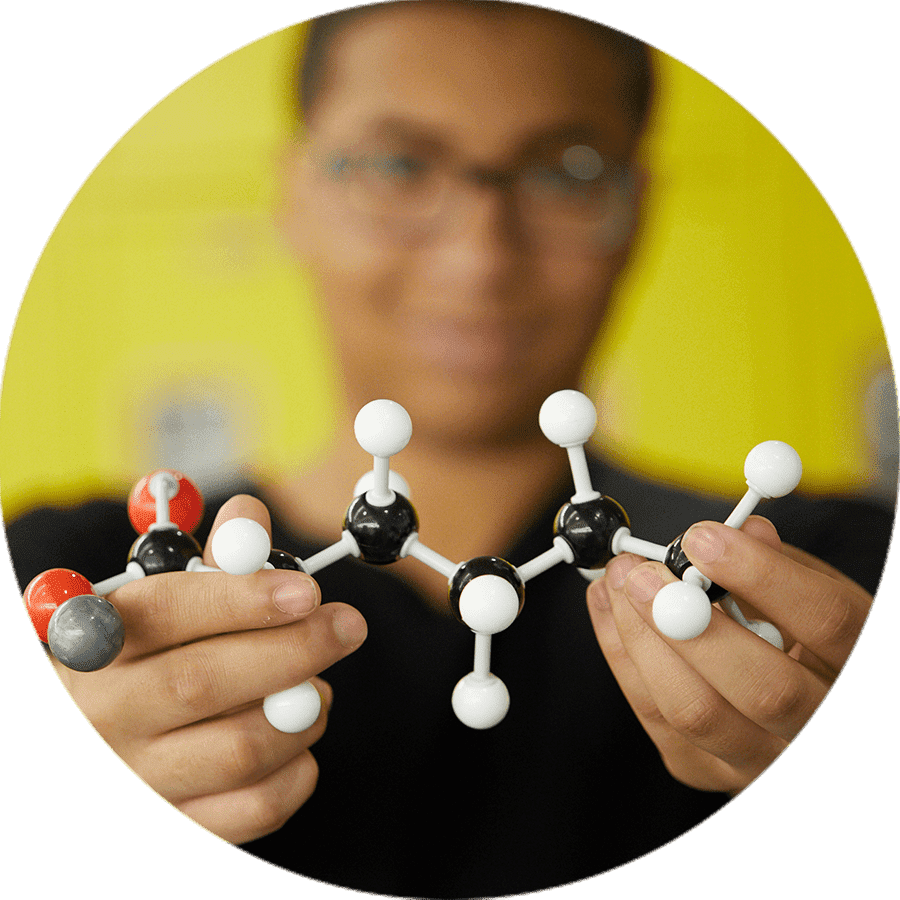
In this 2018 update to its classic report, the National Academy of Sciences considers the latest research on how learning environments and social relationships shape learning.
Read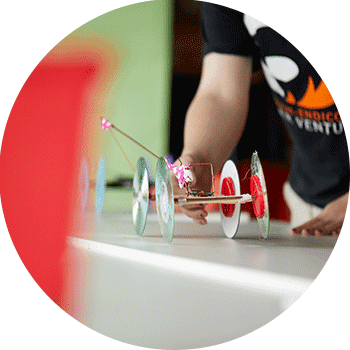
This concise guide summarizes what we know about student learning from the field of cognitive science, offering practical insights for teaching.
Read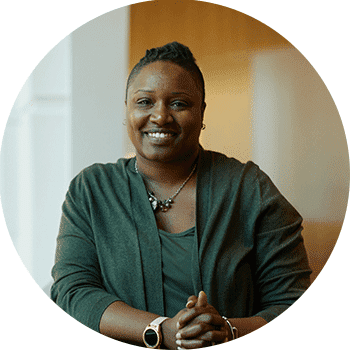
Would you build a house on an unfinished foundation? In a provocative TED Talk, Sal Khan argues that we should help students master concepts at their own pace rather than ignoring gaps in their learning.
WatchCapstone Activity
Downloadable Materials
School Mission and Culture
Why does every school need a clear, well-articulated mission?
Videos
More Resources On This Topic
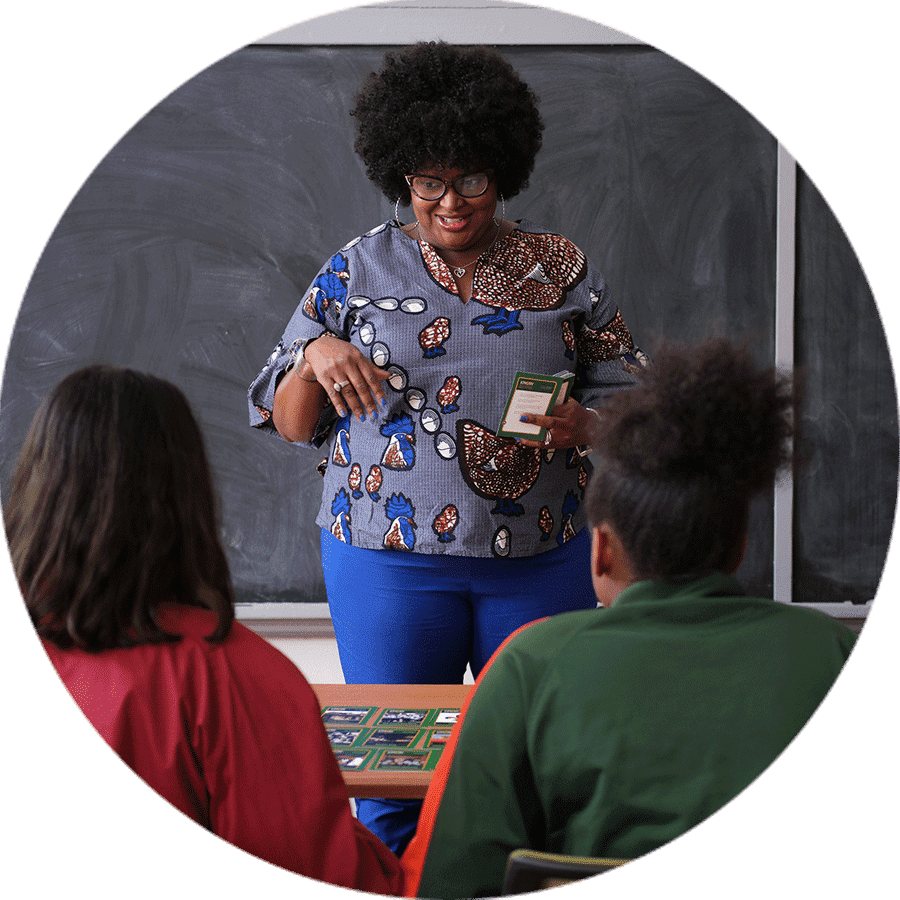
Trinity Academy for the Performing Arts in Providence, RI, is grounding its redesign process in a singular vision: high love and high rigor.
Read More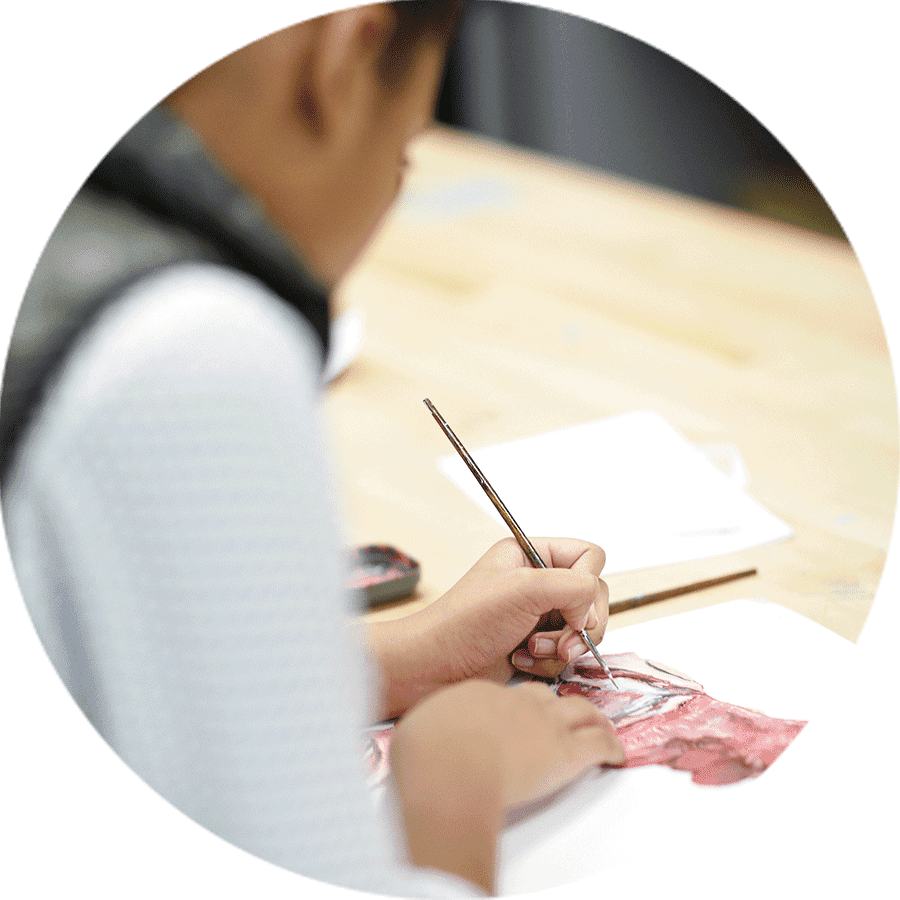
The 10 design principles of Expeditionary Learning schools include self-discovery, diversity and inclusion, and empathy.
Read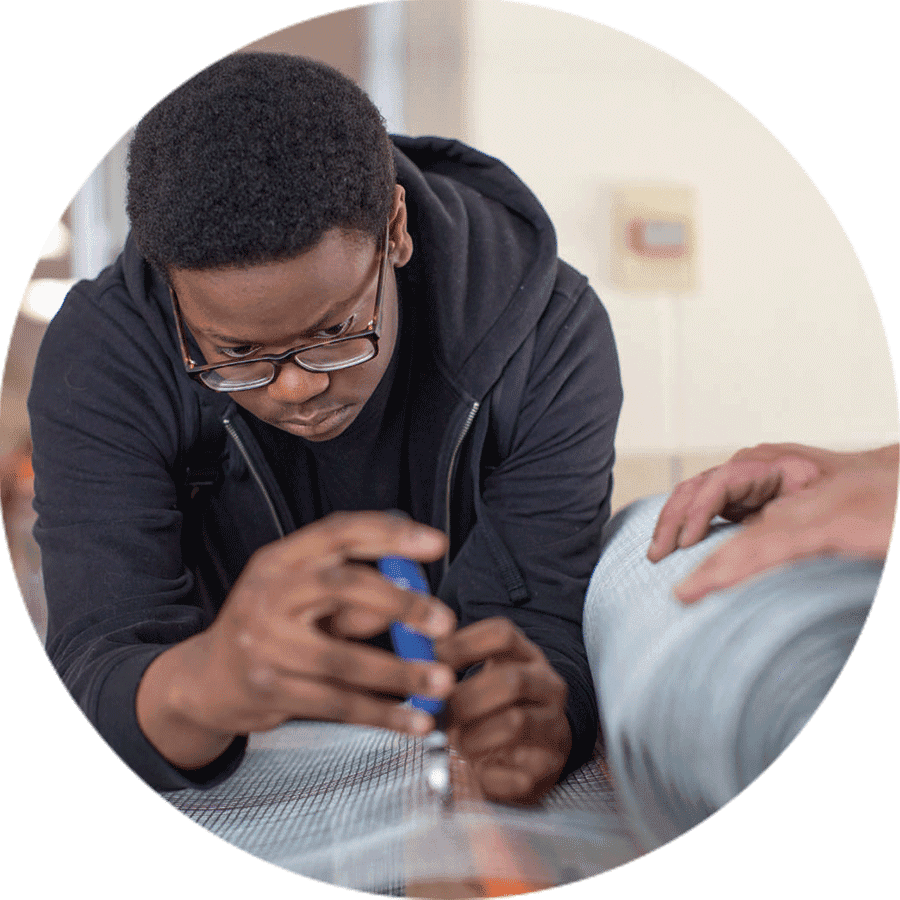
Every aspect of this student-founded, student-led high school in Boise, Idaho, supports its mission: “Making Students Better Leaders and the World a Better Place.”
Read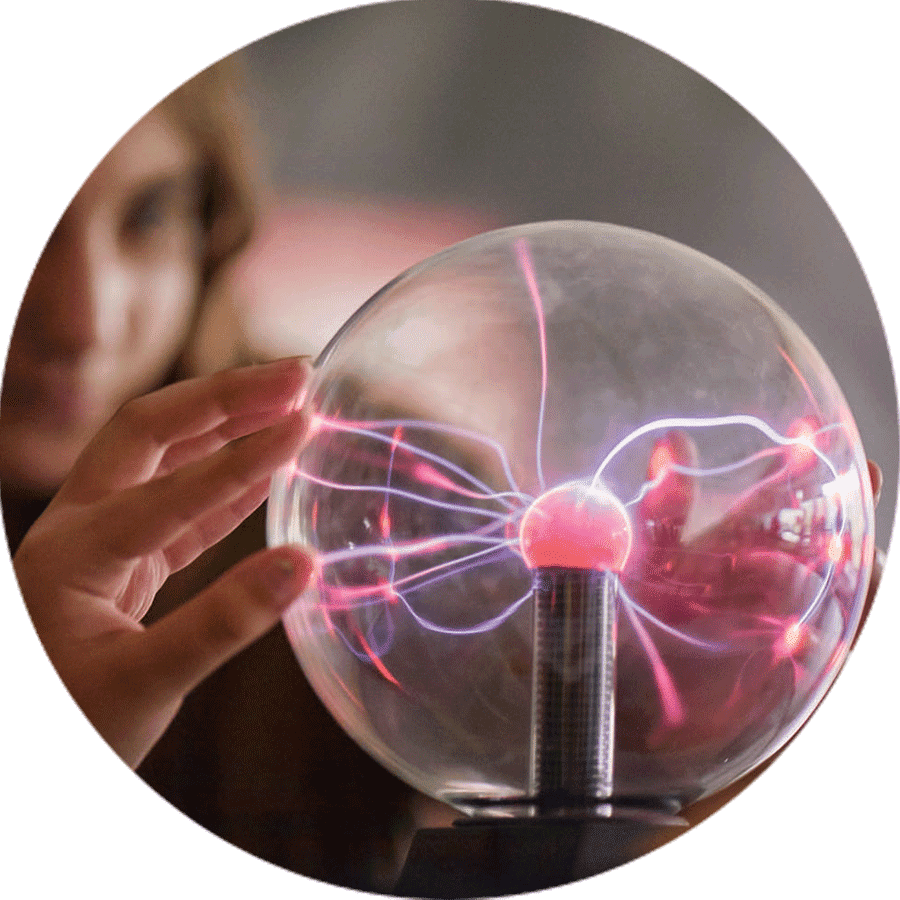
Education Elements offers tips for creating a vision statement for your school or district.
Read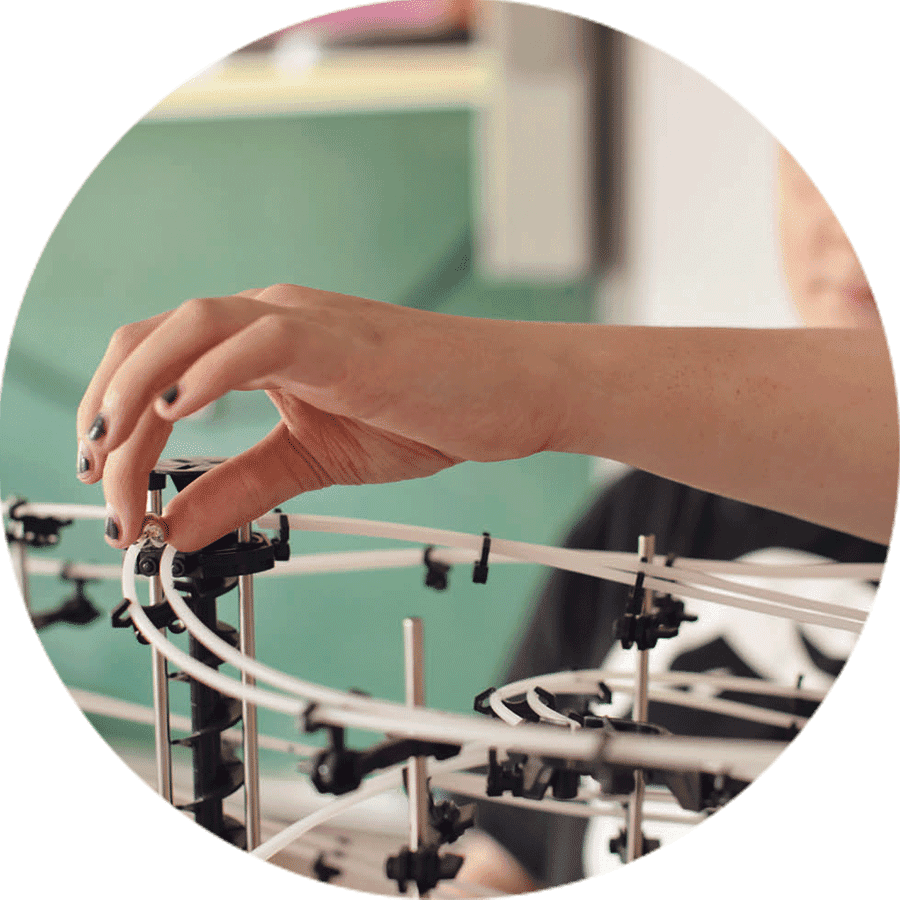
This video from the Barr Foundation features students who got back on track to graduating in high schools that welcomed and supported non-traditional learners.
Watch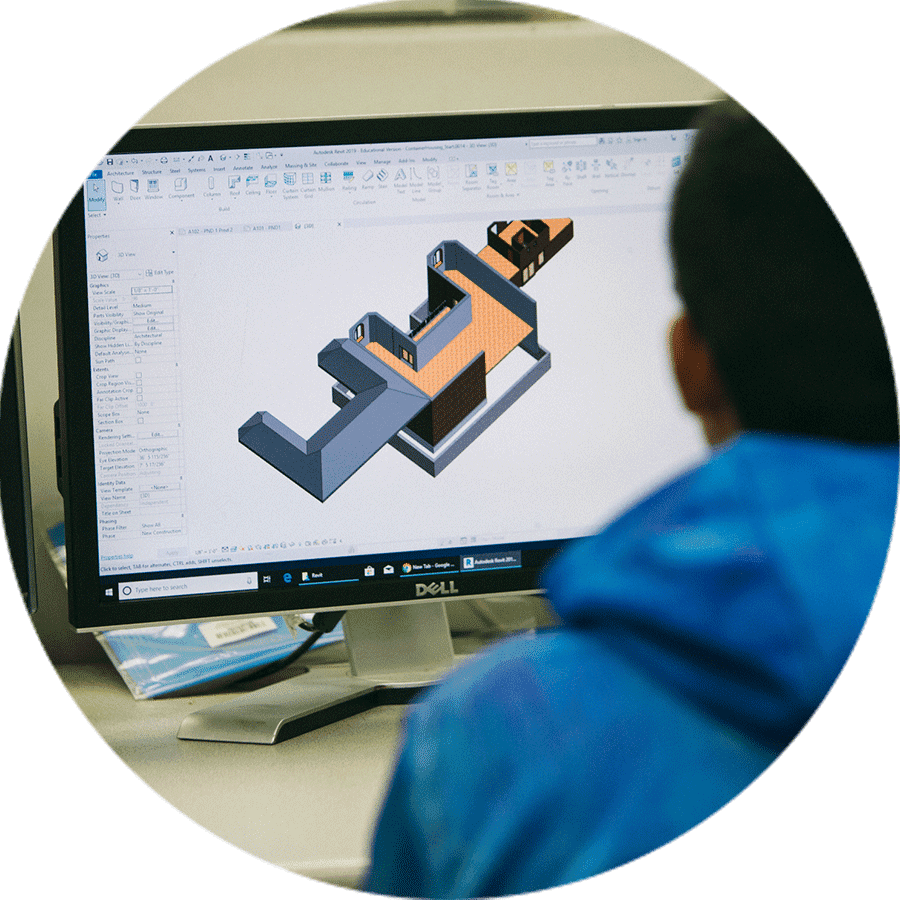
Every High Tech High is based on four design principles that appear in different ways across each school’s approach: personalization, adult world connection, common intellectual mission, and teacher as designer.
Read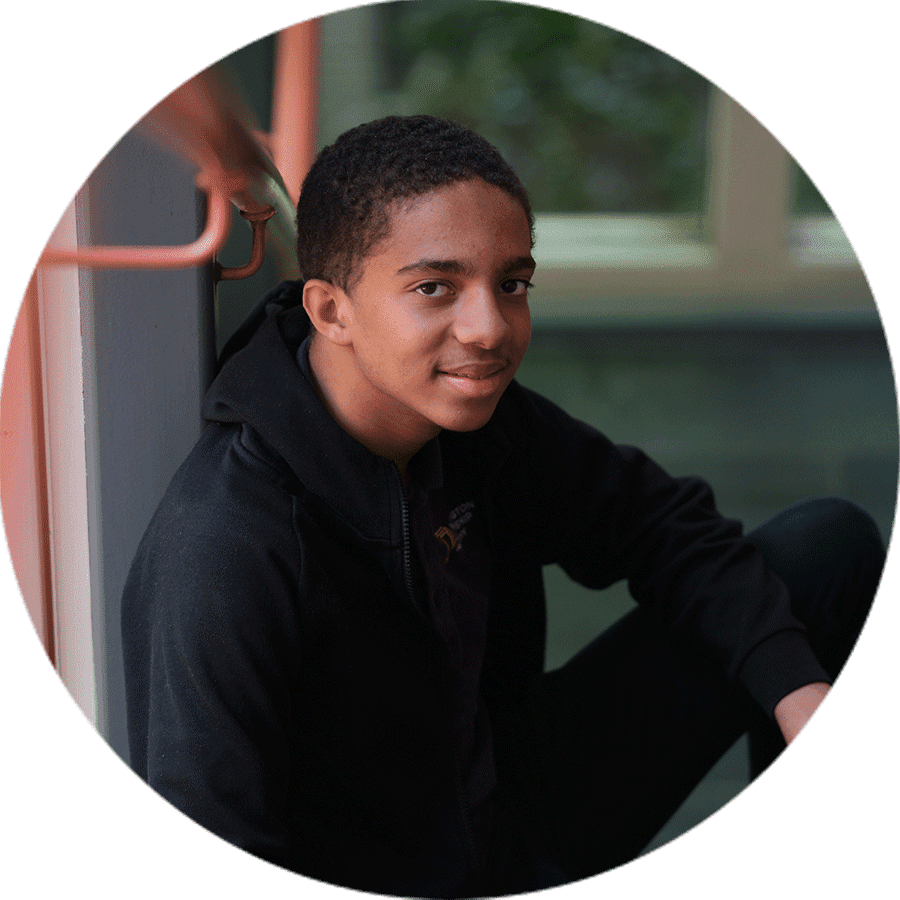
Find out how Oakland Unified School District is using its new Graduate Profile to create a coherent vision for success.
Read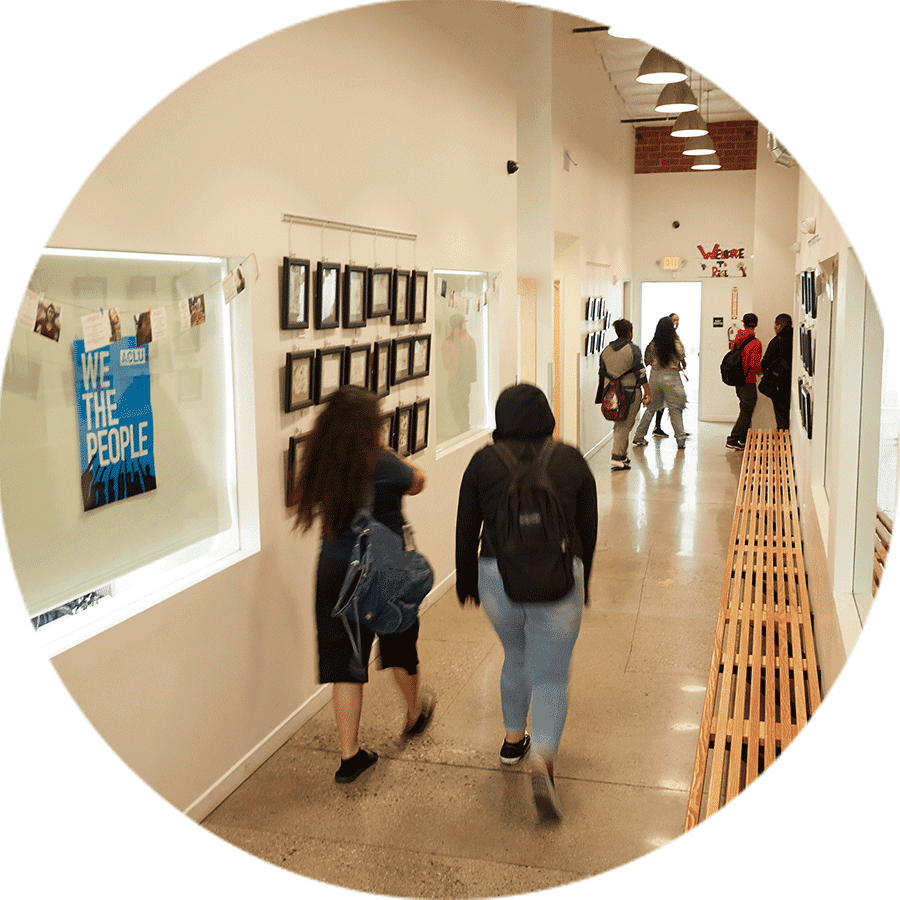
Check out the mission and model of Da Vinci RISE, a unique high school that meets disconnected students where they are—geographically, academically, socially, and emotionally.
ReadDive Deep
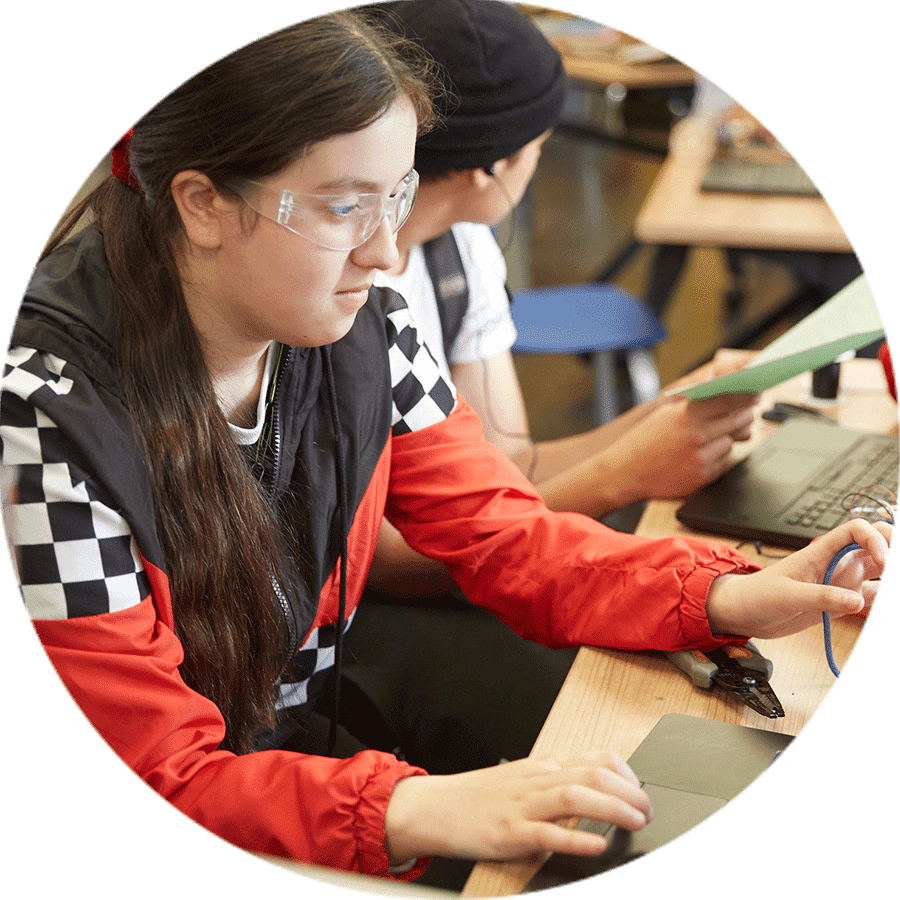
How can schools use a “profile of a graduate” to guide mission and design? This Starter Kit from MIT’s Teaching Systems Lab, based on a free online course, features examples, exercises, and videos to get you started.
Explore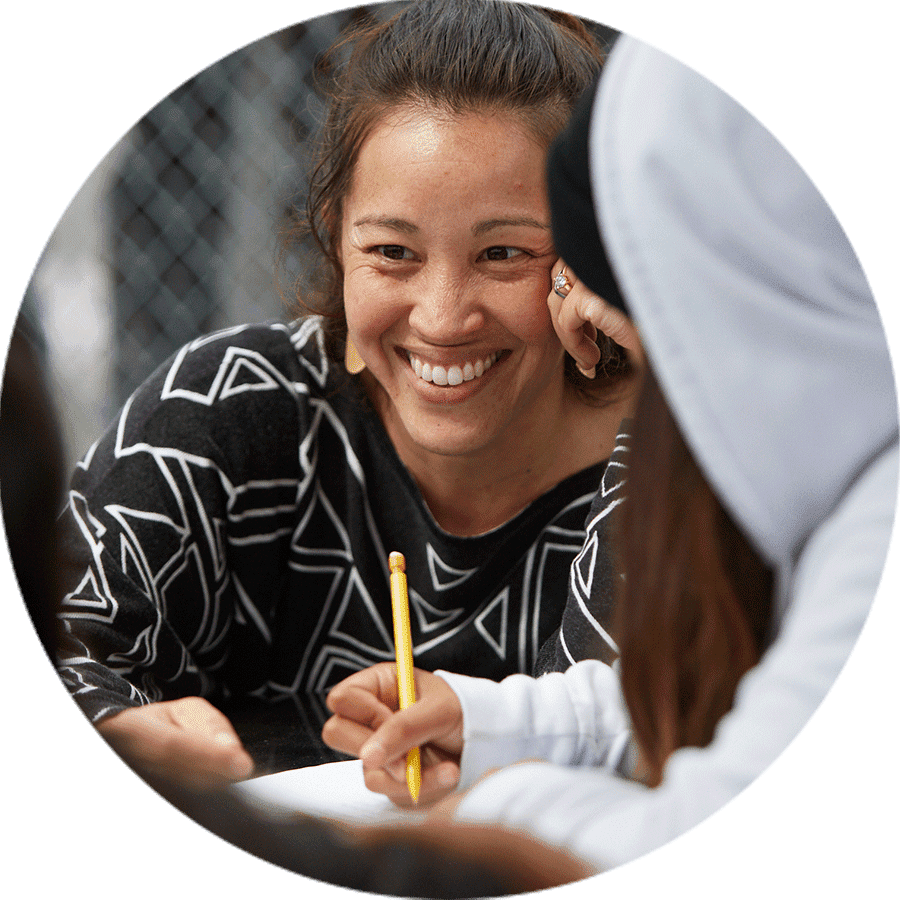
Find out how the XQ Design Principles can serve as guidelines, not directives, for redesigning an existing school.
Read
How did NYC Small Schools of Choice produce measurable results? An evaluation by MDRC found that creating tight-knit, student-centered schools, each united around a single mission, really worked.
Read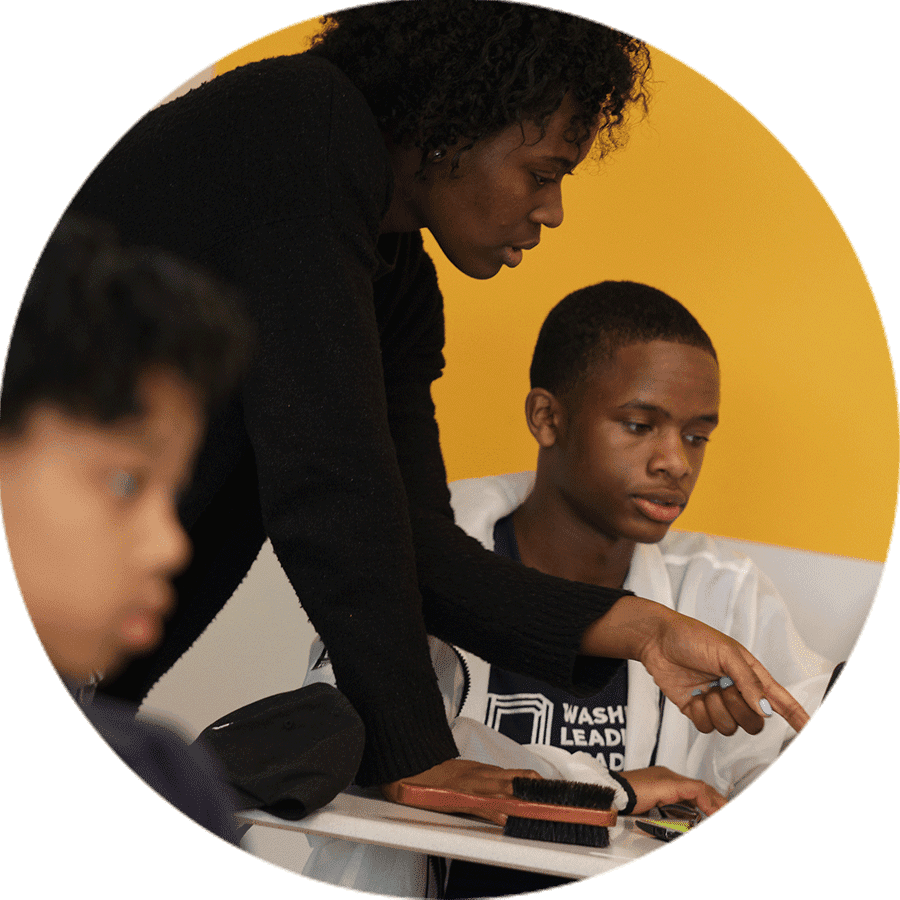
Simon Sinek explores the connection between the “why,” “how,” and “what” of high-performing organizations. The “why” sits at the center of everything.
Watch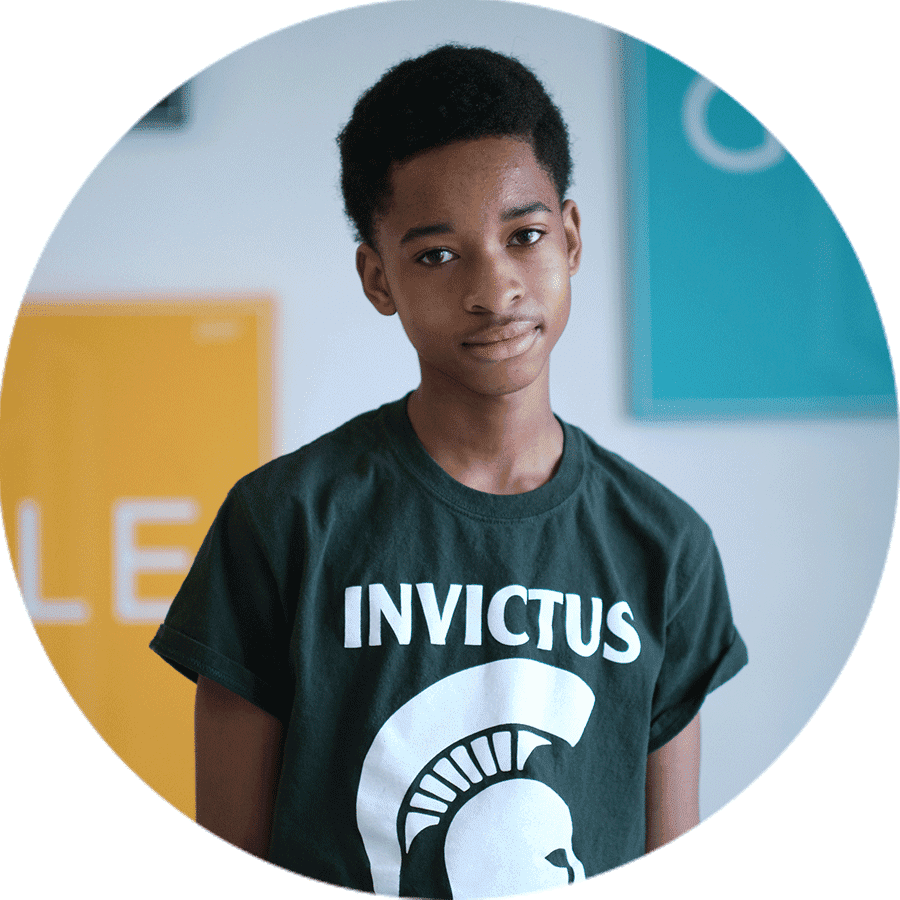
A mission that works for all students all of the time demands a deep, shared understanding of equity. These ten principles can help.
Read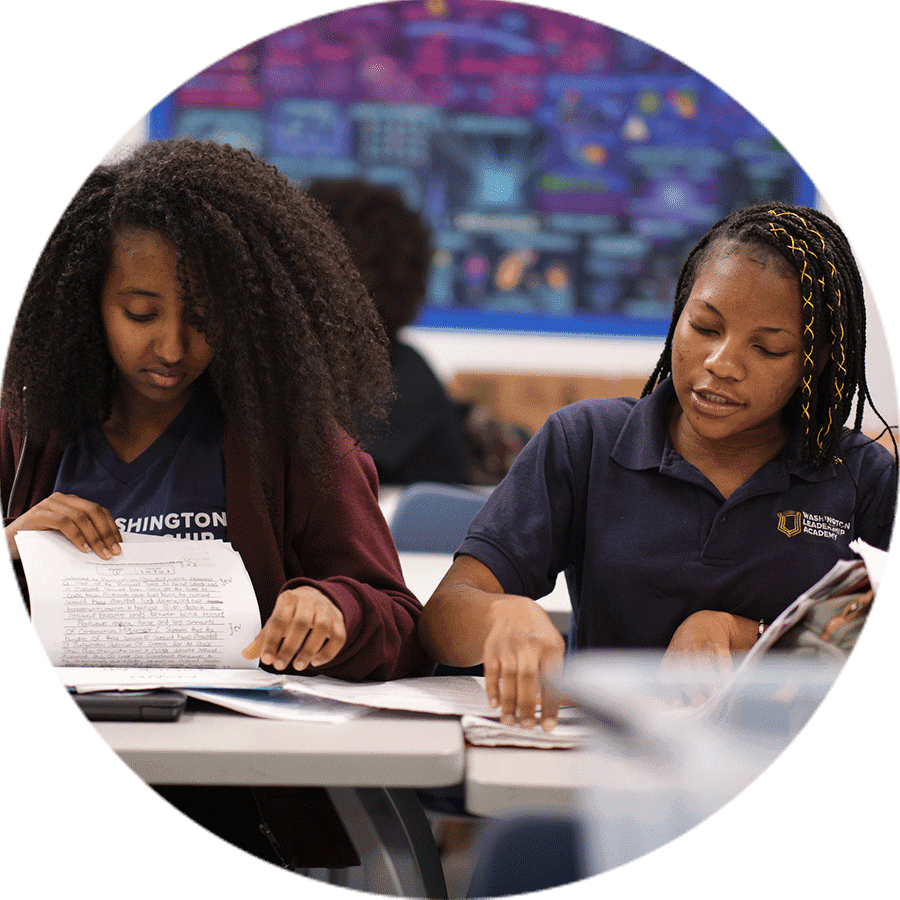
During the pandemic, Brooklyn LAB leaned into its core principles—and reconnected with its identity as a place where learning works for all.
Read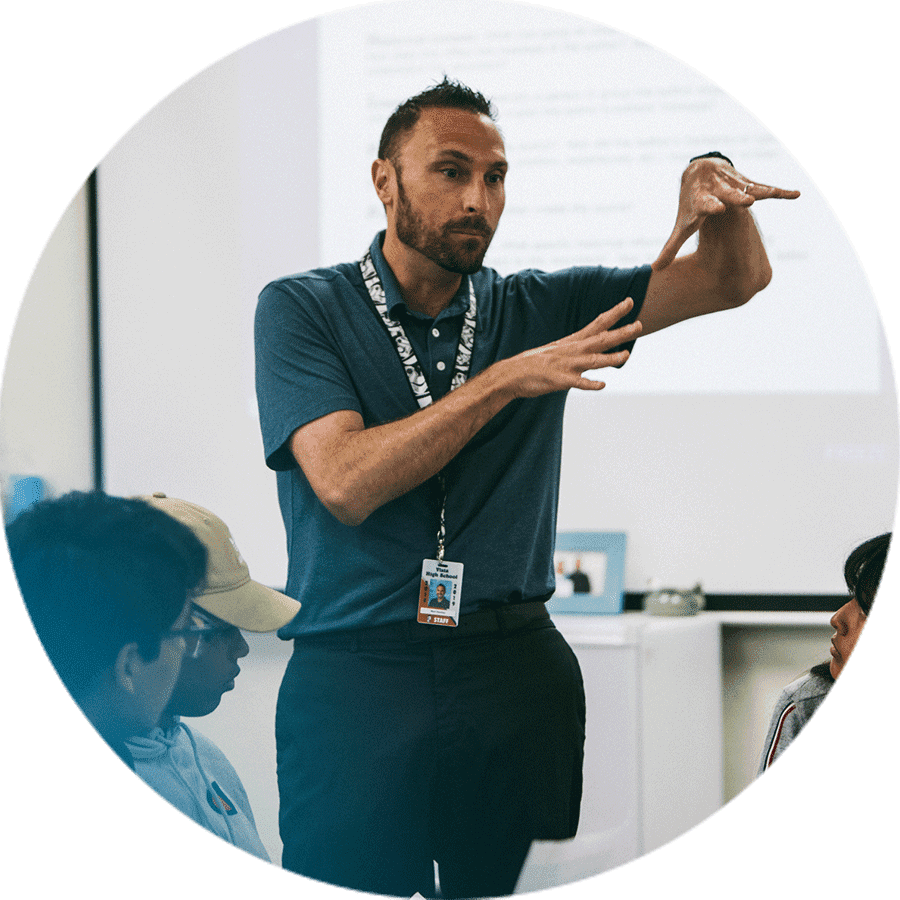
New Tech Network schools share a common learning model based on four design principles, but each has its own unique mission.
Read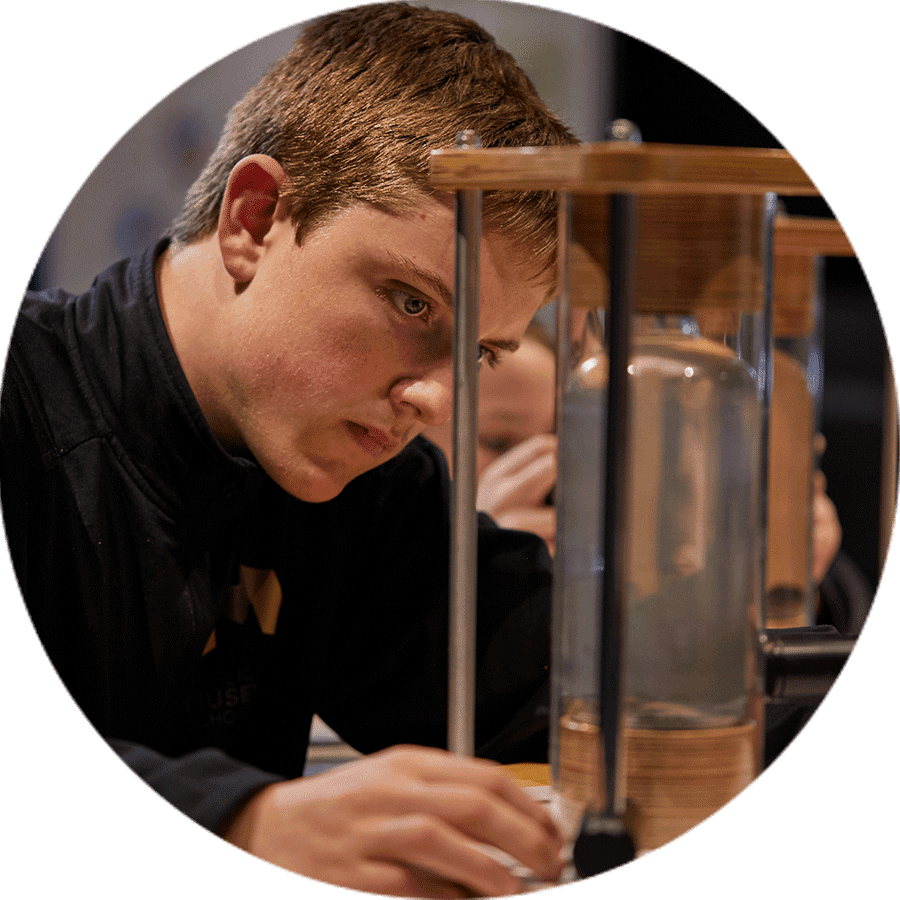
A national survey of students suggests that high schools should pay more attention to the social and emotional side of education.
Read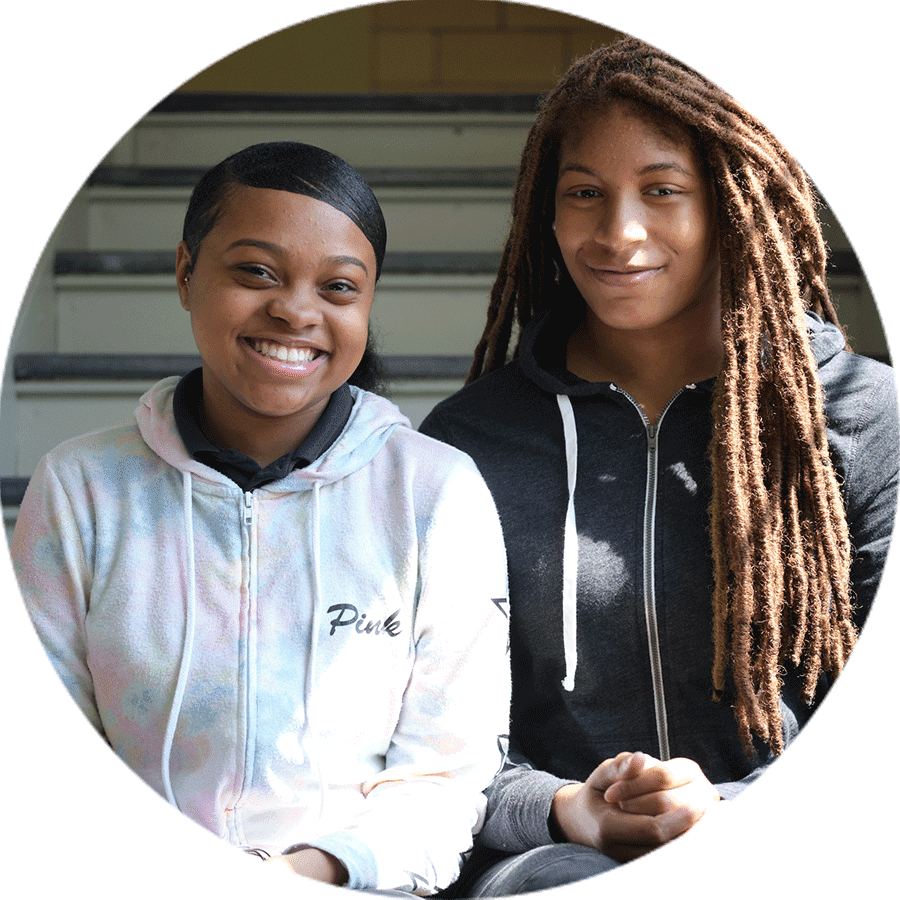
Edutopia describes powerful community-building rituals, with video examples from real schools.
Read and Watch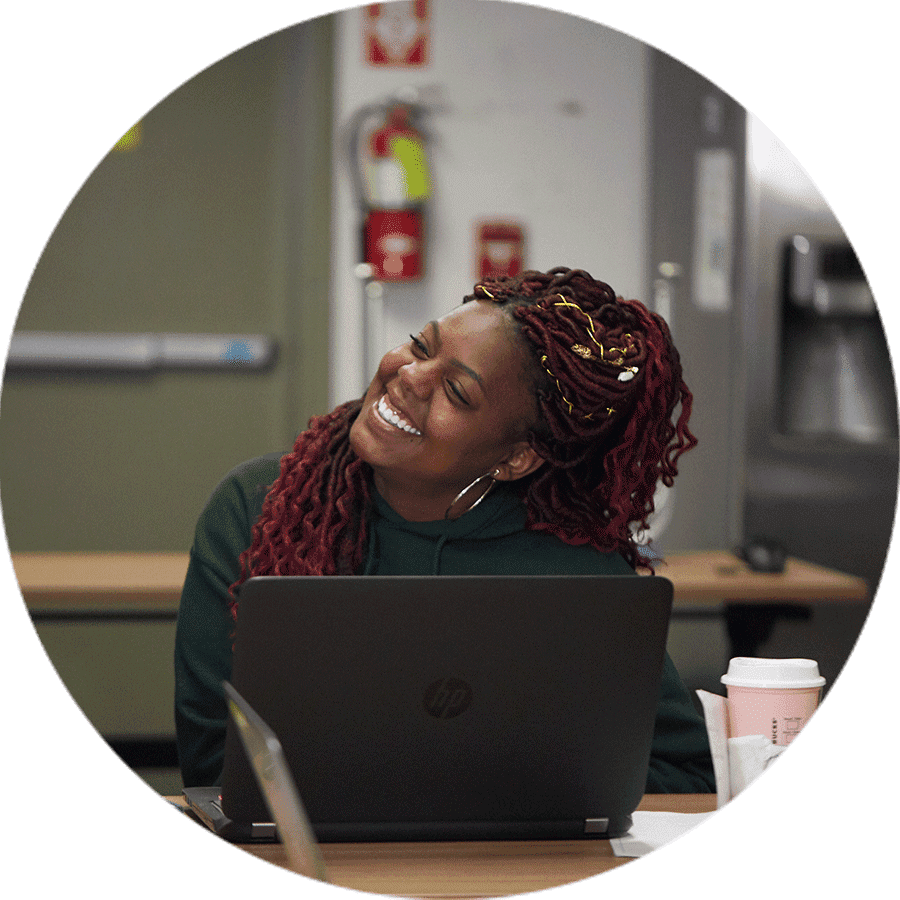
Is your school meeting the needs of all students through remote and hybrid learning? This XQ tool can help you find answers.
Read More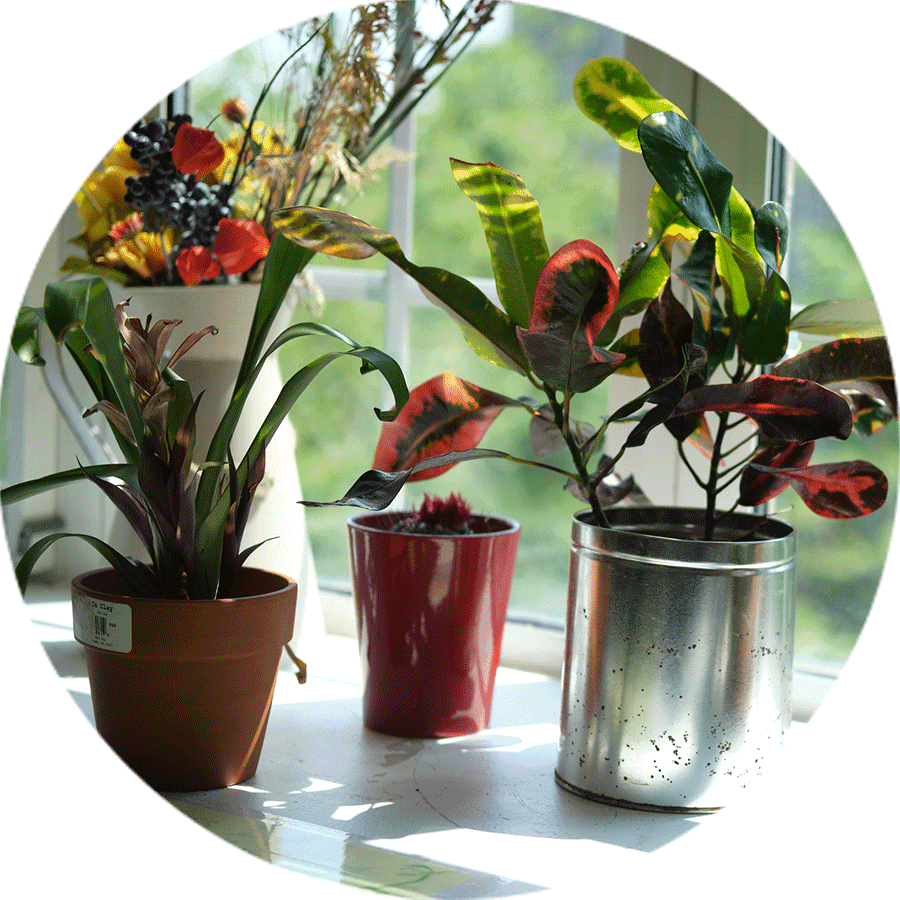
Watch a video about how Principal Rahel Wondwossen of Cohen College Prep in New Orleans revitalized the school’s culture after Hurricane Katrina.
Watch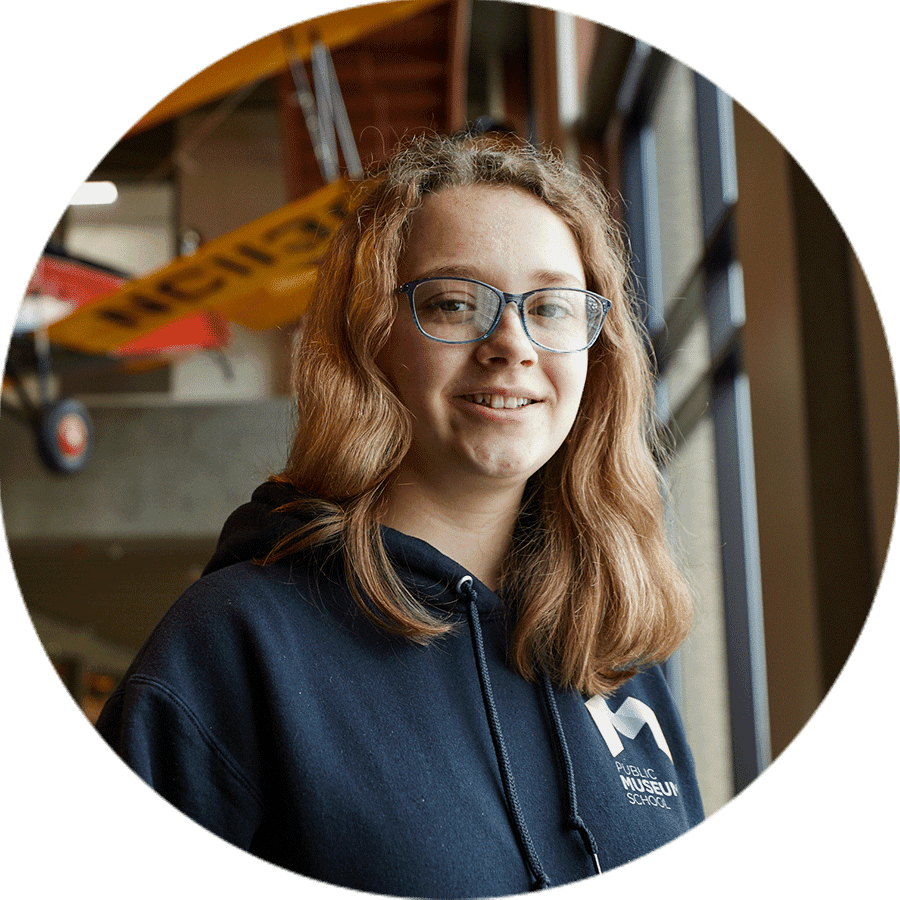
Washington Leadership Academy works hard to maintain a highly supportive culture and relationships among students and adults—one of its key design principles. Find out how.
ReadTeaching and Learning
What’s essential for effective learning today?
Videos
More Resources On This Topic
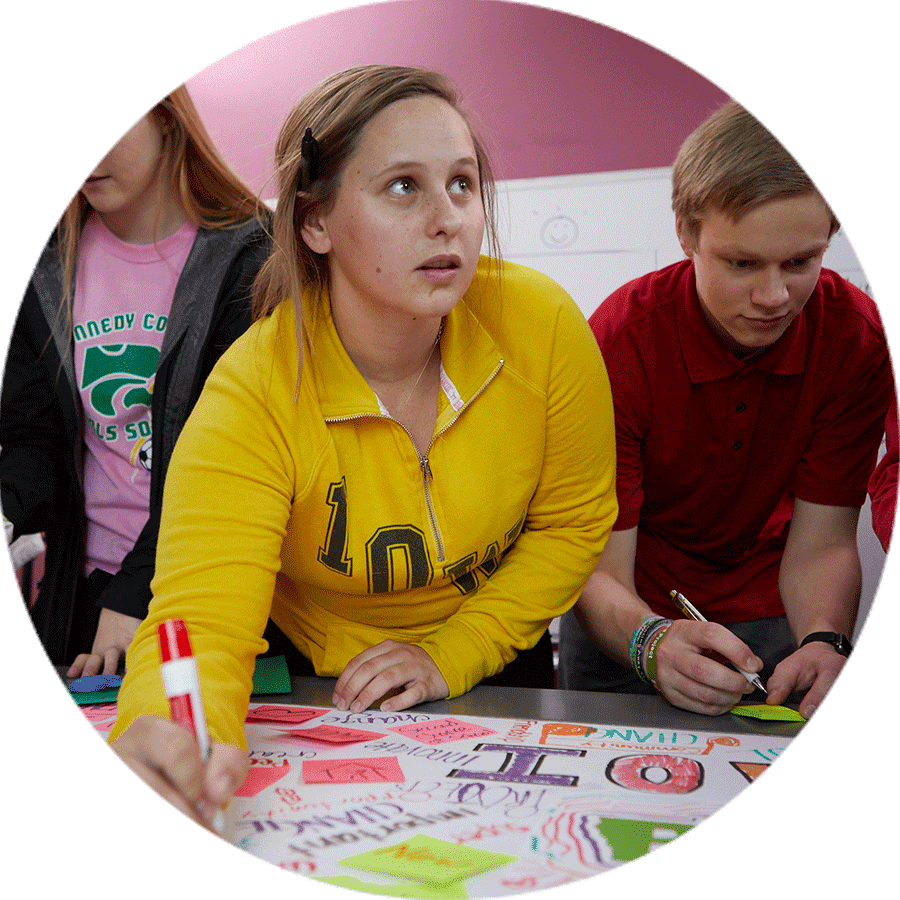
How can we support BIPOC students and prepare them for new futures? XQ’s Ann-Katherine Kimble reflects on the challenges teachers face today.
Read More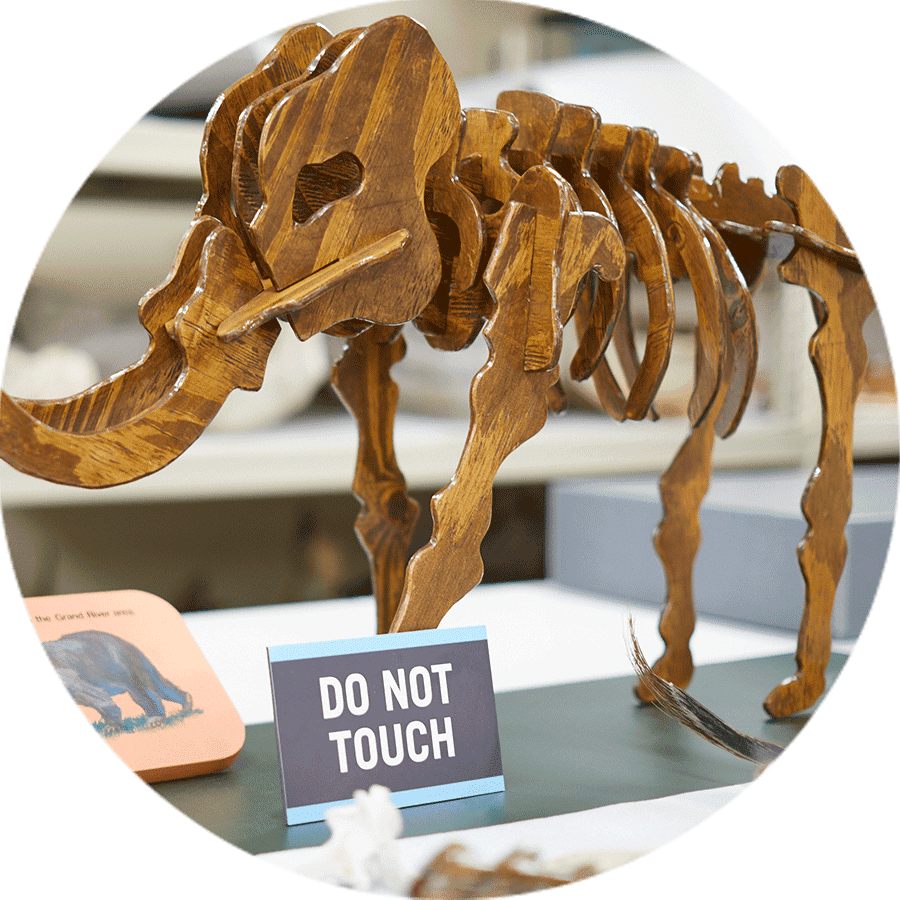
How do you go from high school dropout to Harvard professor? L. Todd Rose, the president of Project Variability, talks about the emerging science of individual potential and its implications for education.
Watch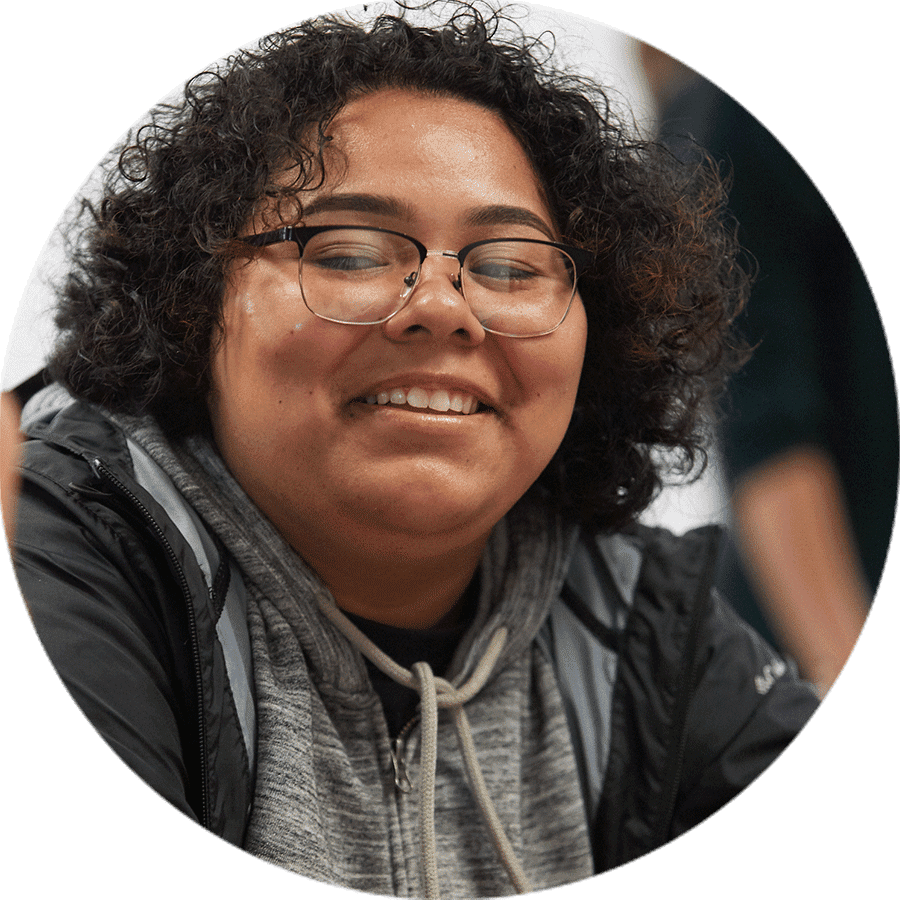
Learn about promising practices in personalized and competency-based education for English language learner (ELL) students.
Watch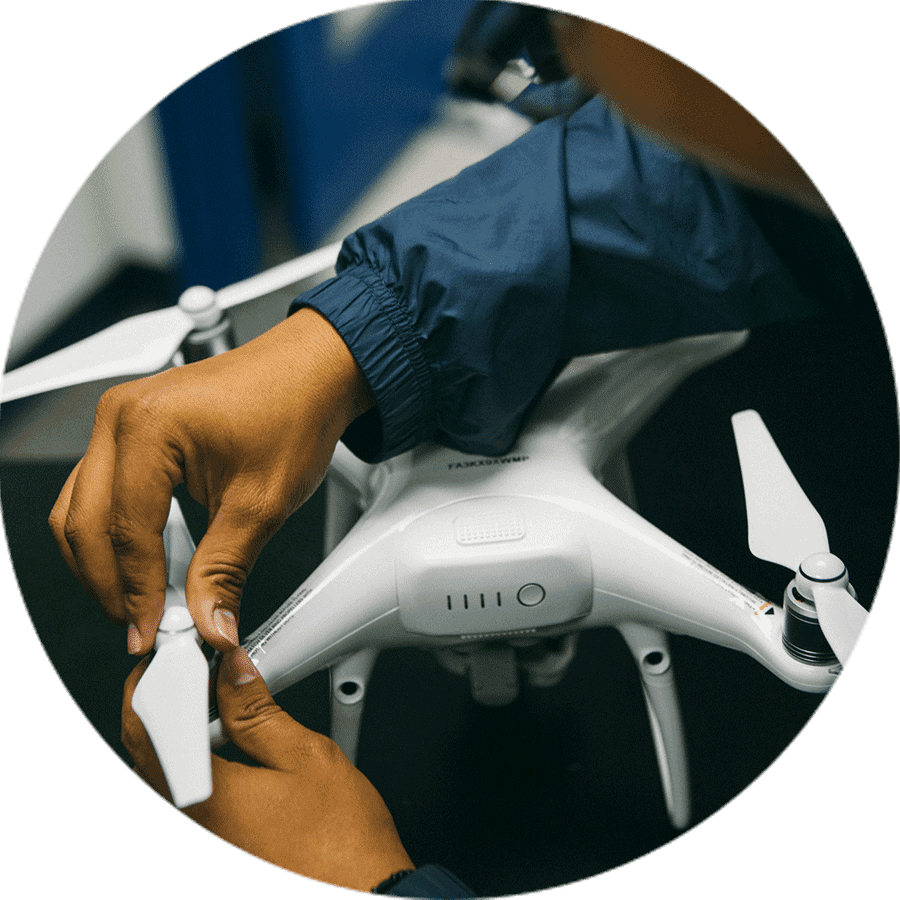
University of Michigan professor Joseph Krajcik and science teacher Kristin Mayer explain how the Next Generation Science Standards enable three-dimensional learning, or learning by making sense of phenomena and solving problems.
Watch
AIR researched practices and outcomes in 20 high schools participating in the Deeper Learning Network. Explore the five reports from this ground-breaking study.
Explore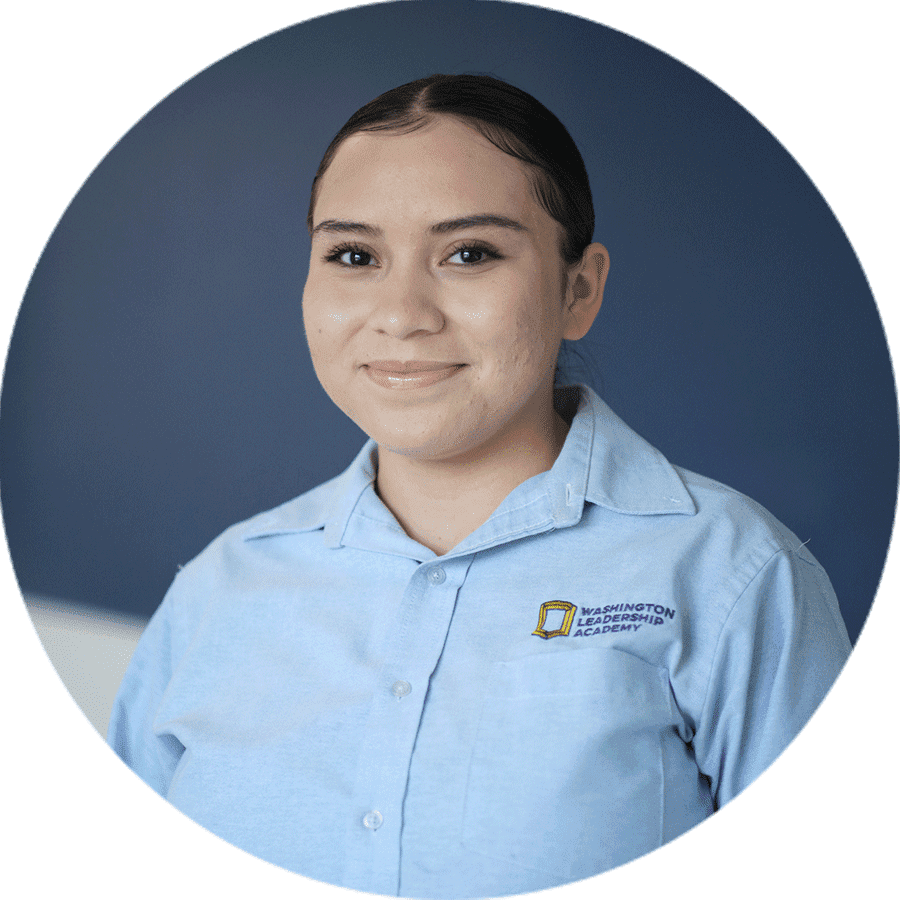
GettingSmart visited eight diverse schools to support the launch of a new “Framework for High-Quality Project-Based Learning.” Read the case studies here.
Read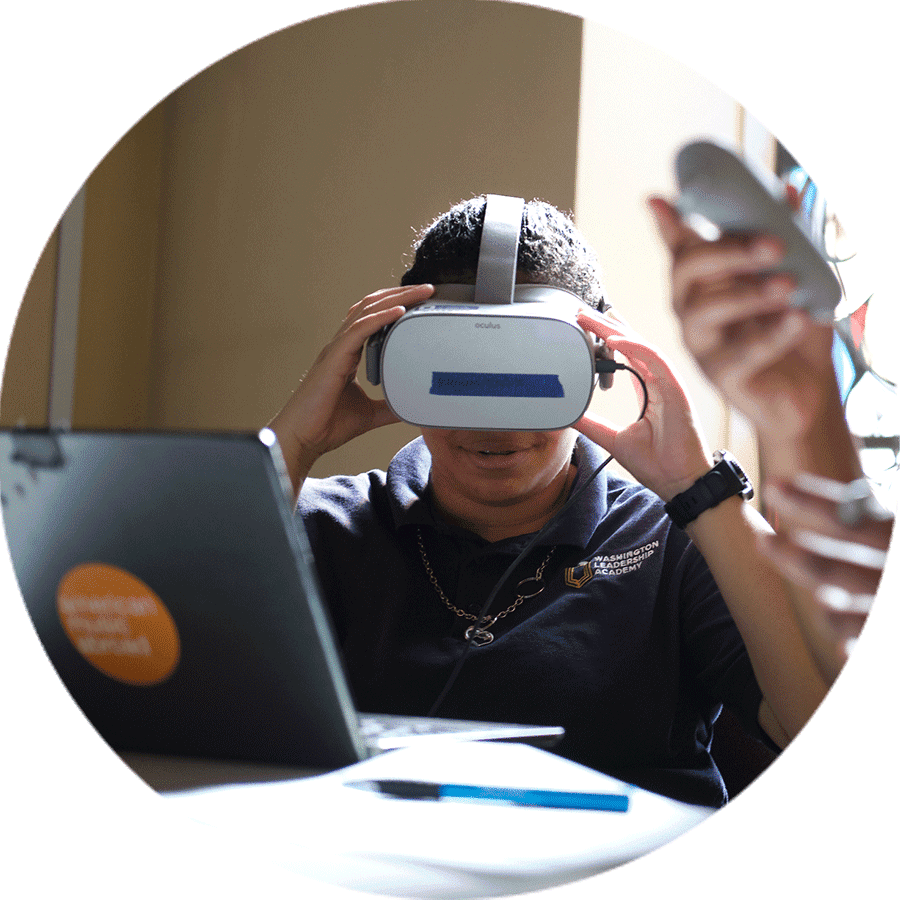
Delve into a curated toolkit of resources that can help educators achieve success in youth-centered digital learning.
Explore
Take a ground-level tour “Inside Mastery-Based High Schools” with this Springpoint report featuring interviews with students, teachers, and leaders.
ReadDive Deep
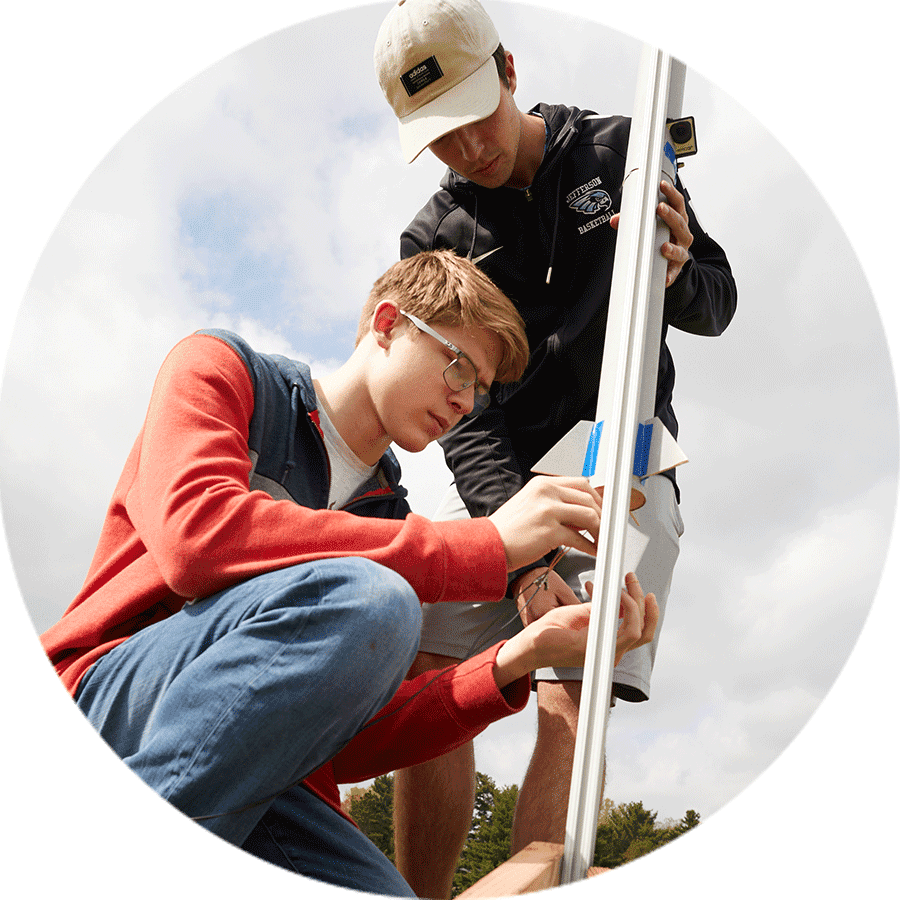
How do educators plan so students are more likely to deeply understand what they’re asked to learn? This question is at the heart of the book "Understanding by Design." Read an excerpt from the book here.
Read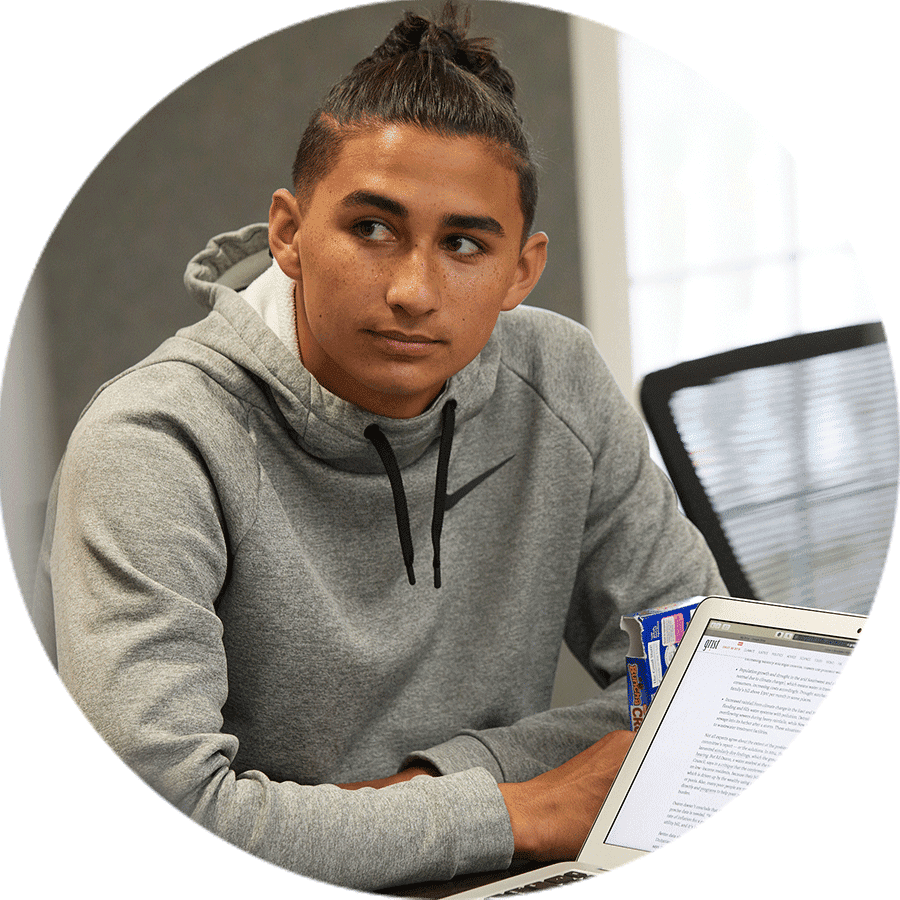
This TNTP resource offers sound advice for minimizing school closure-related learning loss and getting students back on grade level.
Read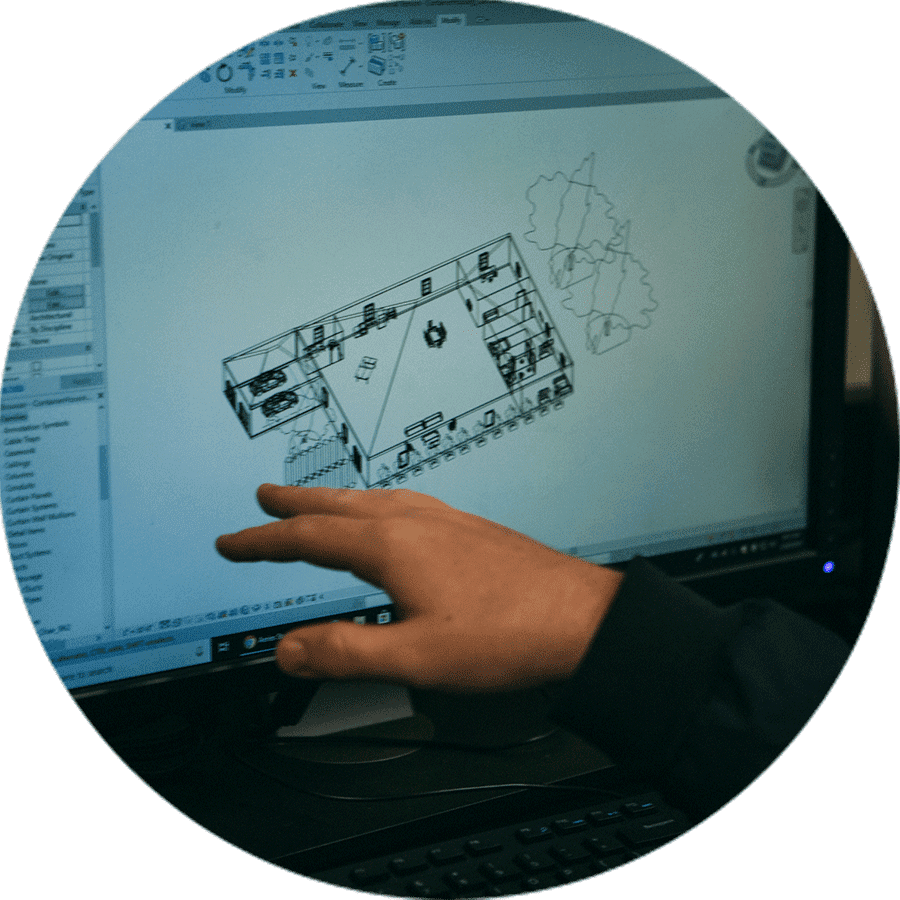
New standards, developed cooperatively by scientists and teams of science teachers, take science learning in a dynamic new direction. The National Science Teachers Association describes how the standards are organized.
Read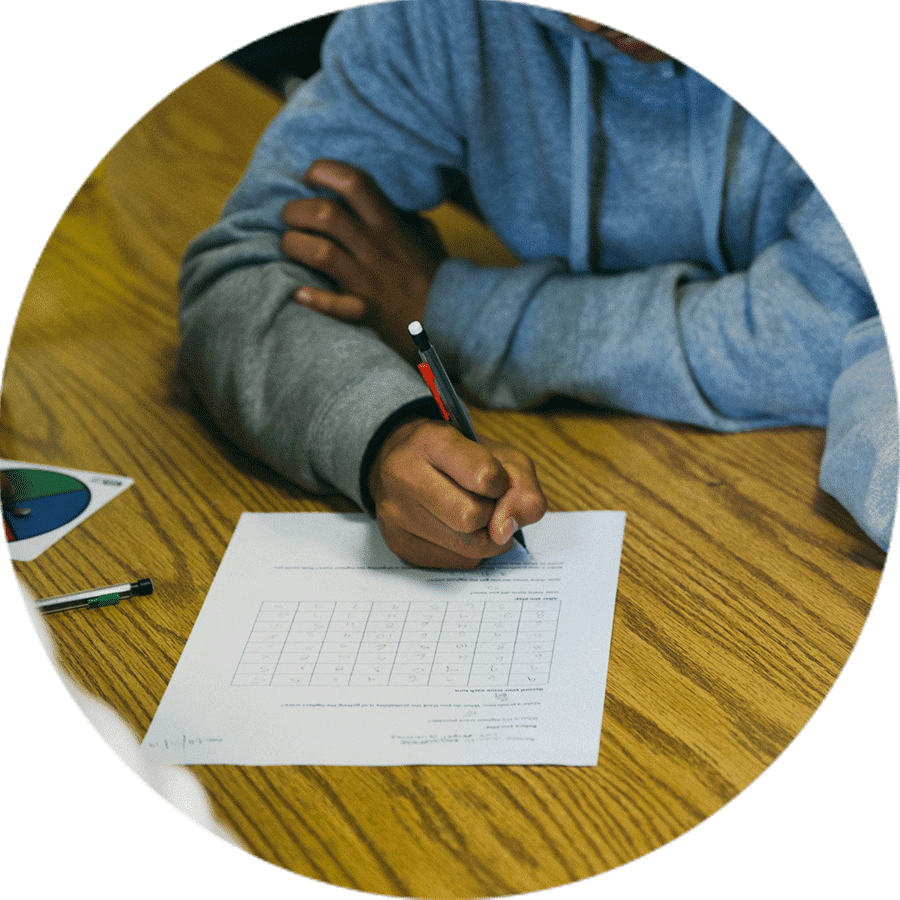
This playlist of videos from four innovative schools shows how deeper learning connects with Common Core standards.
Watch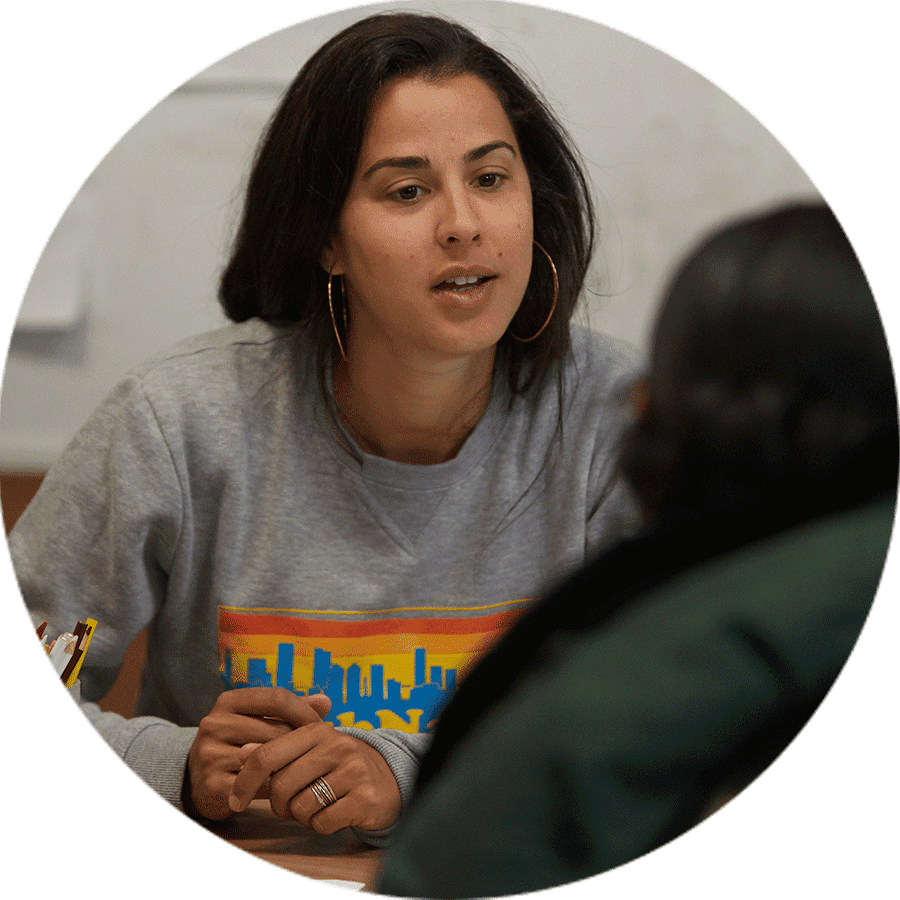
Aurora Institute (formerly iNACOL) offers a framework for designing student-centered learning to ensure all students succeed.
Read More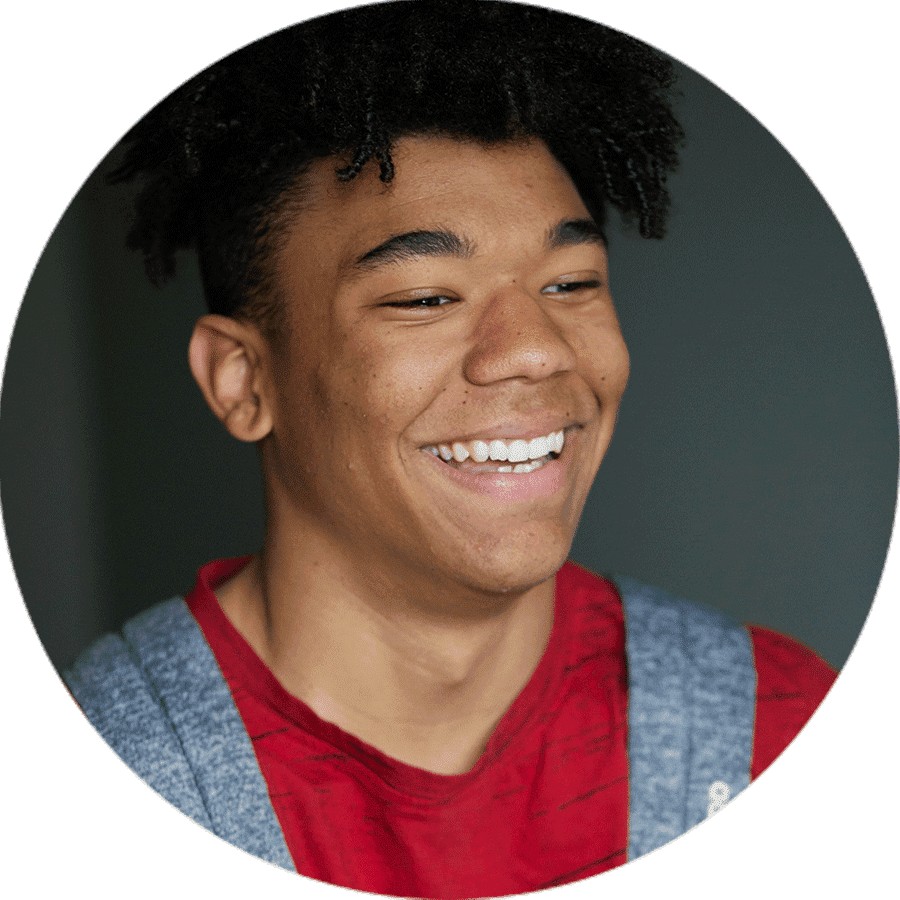
Dive into Jobs for the Future’s resource collection, which includes a wide range of materials on the four tenets of student-centered learning.
Explore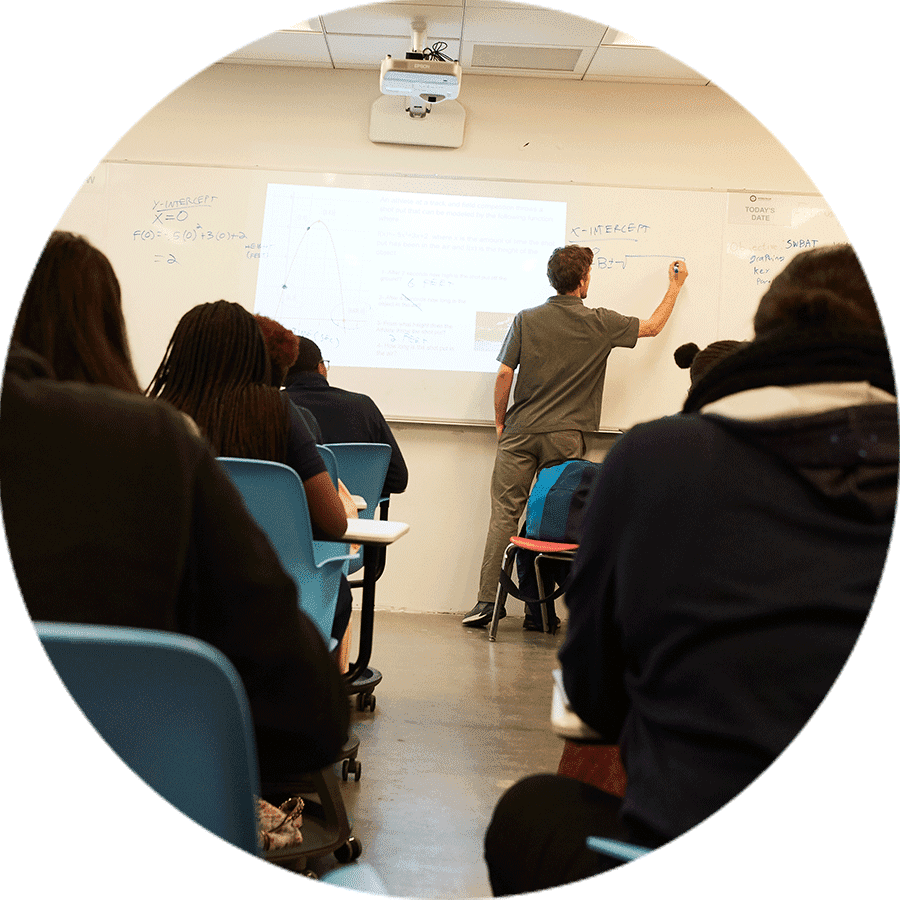
National experts describe why personalized learning matters and what it looks like, in an overview for educators, families, and community members.
Read
How did Summit Public Schools maintain their commitment to personalized pathways for students during school closures? Explore their real-time response in this report.
Read More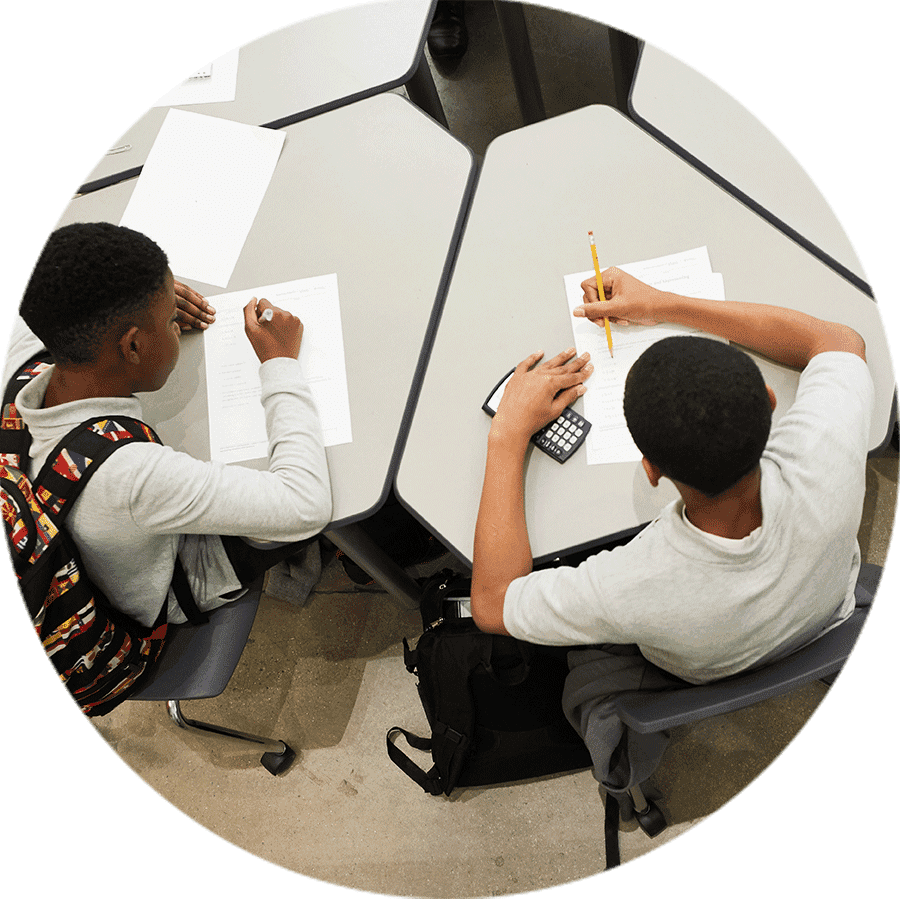
Here’s advice for teachers, leaders, and school designers on creating culturally responsive classrooms.
Read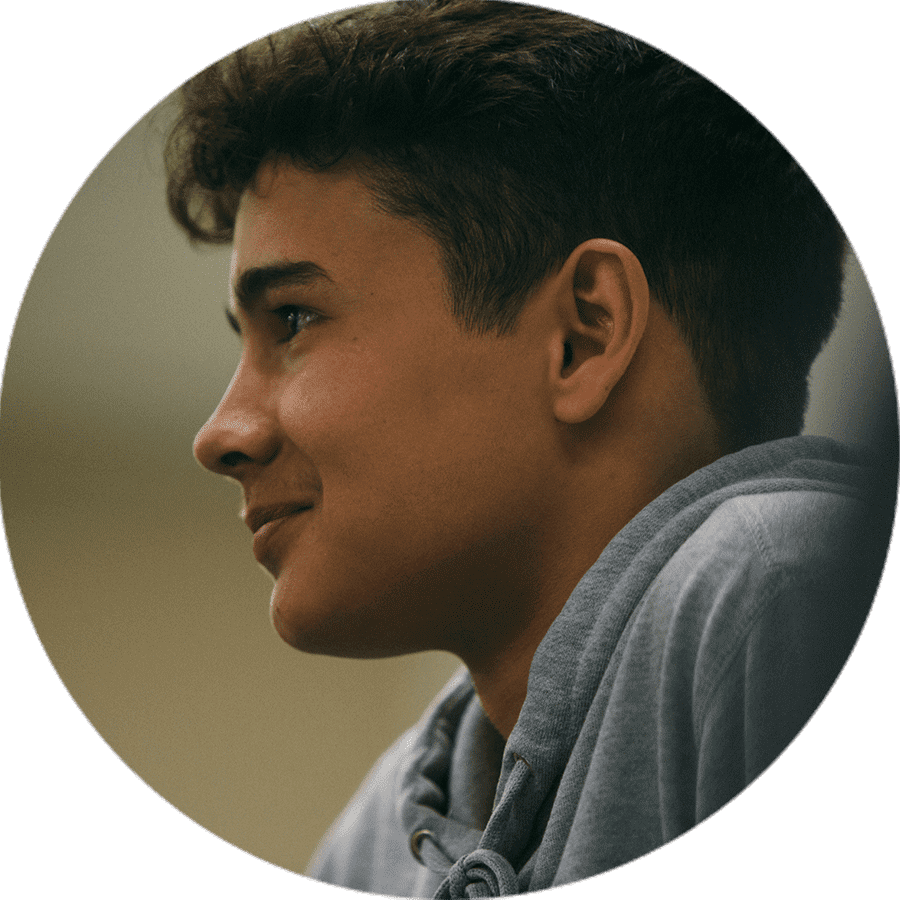
How is project-based learning different from just “doing projects”? And how can the best project-based learning lead to deeper learning? The Buck Institute explains.
Read and Watch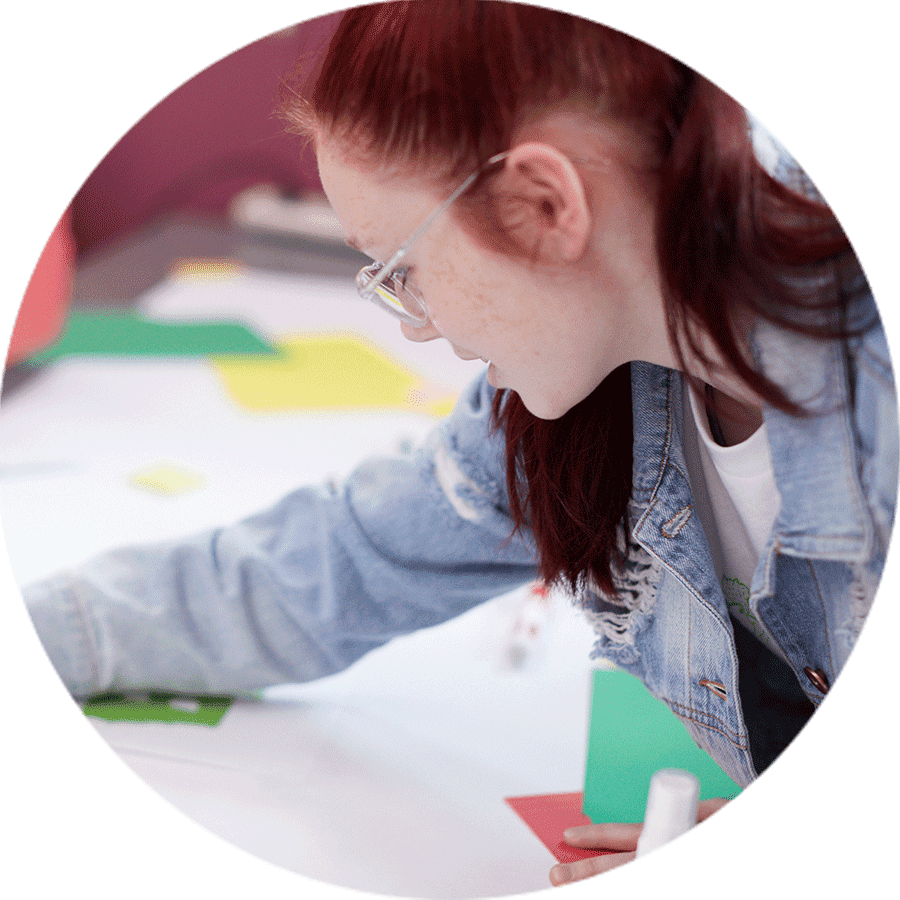
Watch this animated overview of Iowa BIG’s “Project Pool,” the foundation for BIG’s all-project design for student learning.
Watch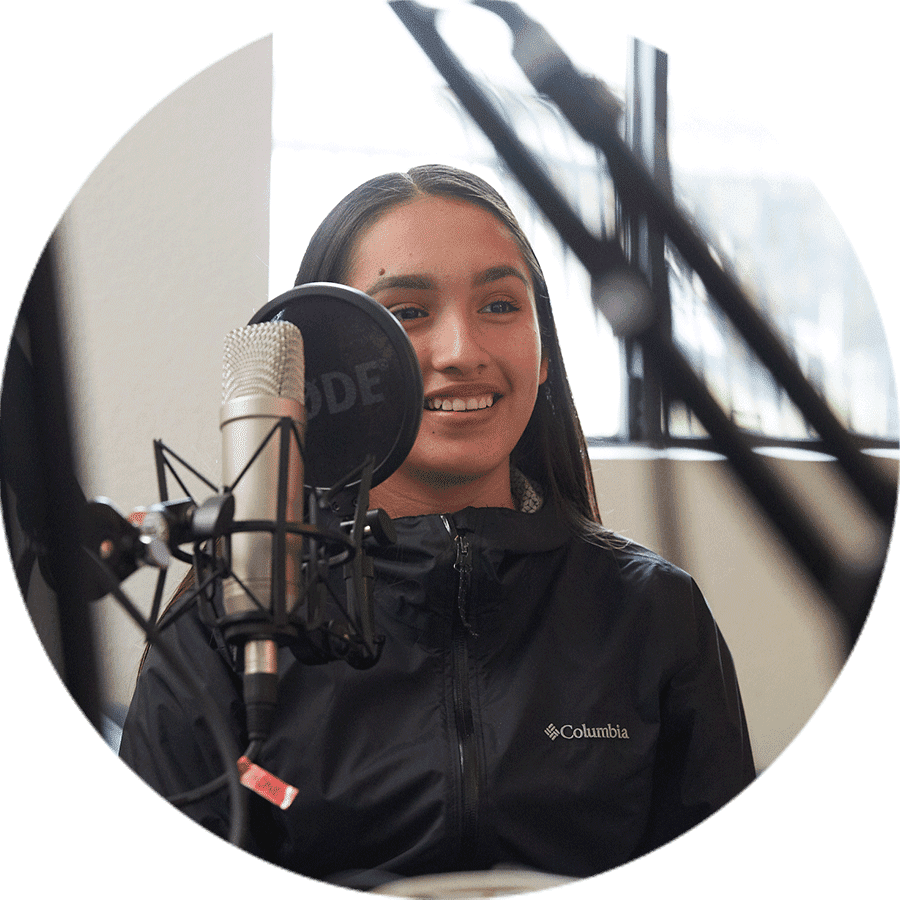
Find out how students “learn by doing” to get ready for the jobs of the future at Purdue Polytechnic High School in Indianapolis.
Read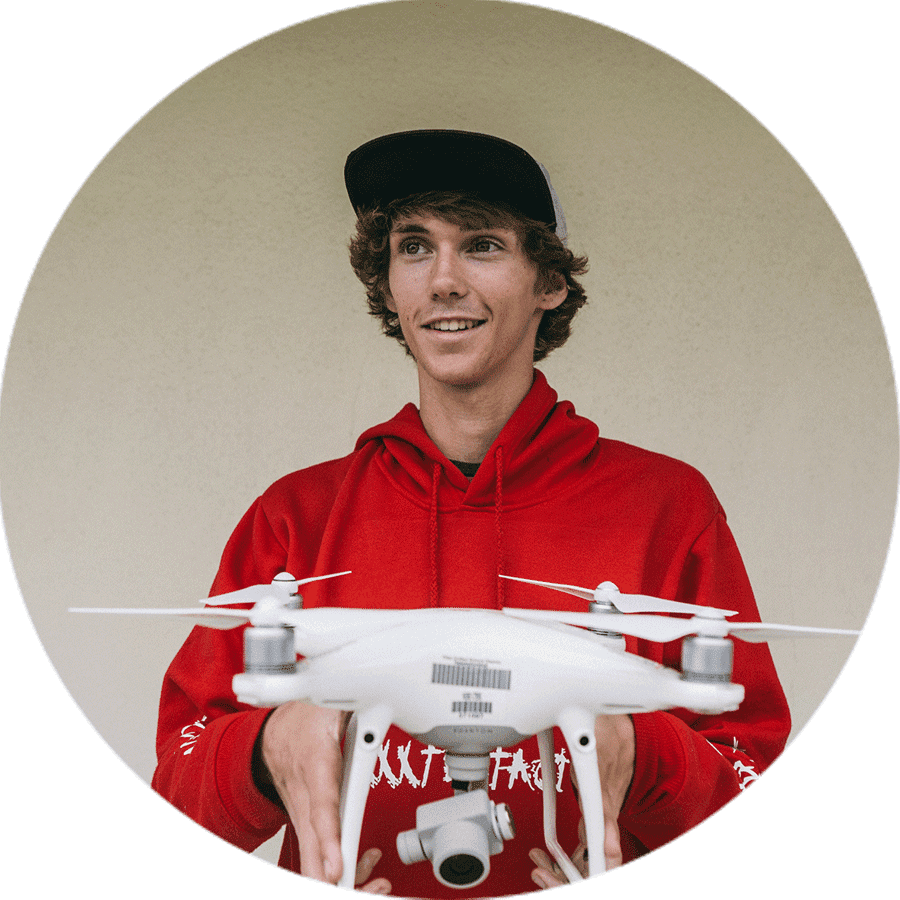
At Círculos, an XQ school in Santa Ana, CA, project-based, place-based learning isn’t just a catchphrase. It’s reshaped the way students experience school, even during the pandemic.
ReadStudent Agency and Engagement
How can schools motivate and empower young people to take responsibility for their own learning?
Videos
More Resources On This Topic
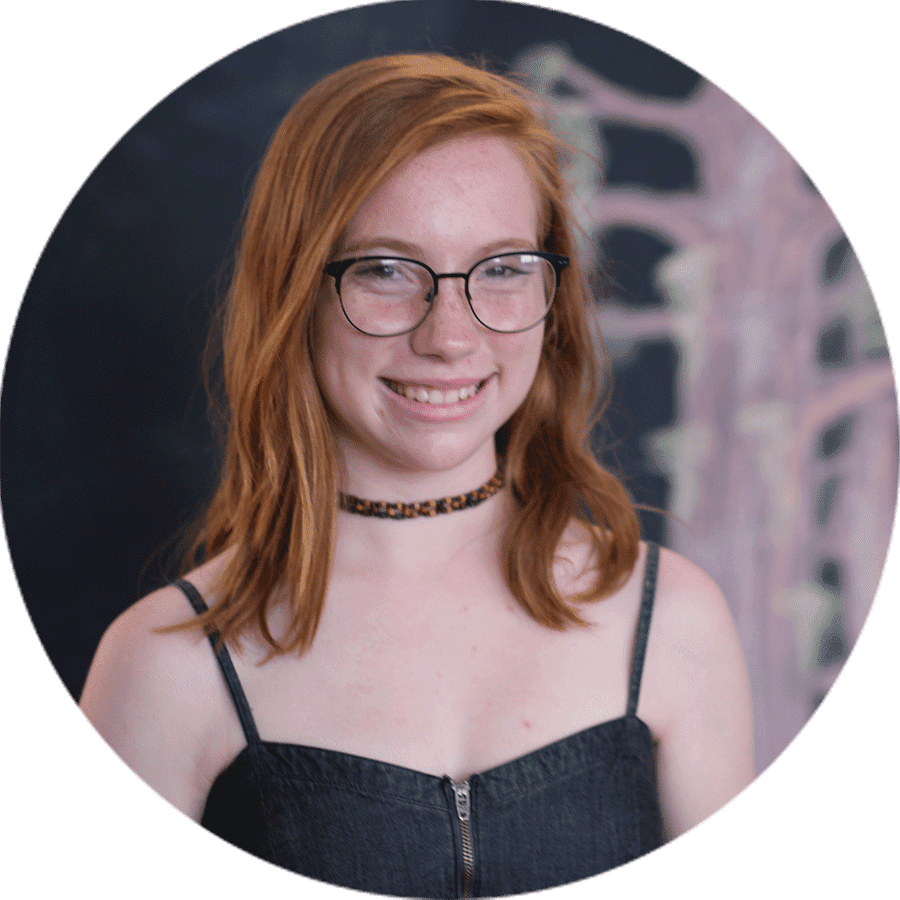
This post-enhanced article by XQ shows how two Maryland students initiated youth voice groups to address racial tensions and build an inclusive culture.
Watch
At Iowa BIG, students sometimes stumble. Sometimes they fail. But they always learn. Learn how.
Read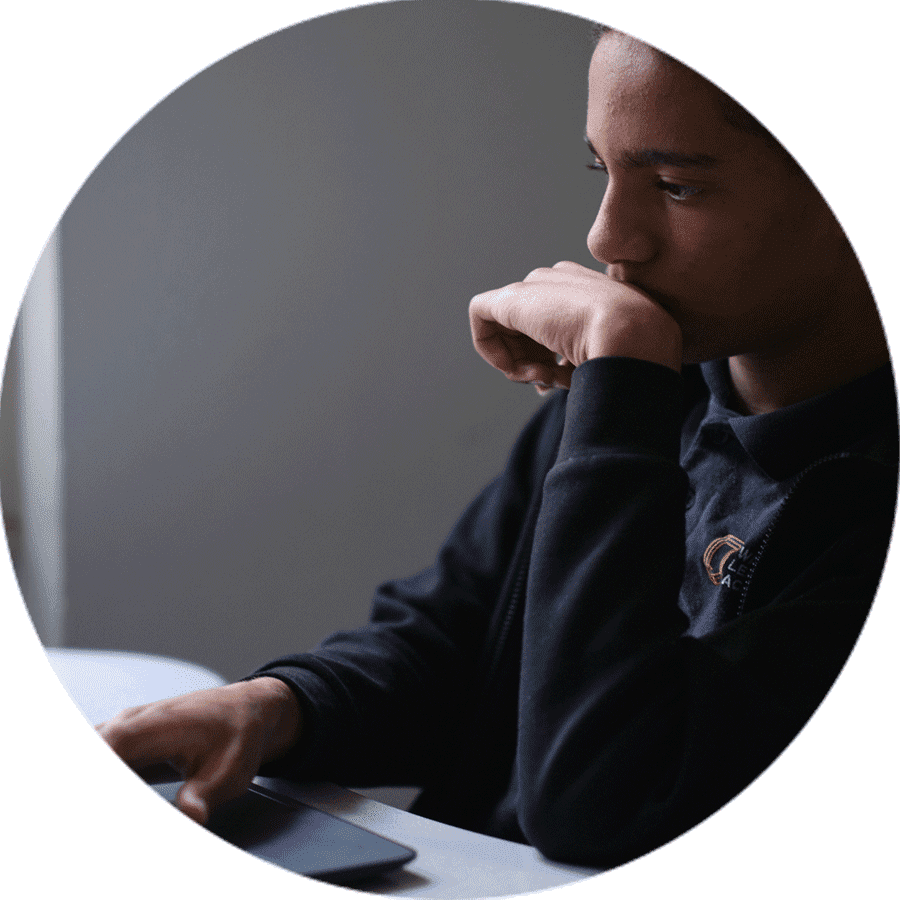
Discover how students in Louisville, Kentucky, use digital portfolios to demonstrate mastery and “defend” their right to move to the next level.
Read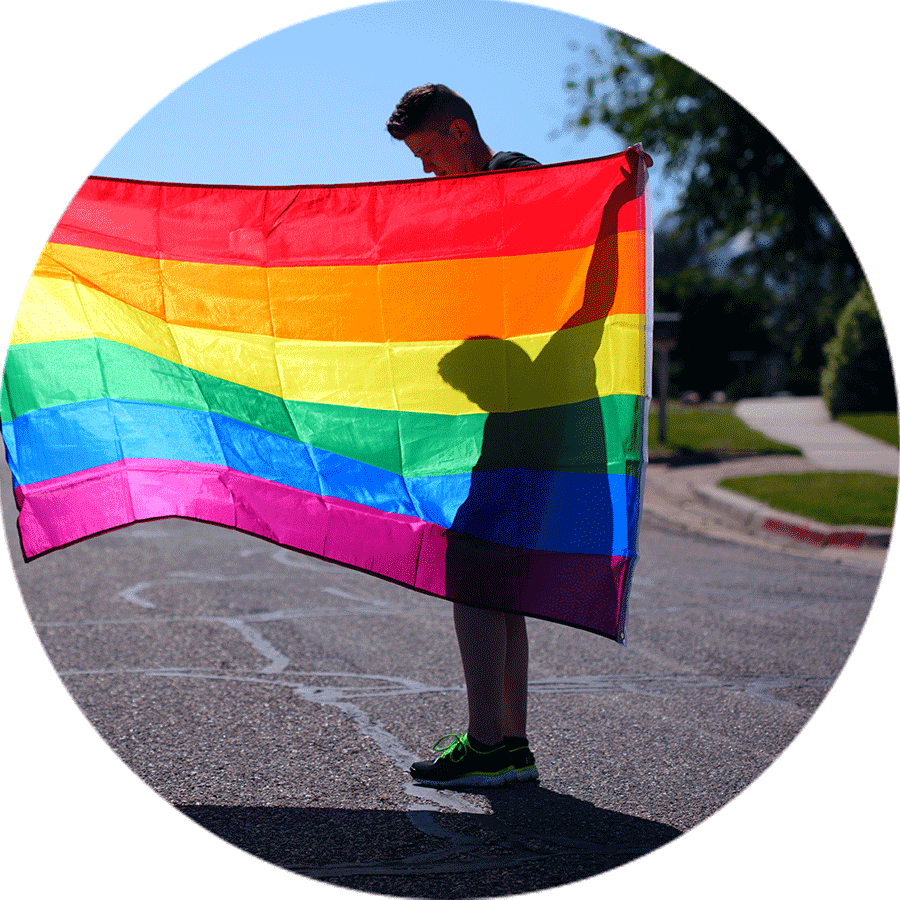
Since 1998, this youth-driven group has been making schools and communities safer for LGBTQ students.
Explore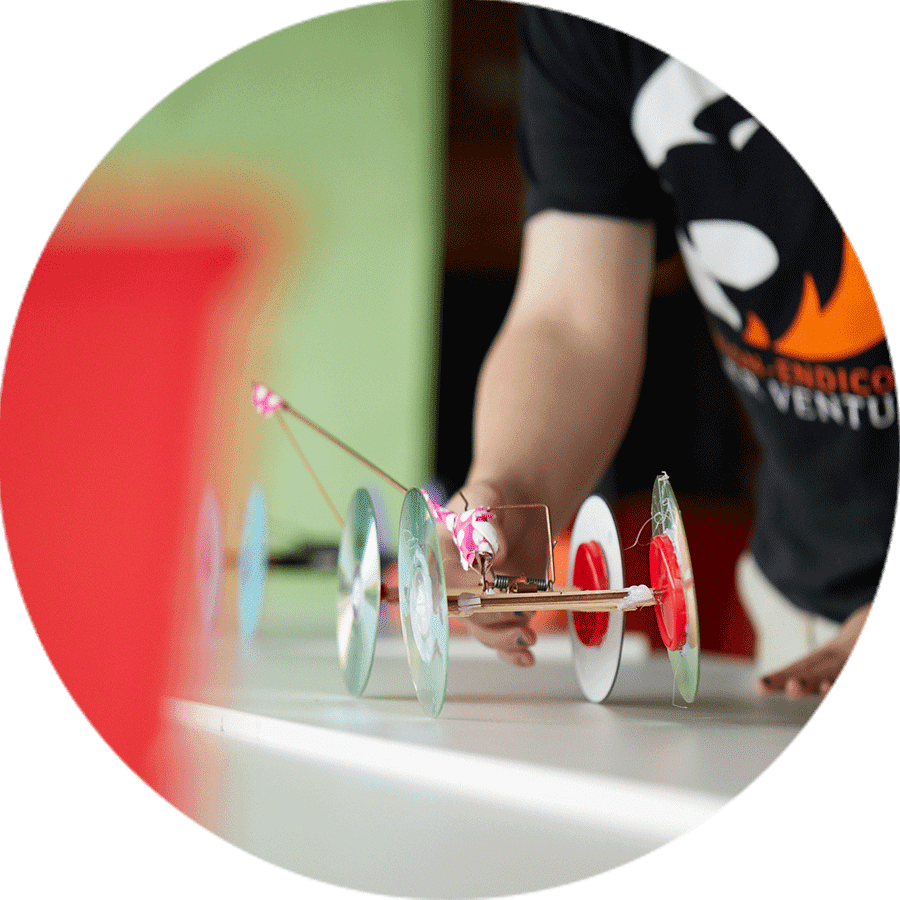
The Aspen Commission on Social, Emotional, and Academic Development partnered with Edutopia to create this video library on student agency and engagement.
Watch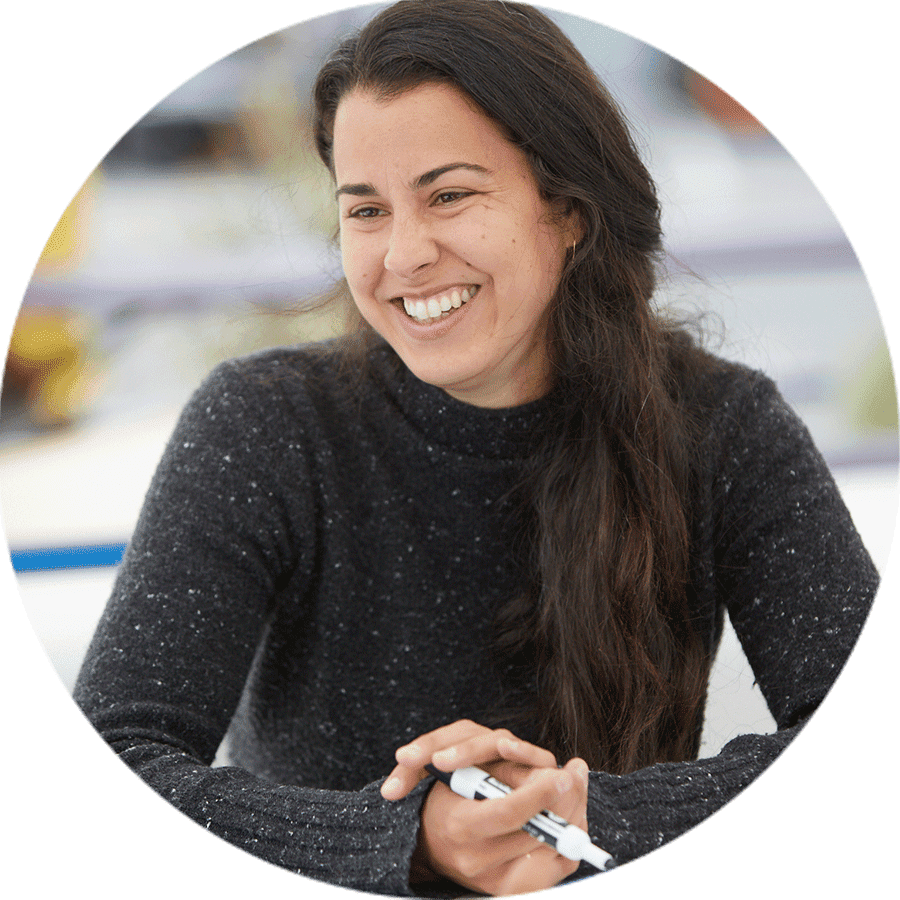
Boise’s One Stone High School is an independent, nonprofit school designed and led by students. Here’s a podcast by students on the school’s board of directors.
Listen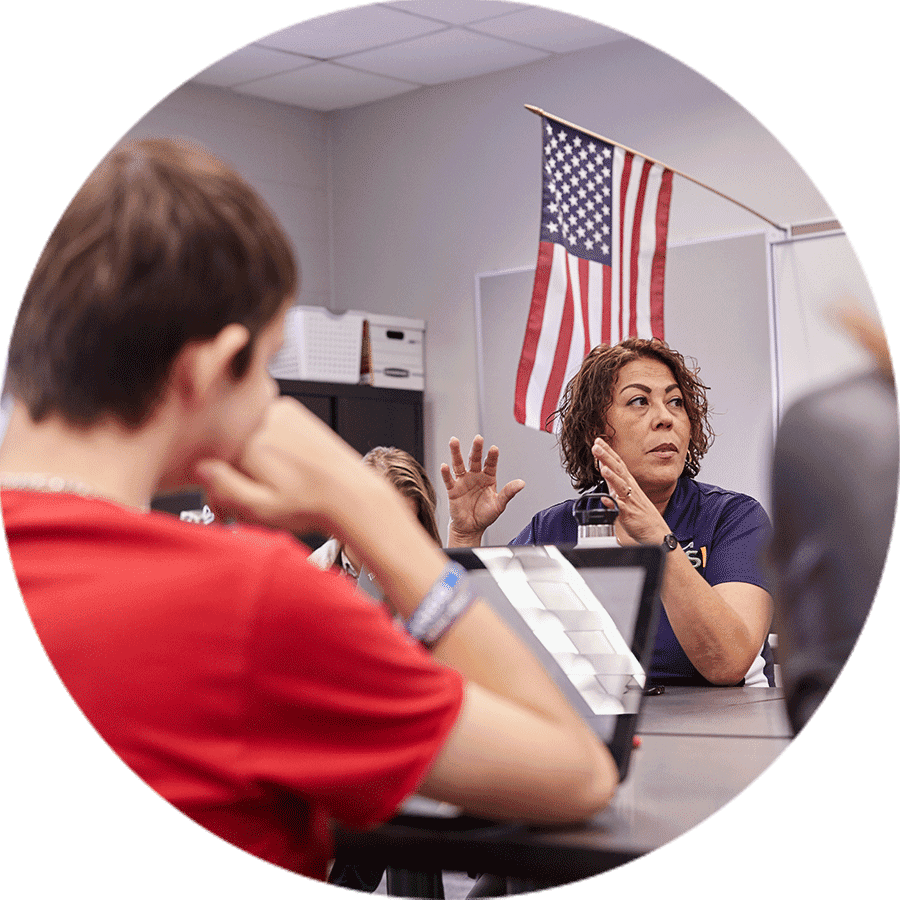
How can educators close the civic participation gap by better engaging youth in underserved communities? This toolkit from Generation Citizen offers research-based advice.
Explore
School leaders and students explain how Purdue Polytechnic High School enables students to forge personalized pathways grounded in passion and purpose.
WatchDive Deep
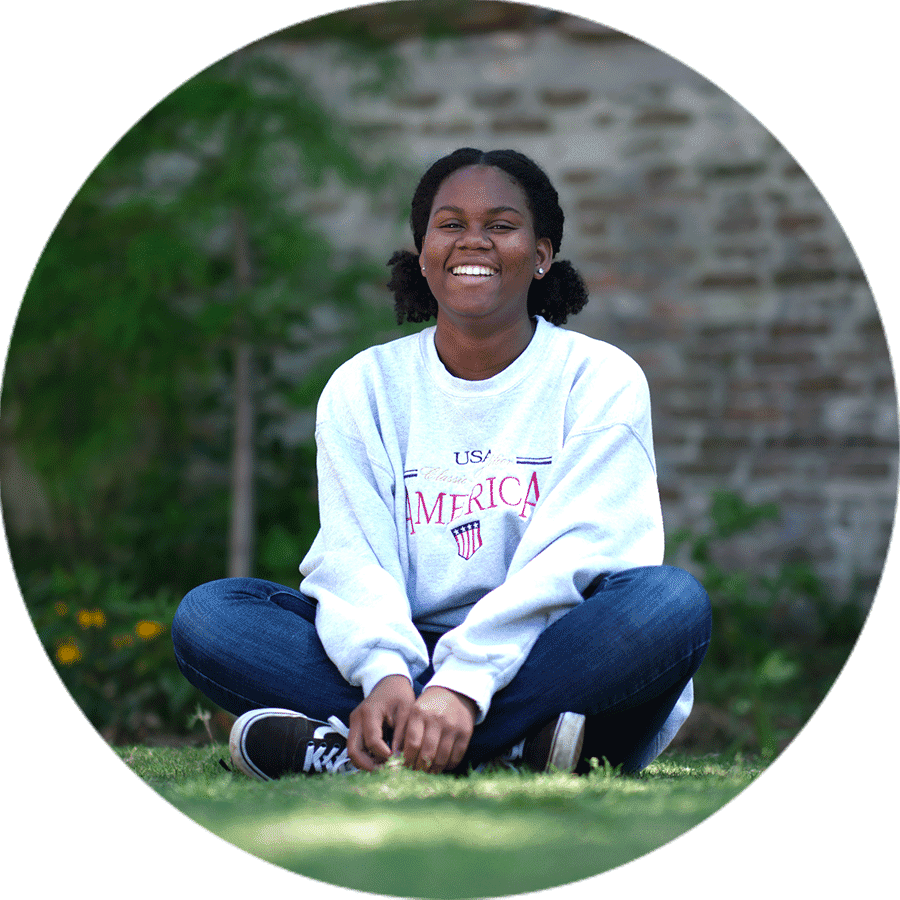
Emily Krone Phillips, author of “The Make-or-Break Year,” says caring teacher-student relationships are the key ingredient for student agency.
Read More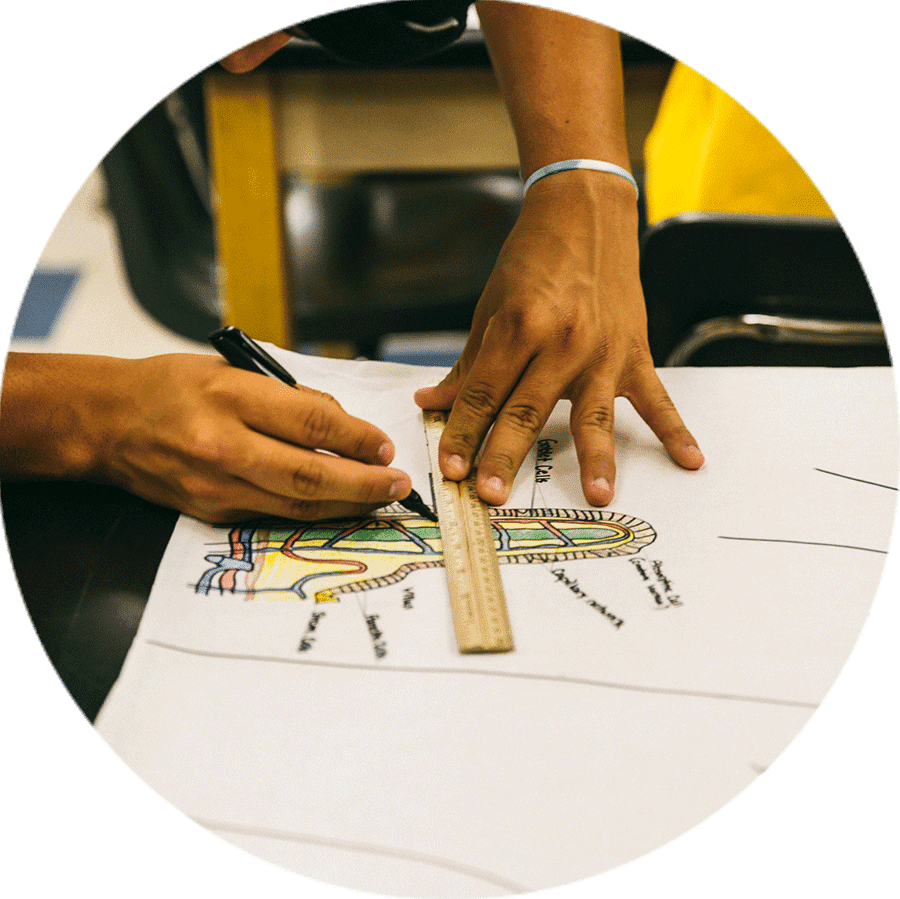
In this guest post on Education Week, two experts explore how flexible scheduling supports student agency at Summit Shasta and other innovative schools.
Explore
What does research say about how to keep students actively engaged in learning as we recover from the pandemic? Find answers here.
Read More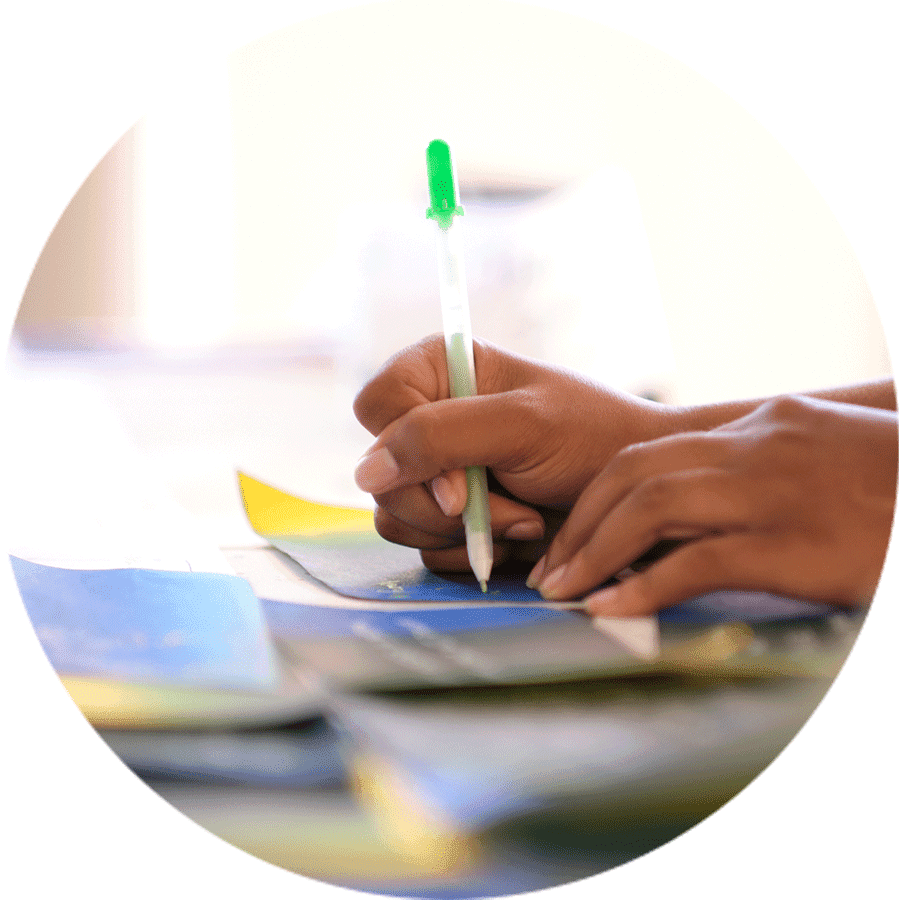
How much student agency is right for your school? GettingSmart’s Tom Vander Ark offers a useful continuum for thinking it through.
Read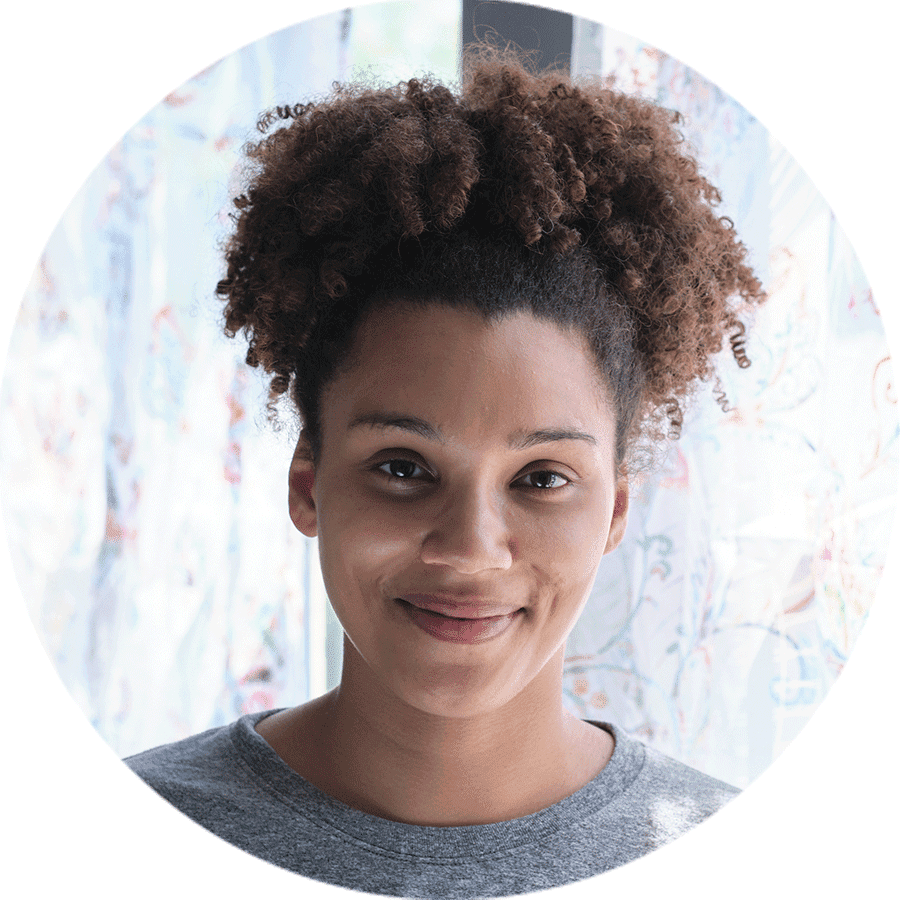
The student voice team of Kentucky’s Prichard Committee recommends a bigger role for students in school governance.
Read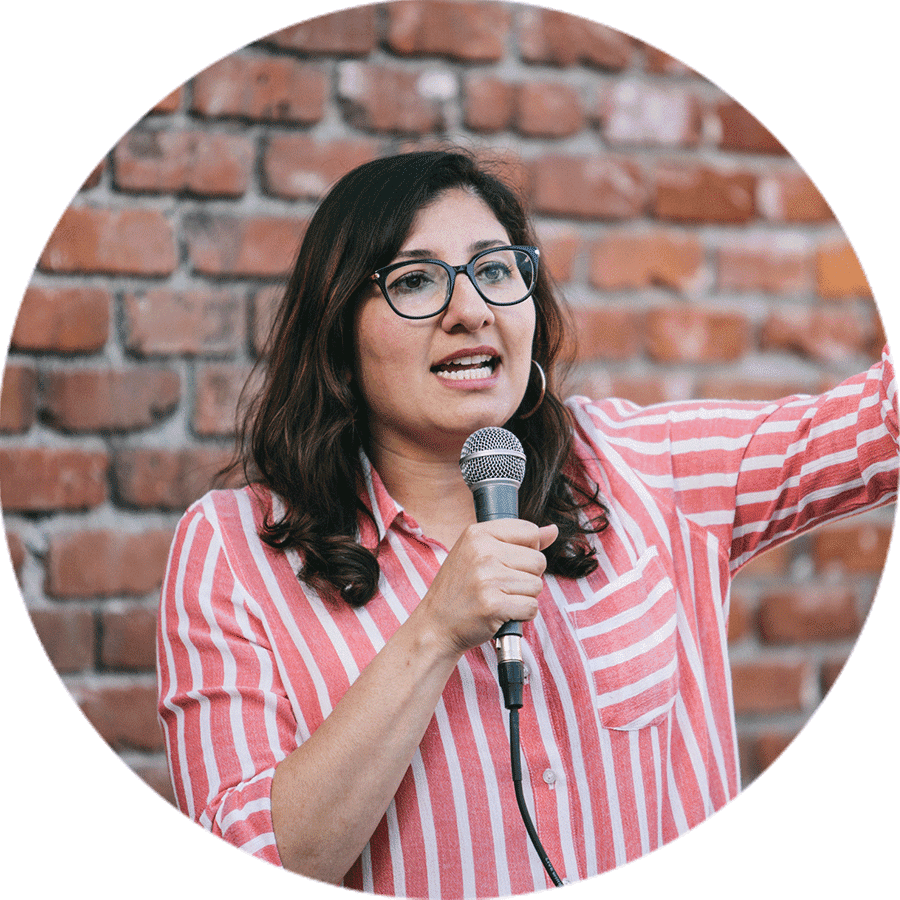
Asking students to lead parent-teacher conferences can help them build agency and take responsibility for their own learning.
Watch
How did Chicago give students a voice for change? Read this article and watch a video about the district’s Student Voice Committees.
Read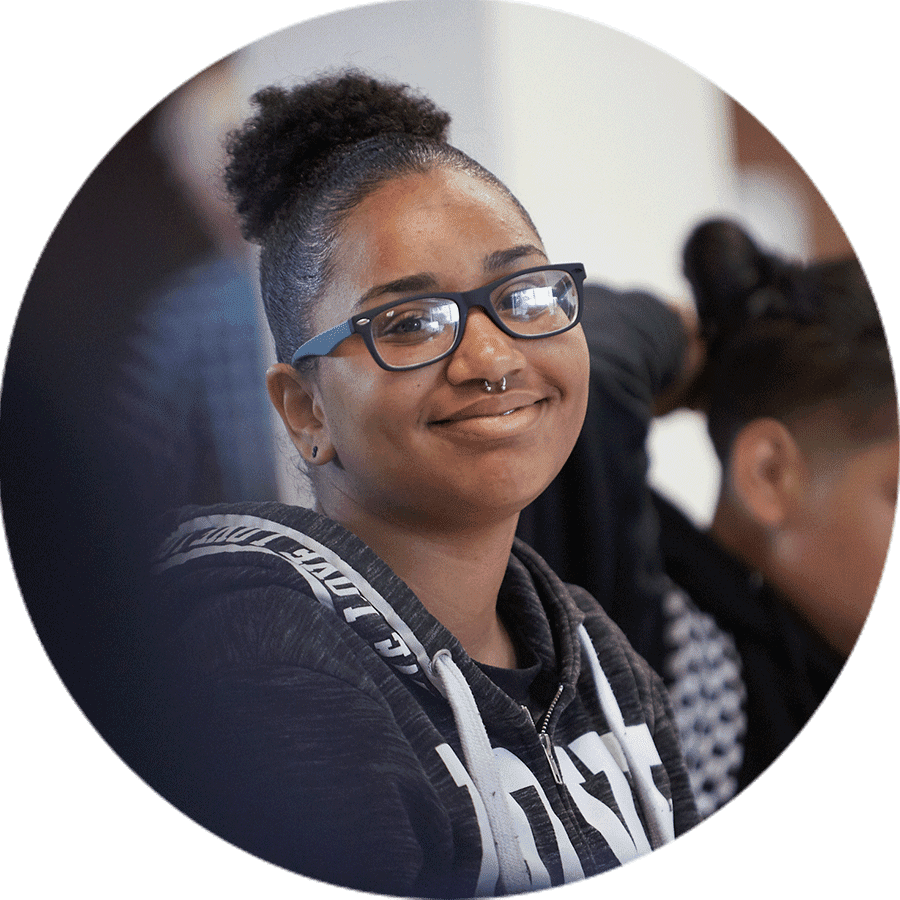
Student Voice is a student-led, national nonprofit advocating for student-driven solutions to educational inequity. There are lots of ways to get involved.
Explore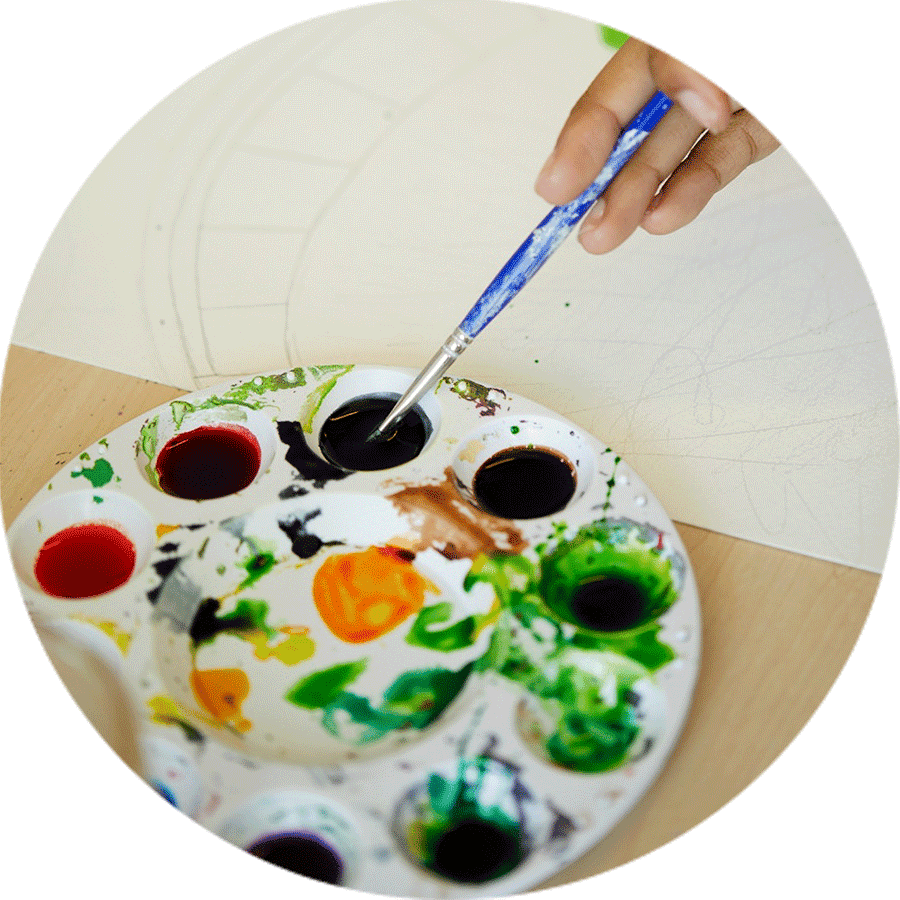
Find out how students at Iowa BIG took on a project to prevent childhood drowning by designing, testing, and marketing a cutting-edge pool alarm.
Watch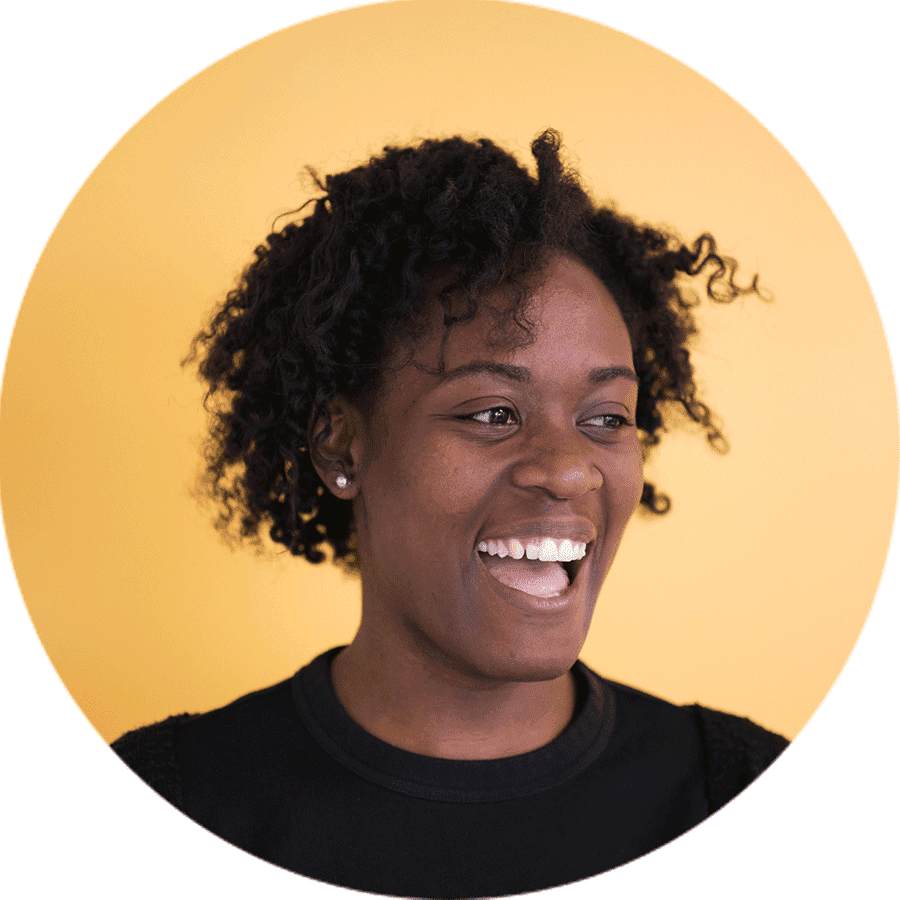
Listen to an inspiring edition of The Young and the Woke, featuring an Oakland student who became a food justice advocate.
Listen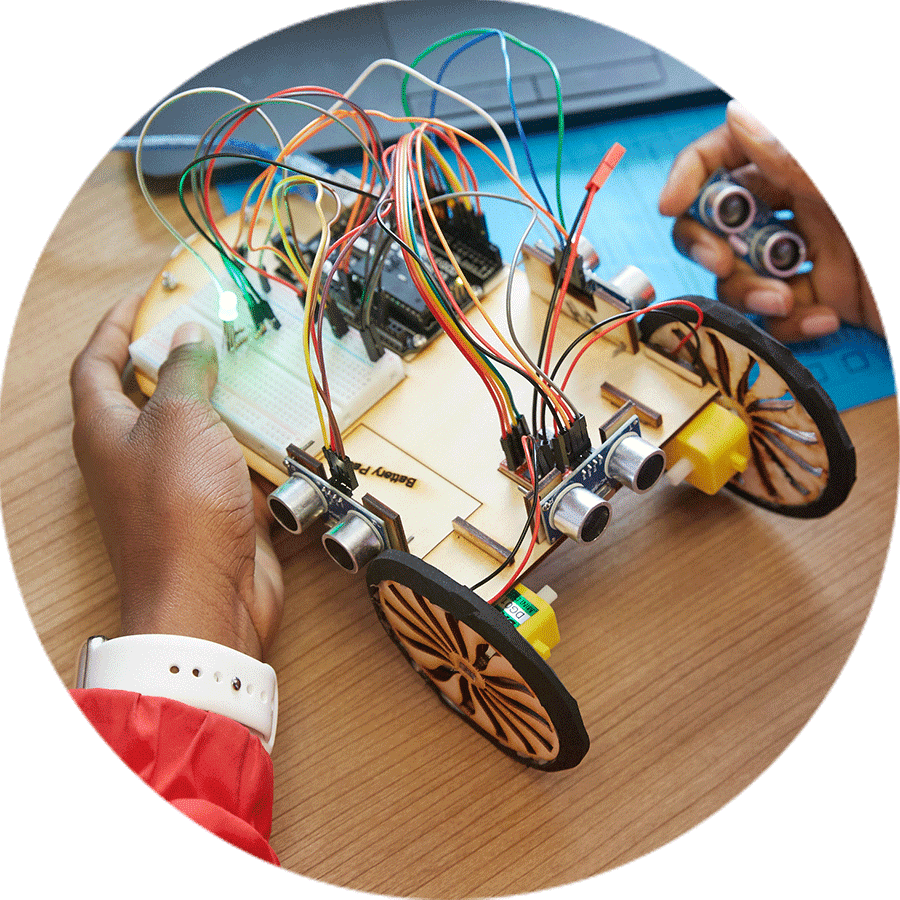
What is “citizen science” and how can it help students improve their communities? Here’s a story from one Philadelphia high school.
Watch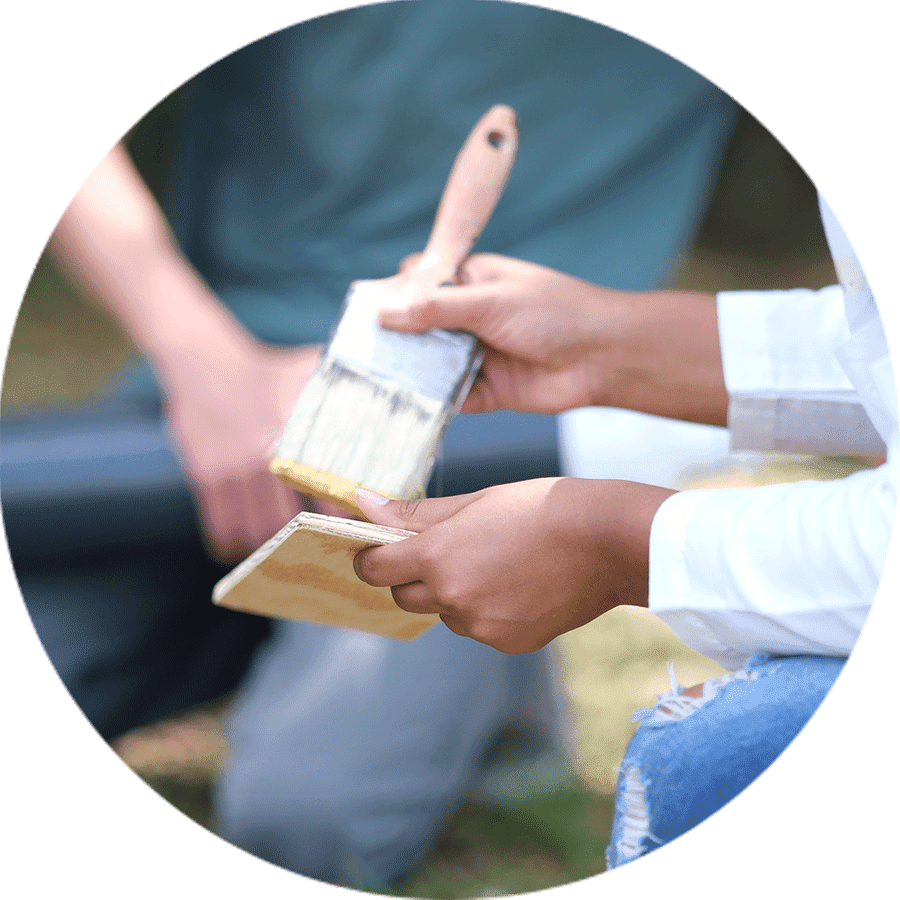
PSI = Problem-Solving Incubator. Discover how PSI High helps students learn by tackling real, local problems.
ReadNetworks and Partnerships
How can we expand the boundaries of learning beyond school?
Videos
More Resources On This Topic

This report from the Aspen Institute offers examples of innovative school-community partnerships from around the country.
Read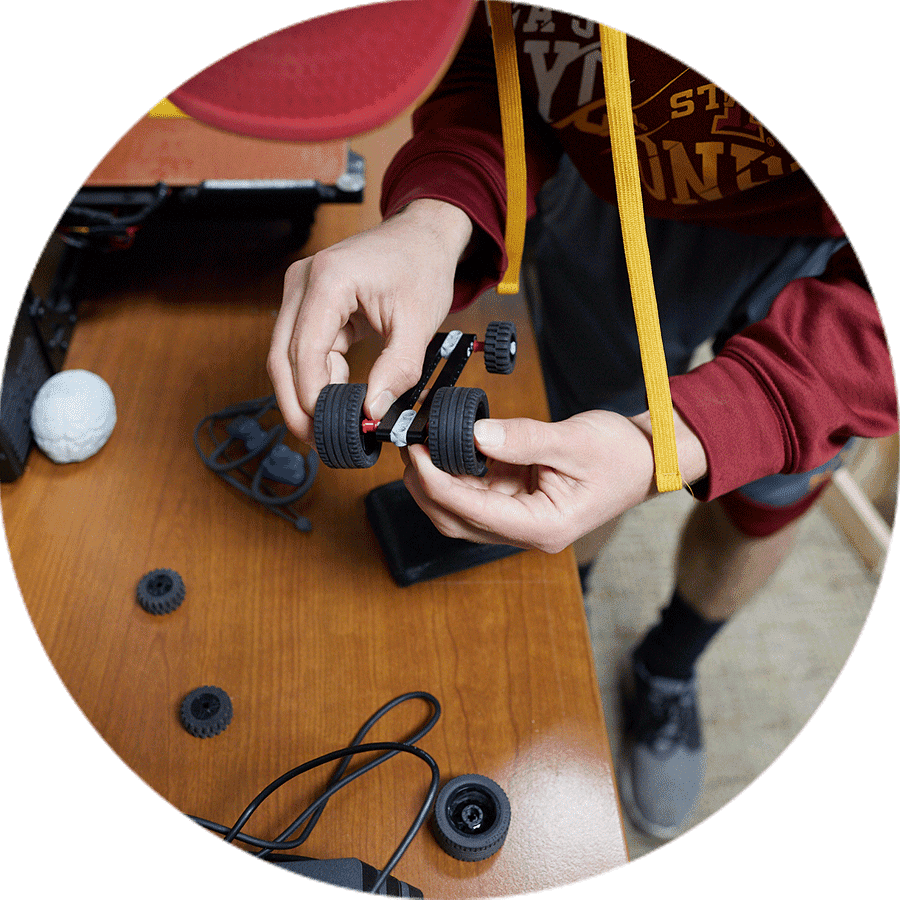
Through the HUB, the Providence After School Alliance offers high school students hands-on learning experiences throughout the city, supported by pairs of teachers and community educators. And its career exploration courses allow students to earn credit toward graduation by engaging in work-based learning with community partners.
Read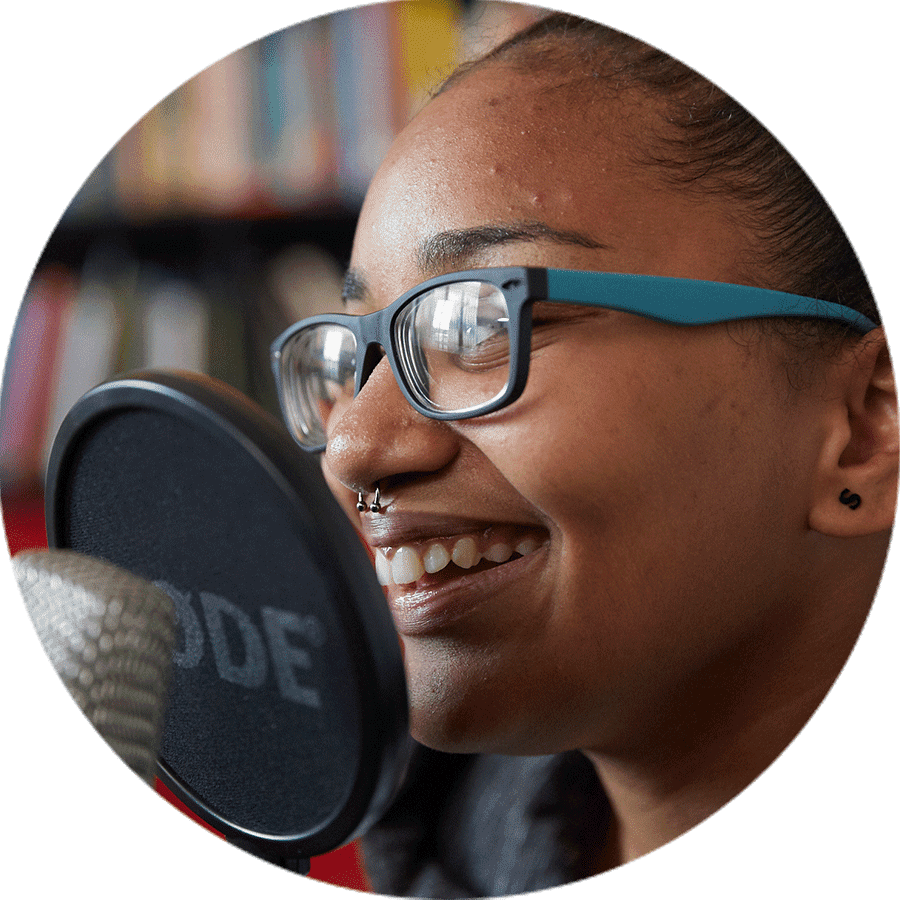
Discover what two XQ schools learned when they participated in a knowledge exchange to share their strategies and experiences implementing high school internships.
Read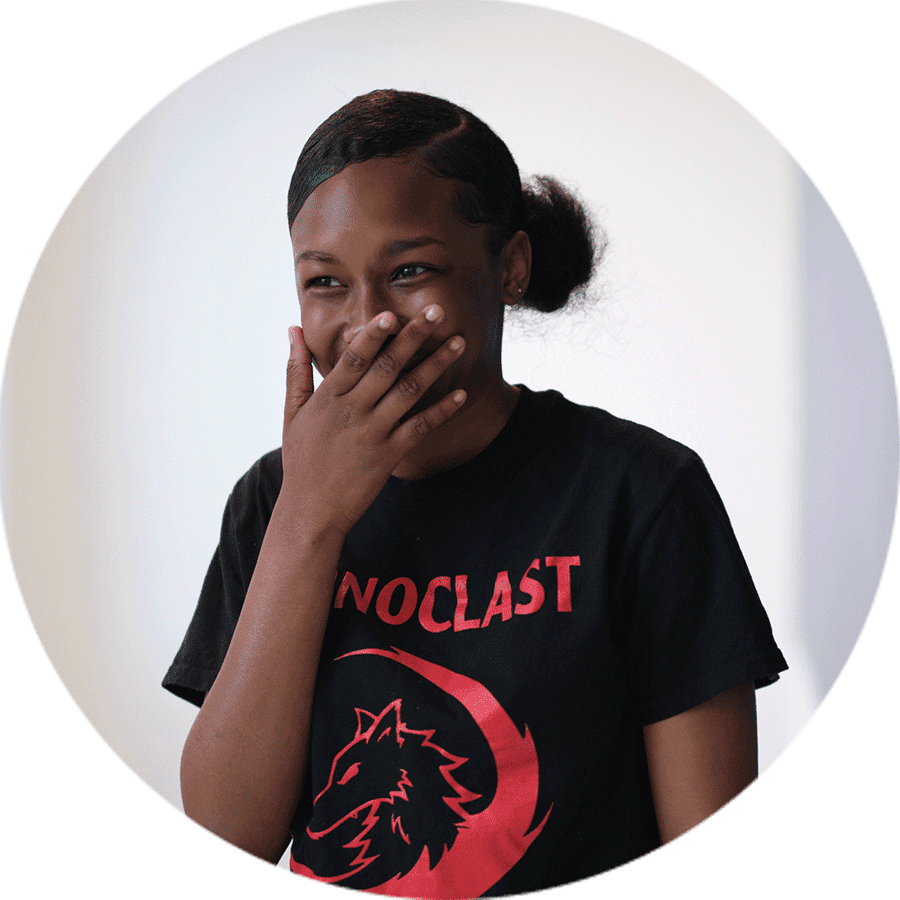
This action guide from the Center for Health and Health Care in Schools offers case studies and step-by-step advice to launch school-community initiatives that support students physically, mentally, socially, and educationally.
Explore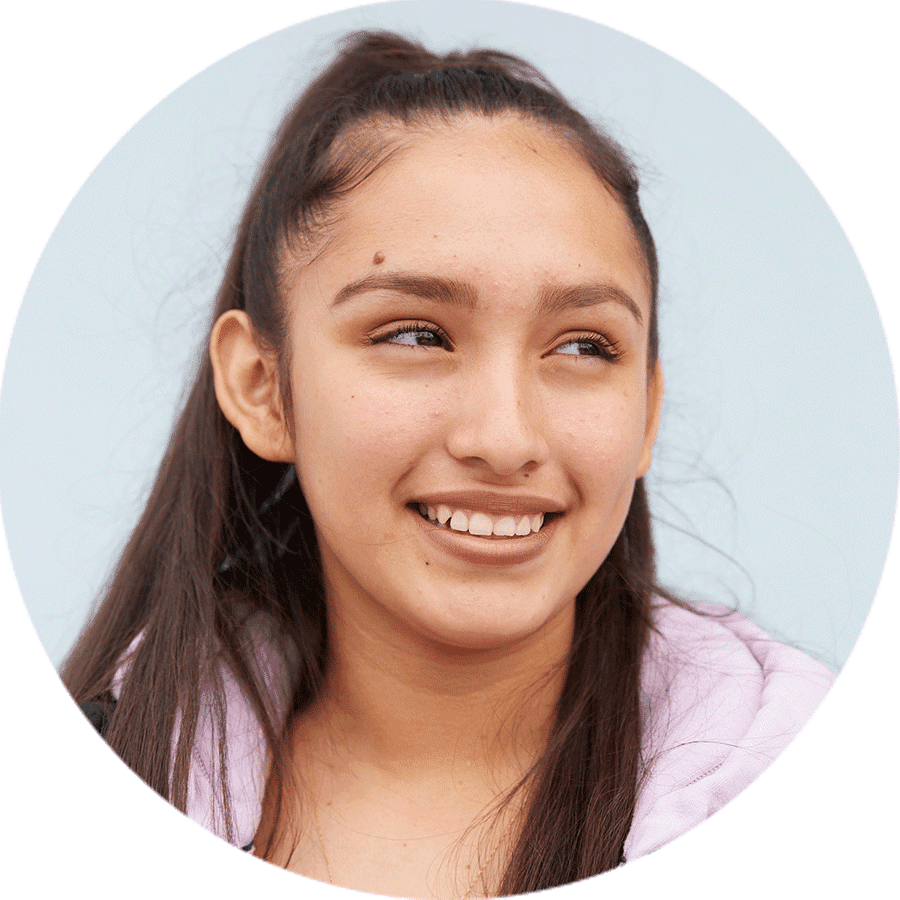
How can high schools work with partners to create integrated supports that promote college and career preparation for all? Stanford’s Gardner Center for Youth and Their Communities offers a guidebook based on lessons from California’s Linked Learning initiative.
Explore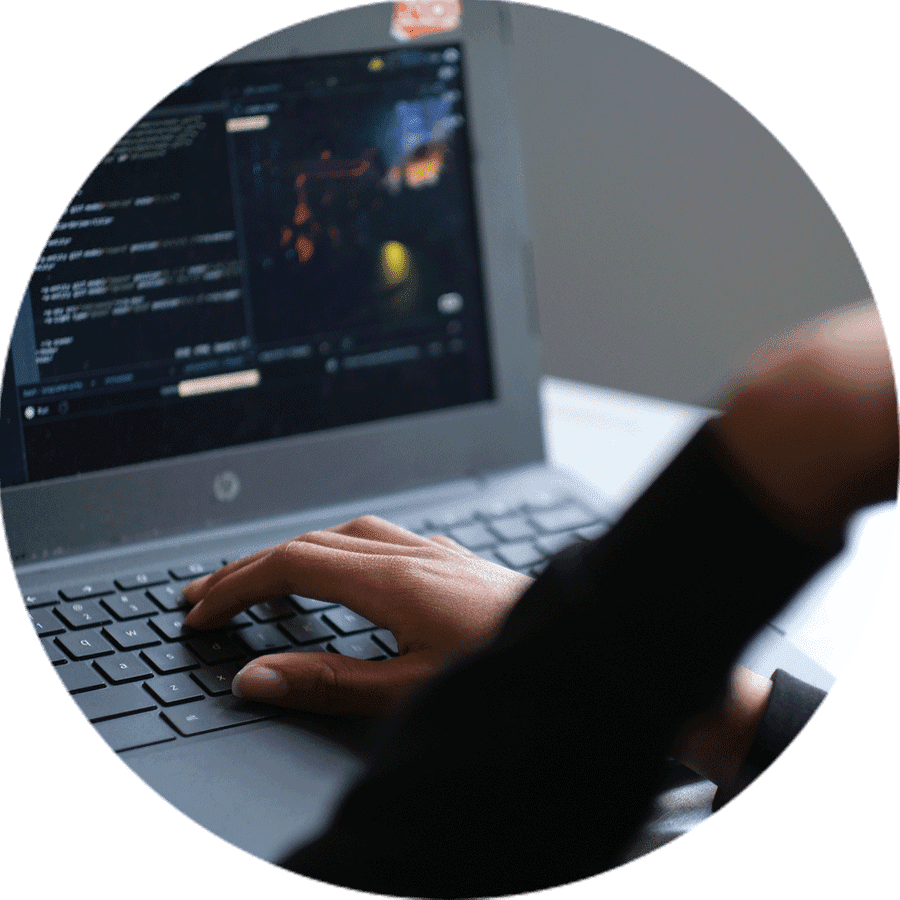
Work-based learning can benefit all students. In this article, three researchers offer strategies to provide engaging work-based learning experiences for secondary students with disabilities.
Read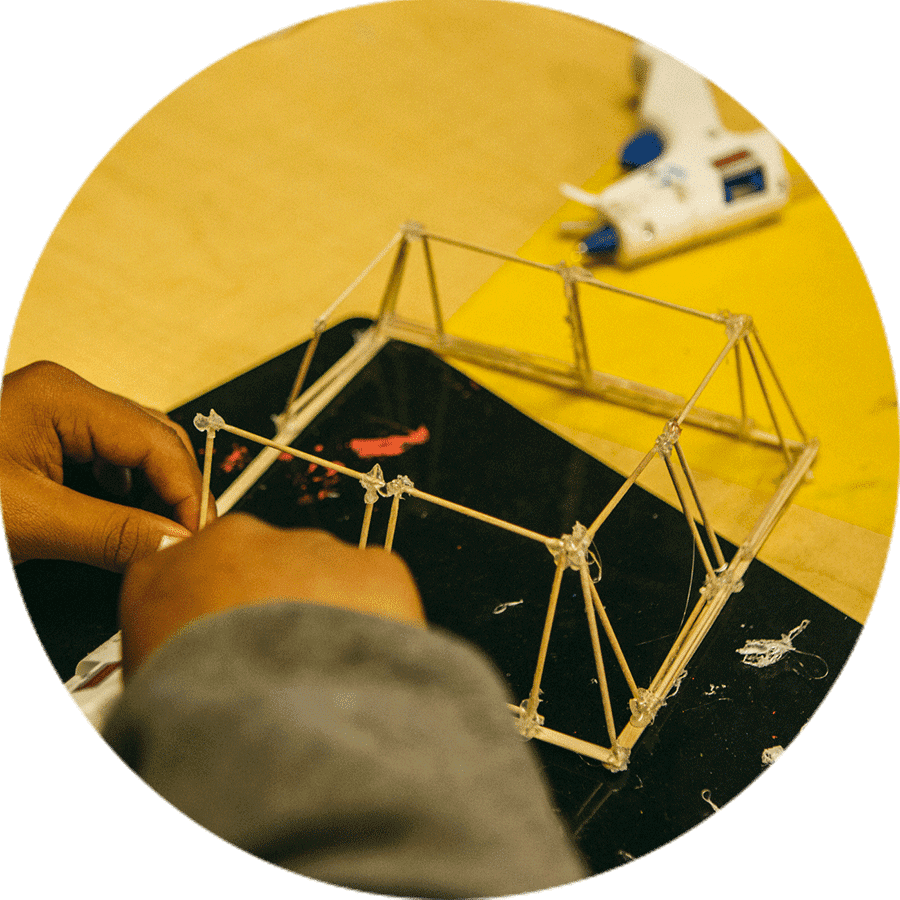
Read an excerpt from Julia Freeland Fisher’s book about how new technologies offer ways to connect students with coaches, mentors, experts, and opportunities outside of school, enabling them to build valuable “social capital” in the process.
Read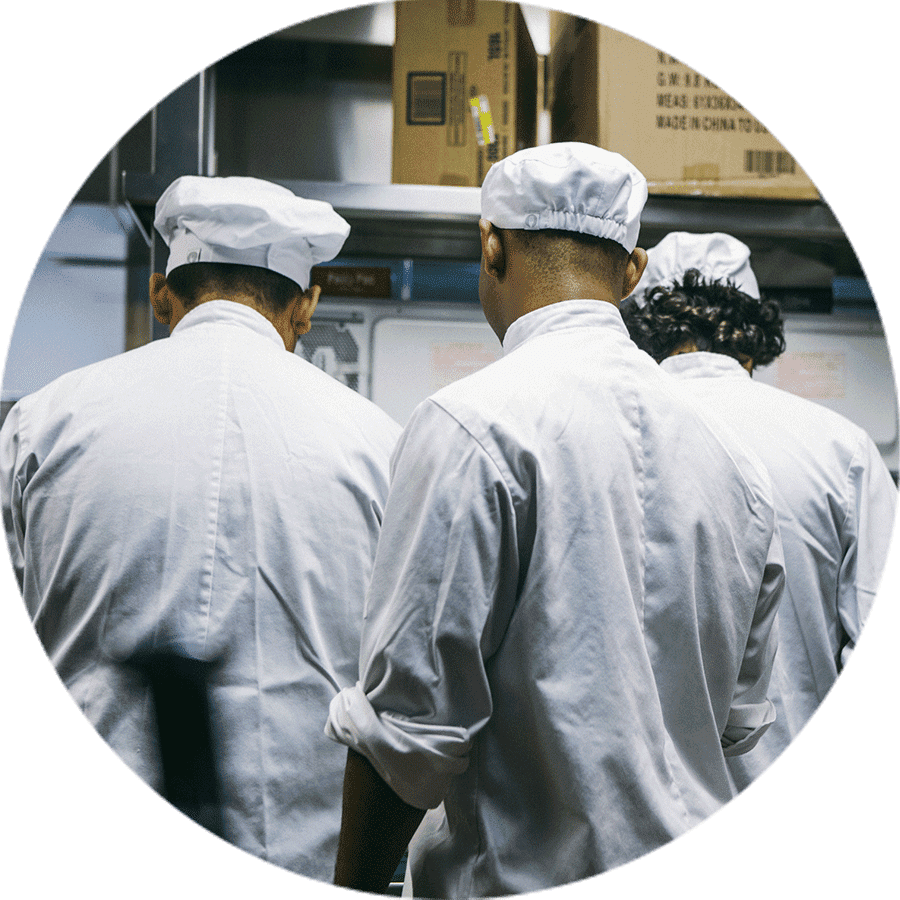
Dive into this comprehensive guide from FHI360 for practical advice on how to partner with employers to offer your students various kinds of work-based learning experiences—from field trips to internships.
ExploreDive Deep
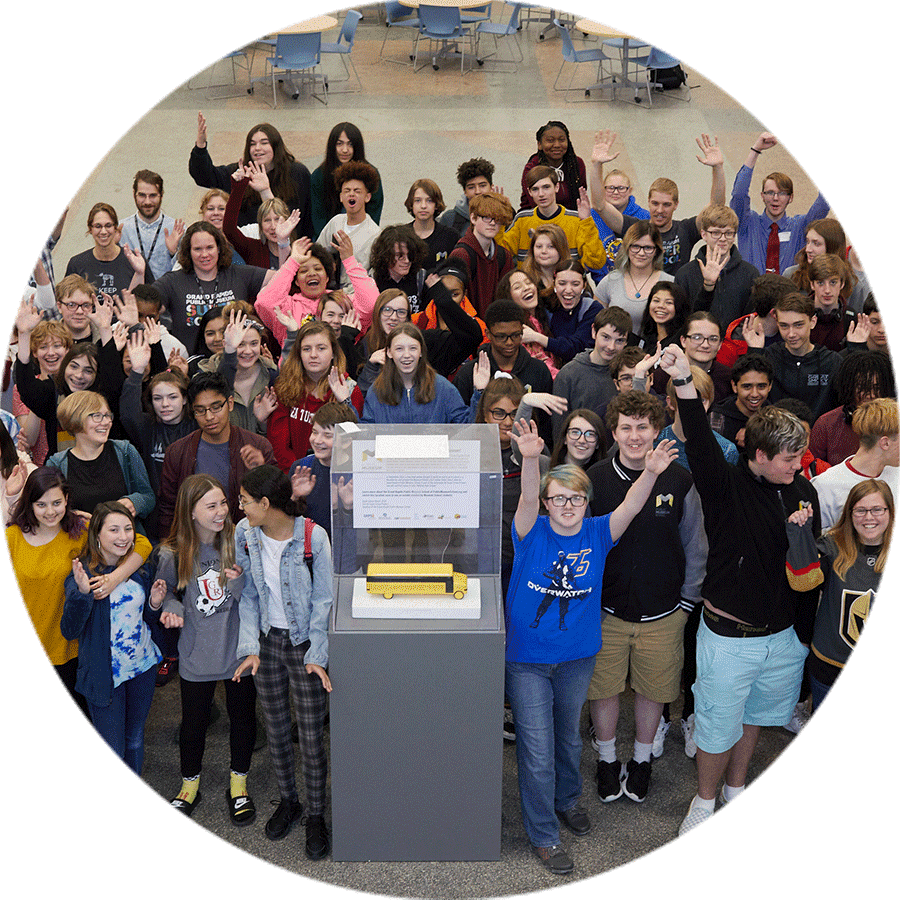
In New York City, high school apprentices in the ExpandEd Options program earn academic credit and learn skills that set them up for paid summer jobs.
Explore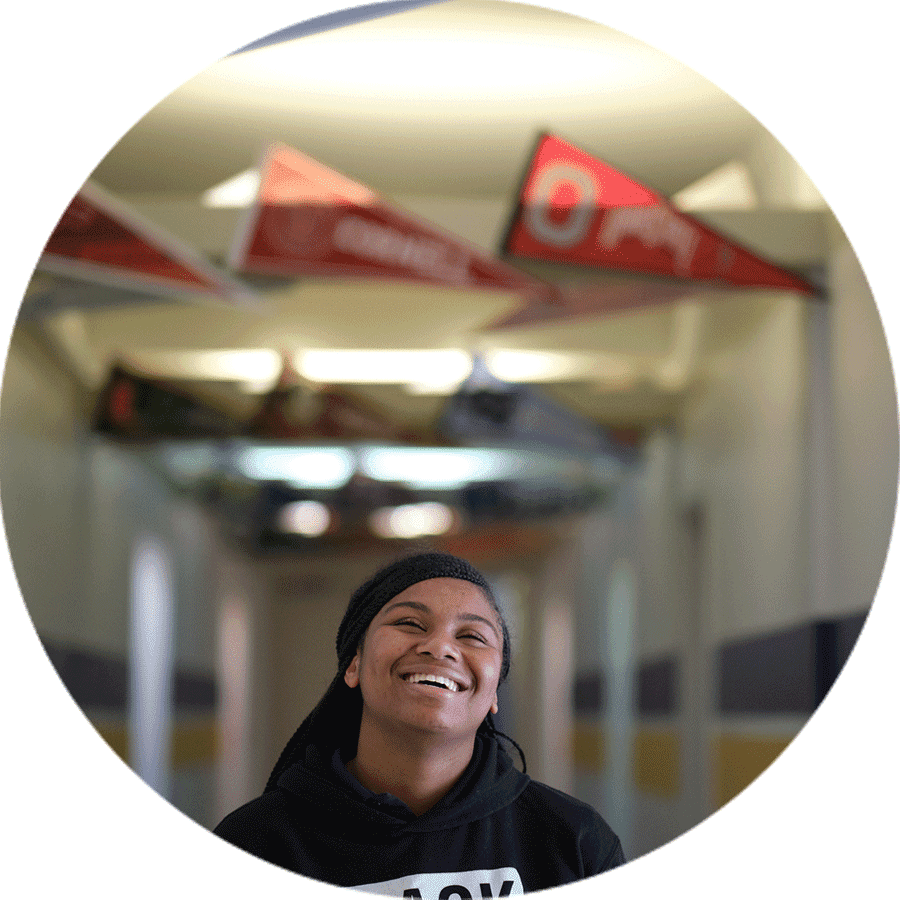
For many students, a parent can help navigate the path after high school. But what about kids whose parents never went to college? College Track provides an answer.
Explore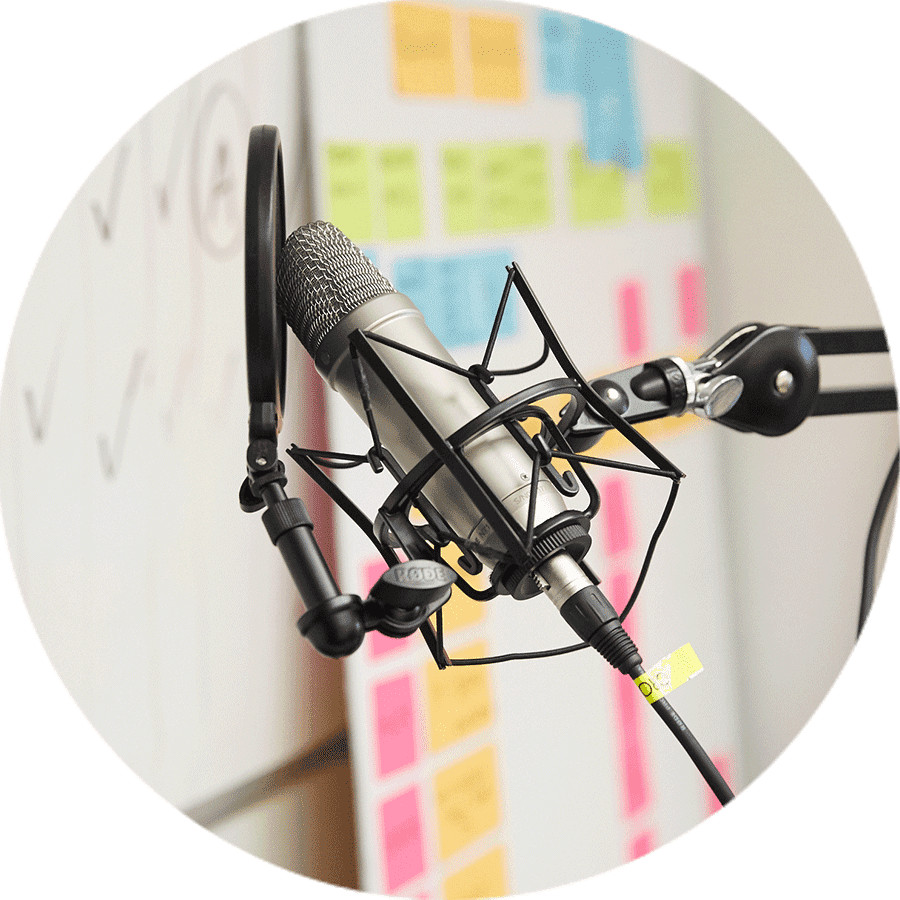
Leaders from two XQ schools share their tips for creating the perfect high school internship program.
Read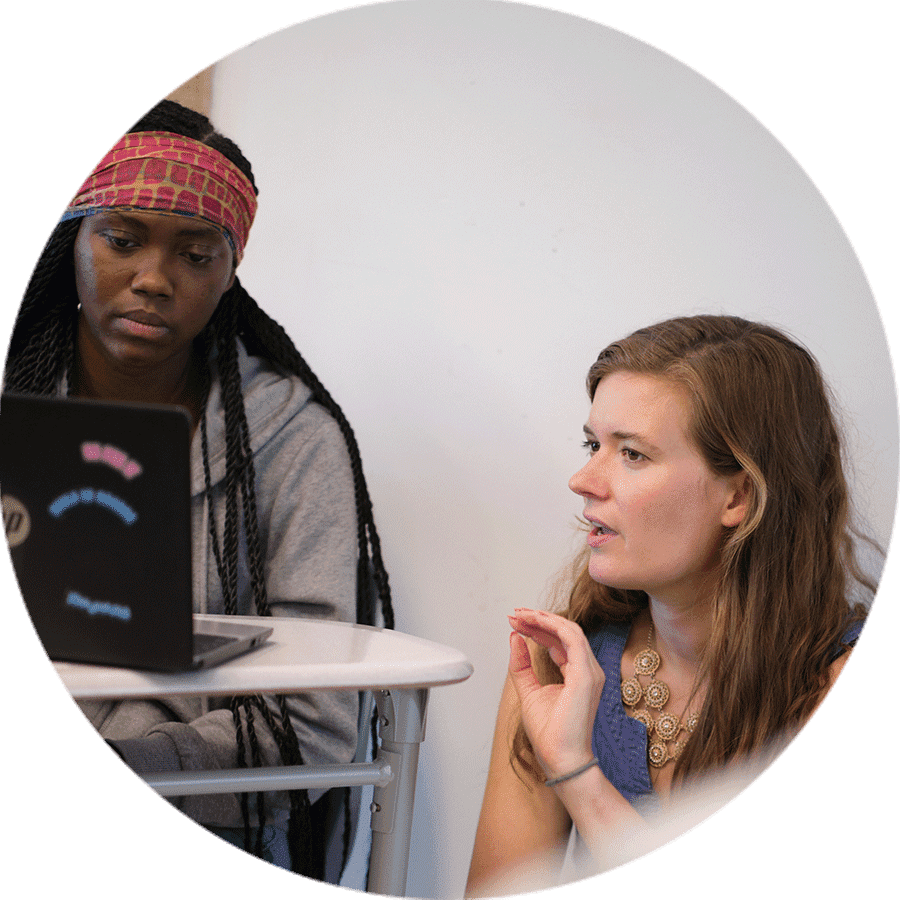
Interested in starting a mentoring program? MENTOR offers guidance on how to do it right—including tips on how to create and manage a virtual mentoring program.
Explore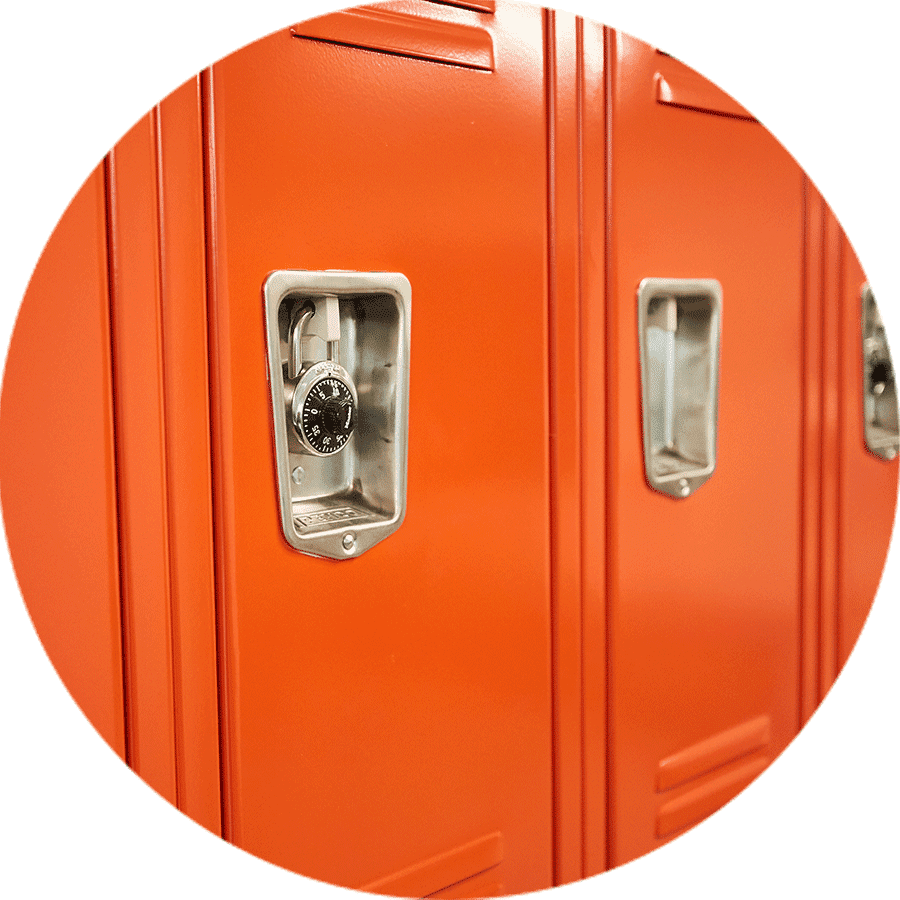
How does this STEM-focused school open up so many cool opportunities to its students? The answer is simple: partnerships—from the initial collaboration with Purdue University to dozens of partnerships with business and industry.
Explore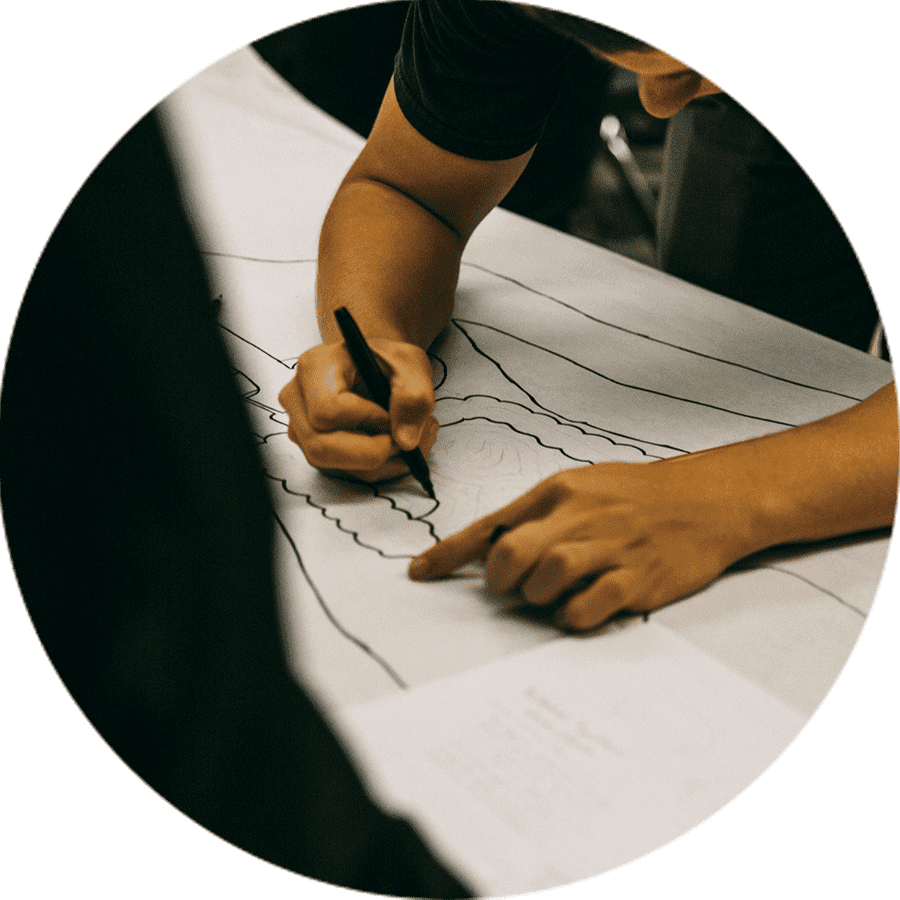
NBC News traveled to Endicott, NY, the birthplace of IBM, to get a closer look at Tiger Ventures, an XQ school, and its innovative incubator space.
Watch
This report from Jobs for the Future shows how a community college in Ohio has worked with area school districts so high school students can earn college credit.
Read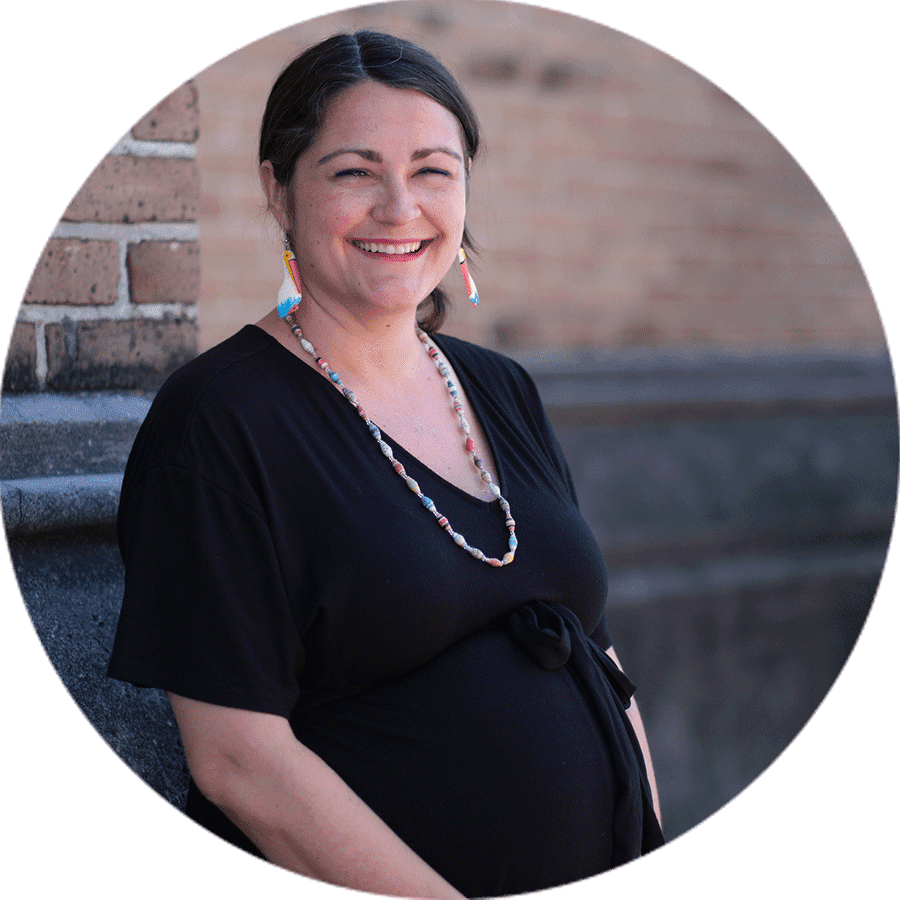
State laws and regulations play a big role in whether students can enroll in college-level courses and how much tuition they might need to pay. Visit the Education Commission of the States to learn about your state.
Explore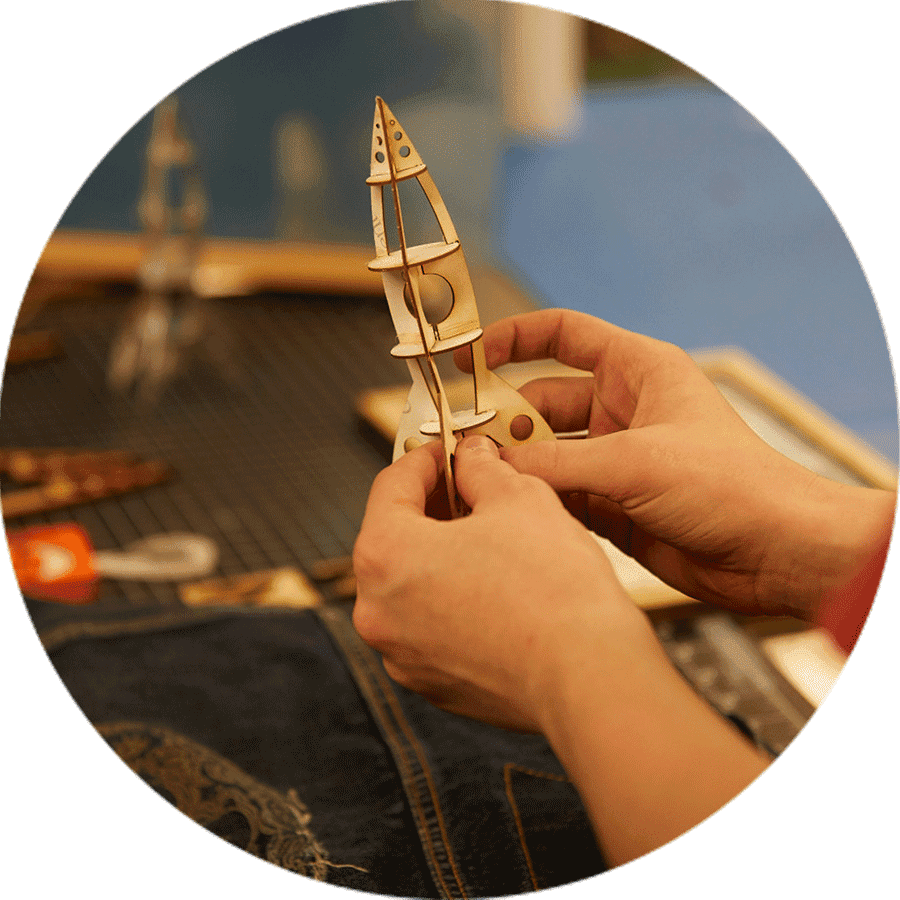
There’s no shortage of real-life challenges for students to engage in, so why not use them as learning experiences? Here’s how they do it at Crosstown High.
Explore
Visit Edutopia to learn more about how Montpelier High School leverages community partnerships to expand possibilities for learning.
Explore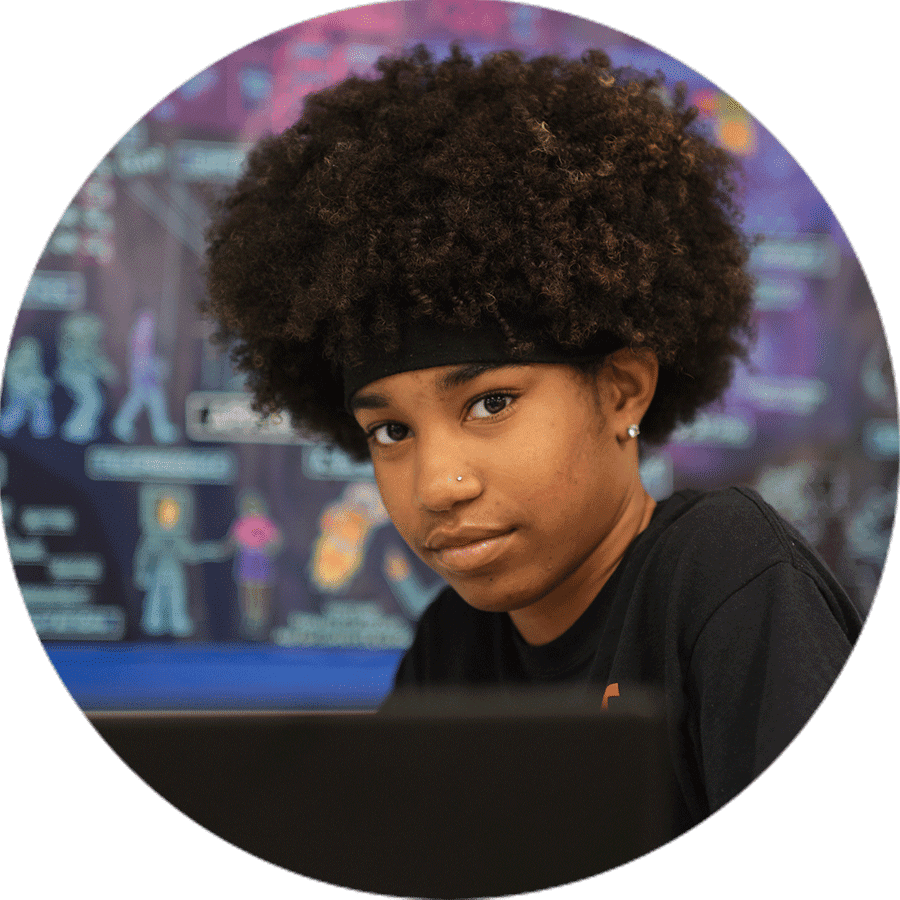
Read about the schools in the Urban Assembly network to see how partnerships can make themes like wildlife conservation, law and justice, or design and construction real.
Explore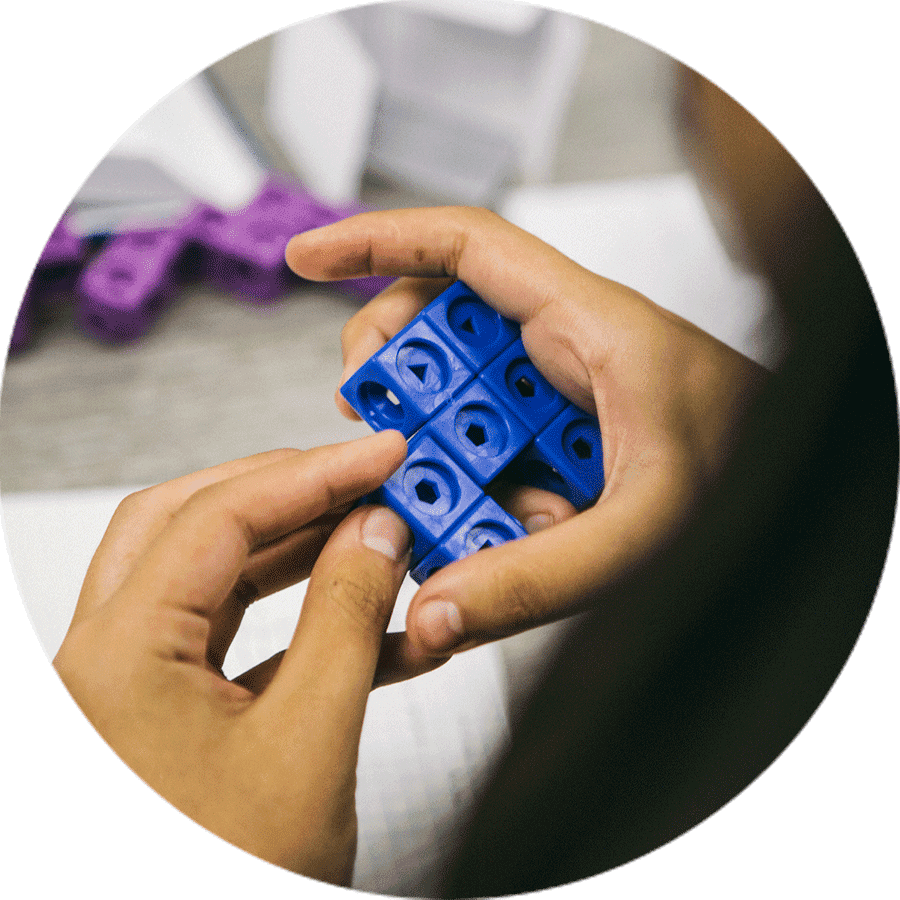
Leaders of two XQ schools offer advice on how to engage community partners.
ReadCapstone Activity
Downloadable Materials
Talent and Training
How can schools identify, attract, develop, and retain the very best people?
Videos
More Resources On This Topic

Brooklyn LAB High School, an XQ School, has developed a distinctive fellowship and residency program to build its own teacher pipeline.
Watch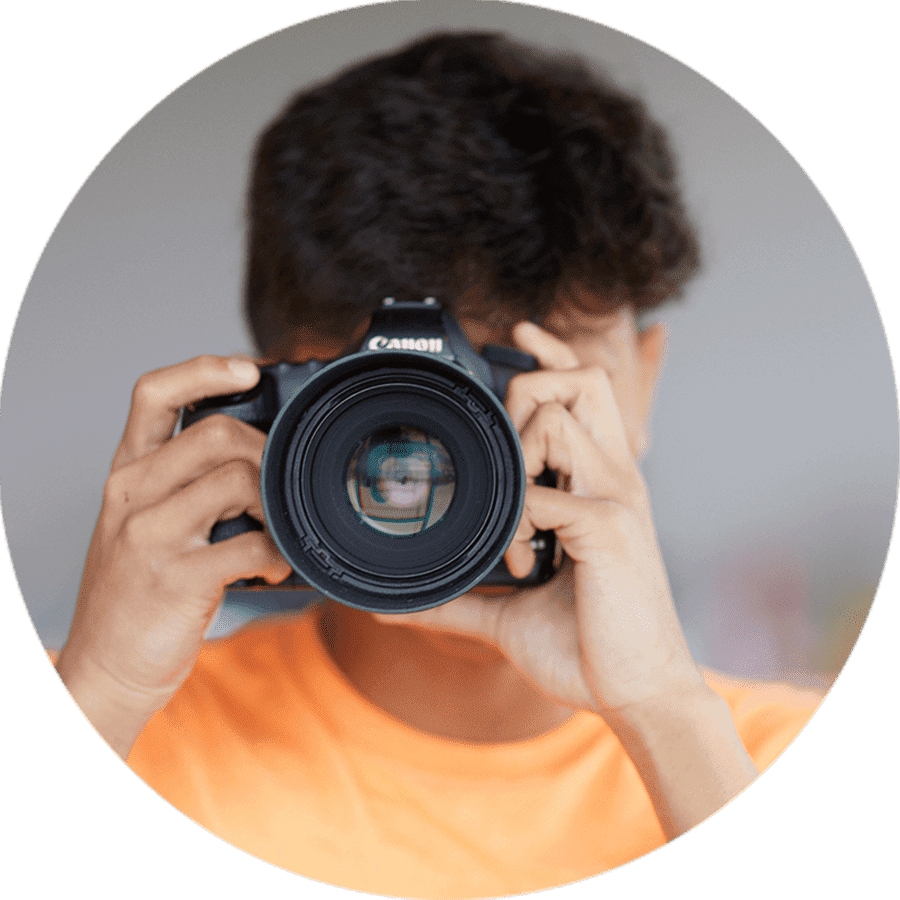
Discover how High Tech High prepares educators who can succeed in its project-based model focused on deeper learning.
Explore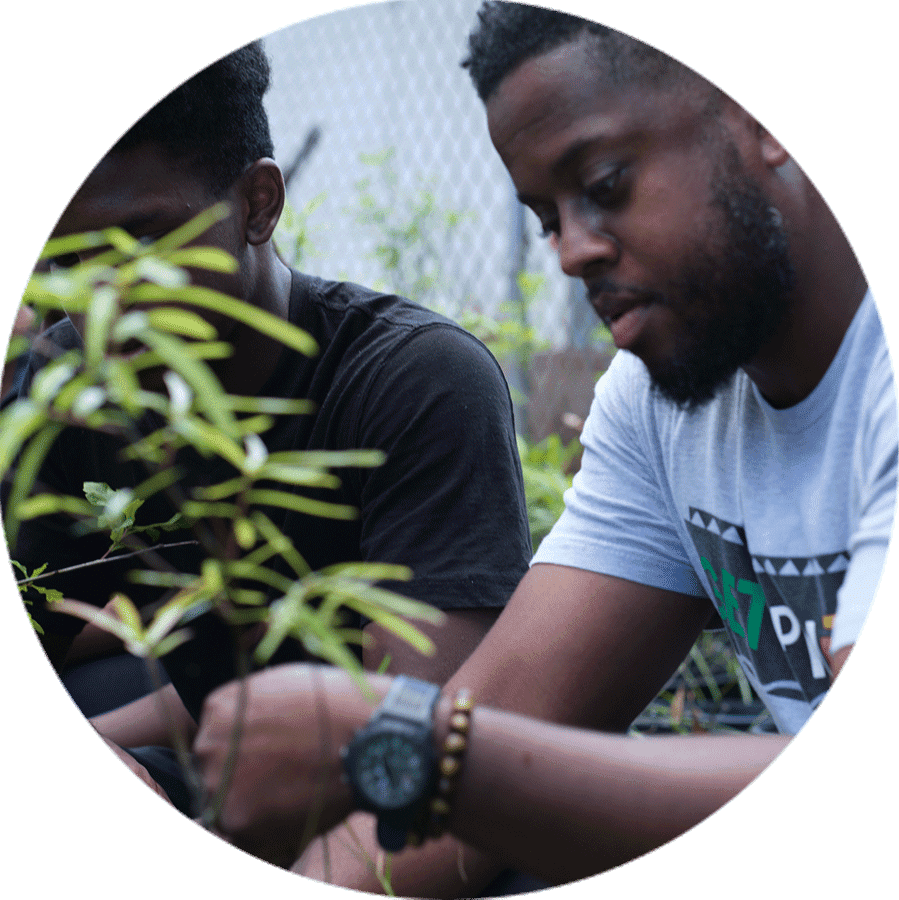
How do you staff a high school to meet the many needs of at-risk youth? Assistant principal Erin Whalen describes how DaVinci RISE High evolved its staffing strategy over time.
Read and Watch
Watch this video about a Washington, D.C. school to see what a schoolwide "instructional leadership team" can look like in action.
Watch
Hiring teachers of color is just the first step. This study by the Education Trust and Teach Plus reveals how to keep them.
Read
How can a school support staff in building a long-term culture of anti-racism? This resource from TFA explores the issues—and what school leaders can do.
Read More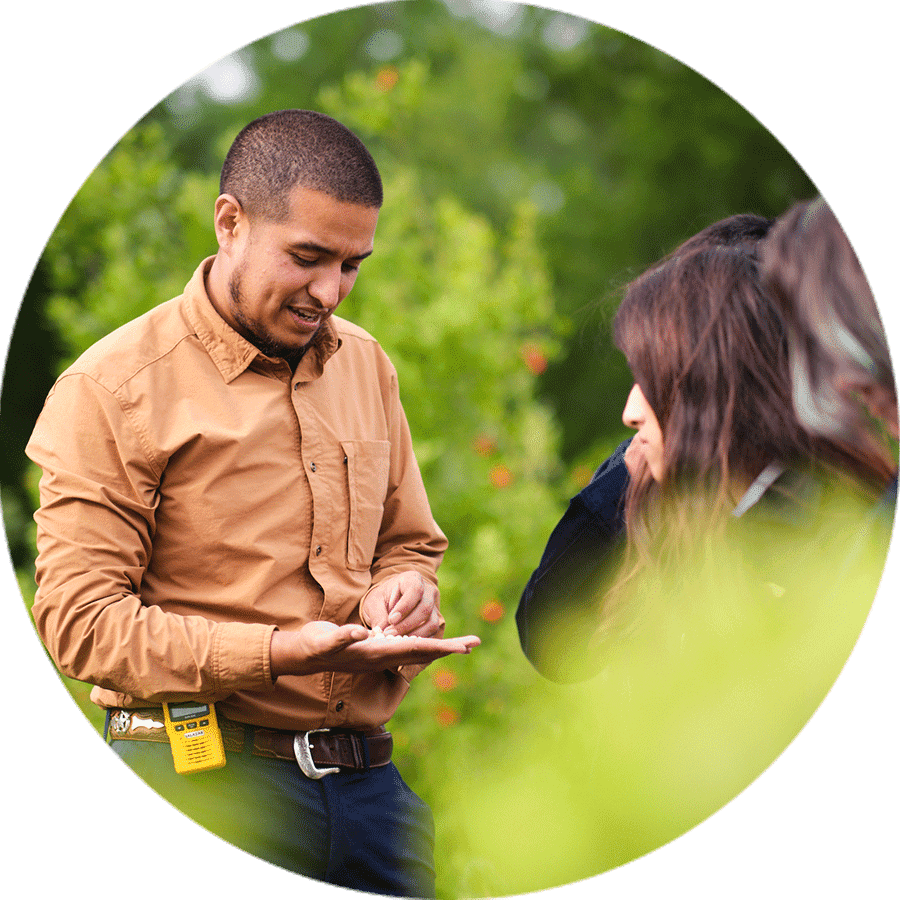
This library of webinars from the National Equity Project can support the deep work of addressing racial inequity within a school.
Watch
CompetencyWorks describes how to grow, develop, and sustain educators who can succeed in competency-based learning environments.
ReadDive Deep
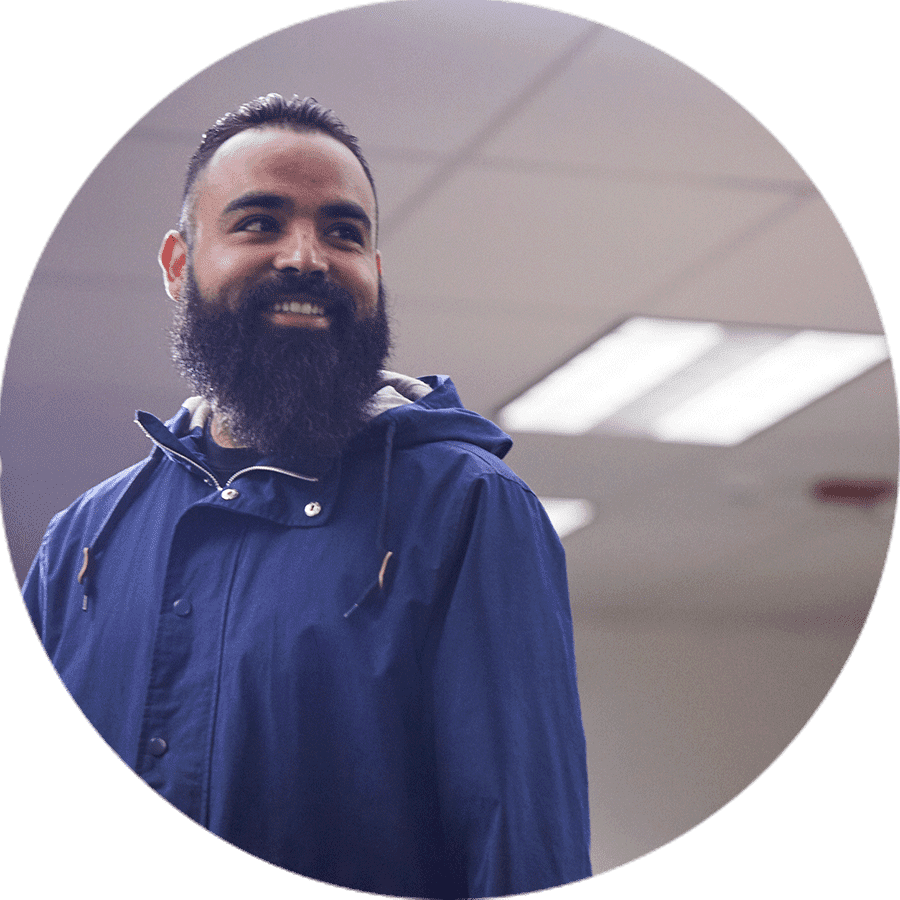
The New Leaders website is full of helpful resources, including its Transformational Leadership Framework and study of Ambitious Leadership in effective schools.
Explore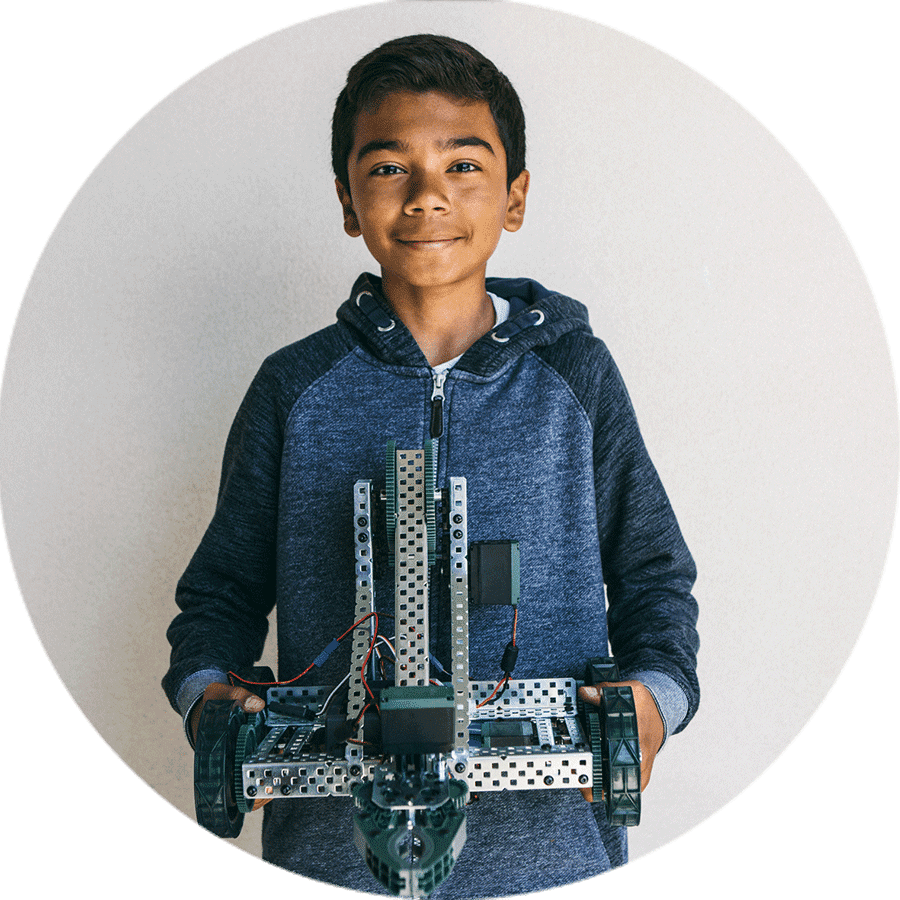
This report by the Wallace Foundation culls more than a decade of research on school leadership to distill the five key practices of effective school leaders.
Read
Five practices that improve collaboration, from the National Association of Secondary School Principals.
Read
What does it take to successfully lead schools that adopt learner-centered, personalized approaches to education? Explore these competencies to find out.
Read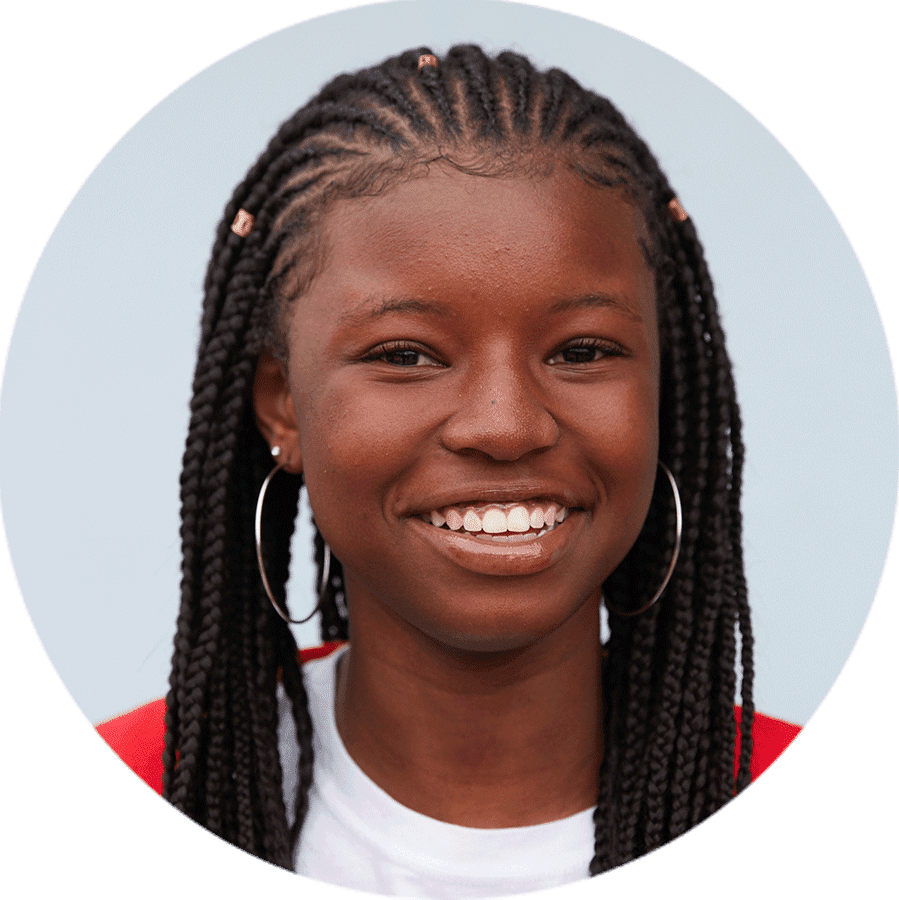
The Learning Policy Institute offers a wealth of information on recruiting and retaining an excellent, diverse corps of teachers.
Explore
Principal Sharif El-Mekki explains how to hire and coach your way to a school that’s truly grounded in anti-racist practice.
Read
How can schools transition new teachers to succeed in innovative learning environments? Learning Accelerator has “Problems of Practice” modules that can help
Read
80% of Brooklyn LAB staff members identify as people of color, and the majority hail from immigrant communities. Learn how teacher diversity supports all learners in this virtual school visit.
Read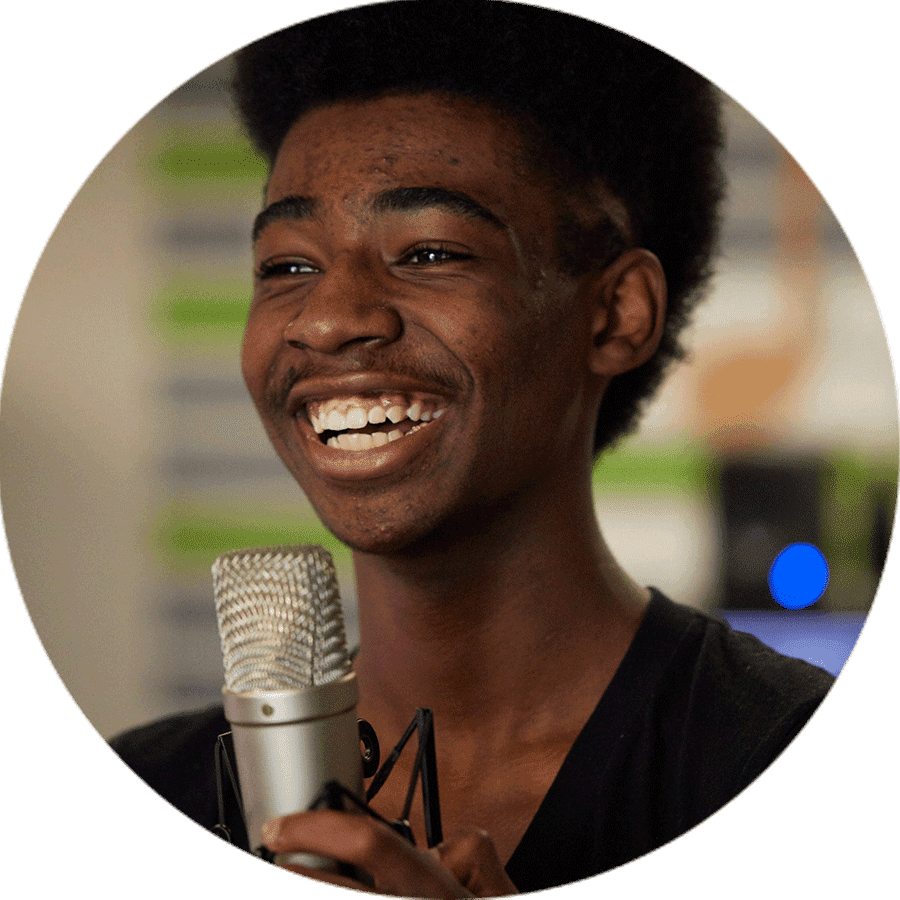
The Learning Policy Institute summarizes what the research shows about effective teacher learning in today’s schools and classrooms.
Read
Managed well, a professional learning community can open avenues for innovation, exploration, and professional growth.
Read
A national survey reveals surprising insights into what teachers want when it comes to professional learning.
Read
Crosstown High teacher Ryan Dixon explains how his Memphis school puts understanding students and their community at the forefront of professional learning.
ReadStudent Assessment
How can we make assessment meaningful and useful for students?
Videos
More Resources On This Topic
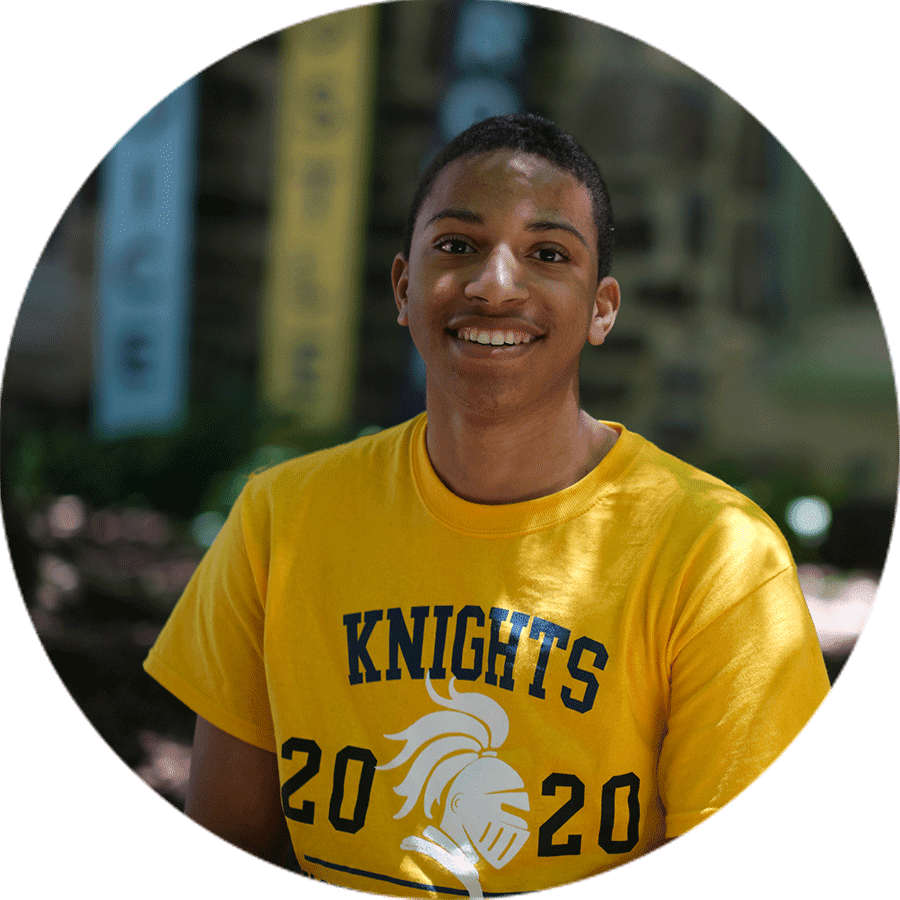
High school social studies teacher Bethany Petty explains how she helped her students use basic digital tools to track and take ownership for their learning.
Read
Visit the Performance Assessment Resource Bank to explore a library of authentic performance tasks, searchable by high school grade level and subject area.
Explore
Maya Kaul explains how performance assessment can support culturally-relevant learning for diverse students in this blog post for the Learning Policy Institute.
Read
Scientific American delves into the research behind the striking finding that low-stakes or no-stakes quizzes and practice tests can boost student learning, not just measure it.
Read
Watch this “60-Second Strategy” video from Edutopia to find out how a fishbowl discussion technique can help high school students provide constructive feedback to peers.
Watch
Circulos High, an XQ school in Santa Ana, California, rounded out the 2019-20 school year with a “virtual exhibition” of place-based, project-based learning.
Read
Learn how some school districts are finding new ways to engage students in authentic assessment through Virginia’s Student-Led Assessment Network.
Read
When assessing low-income students or students of color, adults can unconsciously apply lower expectations.
ReadDive Deep

What does it take to make student self-assessment and peer-assessment effective? Watch these four videos for tips and strategies.
Watch
Check out this three-page guide from the How I Know Project to discover ten ways students can play an active role in formative assessment.
Explore
Some competency-based high schools let students choose how to demonstrate mastery. Watch this video to find out why New Hampshire’s Pittsfield Middle High is one of them.
Watch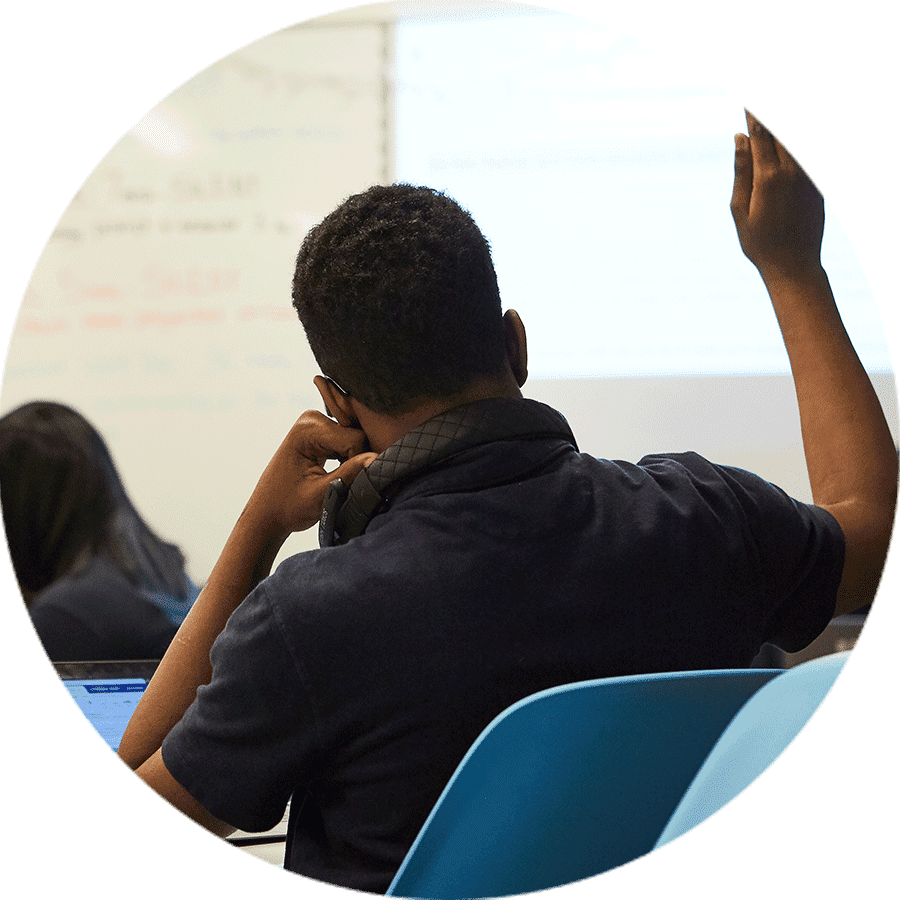
How can performance assessments be designed to drive student learning, and also be learning experiences in their own right? Check these tools from Envision Learning Partners to find out.
Read
Listen in as Joe Feldman discusses the pillars of equitable grading in this Harvard EdCast podcast.
Listen
Learn how Oakland revamped its Capstone Graduation Project to foster more equitable expectations and opportunities for students.
Read And Watch
EL Education schools use “passage presentations” as one component of a student-engaged assessment system. Watch this video to see what this looks like in action.
Watch
A culminating portfolio defense is a rigorous, creative way for students to present their learning. Envision Learning Partners offers tools that explain how it’s done, including virtually, and why the approach can help drive school transformation.
Read
In a guest post for XQ, Elizabethtown High’s vice principal Sherri Nelson explains why it’s important for schools to develop a positive and beneficial testing culture.
Read
Find out what the latest research says about testing, including the big benefits of frequent low-stakes quizzes for students.
Read
The Stanford Center for Opportunity Policy in Education shares advice on creating a system of performance assessments, based on its work with Linked Learning.
Explore
Explore how a national project is helping educators around the country rethink assessment, then delve into its extensive library of tools, strategies, and stories.
ExploreTime, Space, and Technology
How can we rethink when, where, and how learning happens?
Videos
More Resources On This Topic

Learn how one North Dakota high school adopted “flex-mod” scheduling to make time for competency-based learning.
Read More
What are you trying to accomplish with your schedule? This checklist from Education Resource Strategies will help you set priorities and achieve them.
Read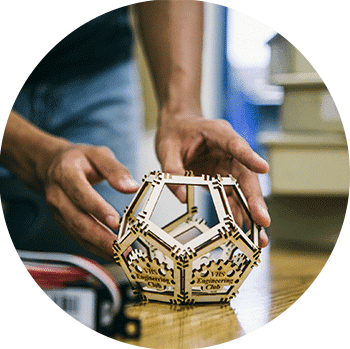
Explore findings and recommendations from the first in-depth study of K-12 makerspaces in the U.S., conducted by the ExCITEe Center at Drexel University.
Read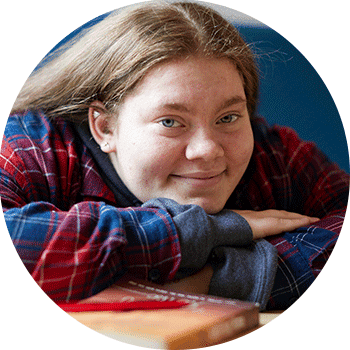
“Innovators no longer speak of ‘classrooms.’” The Associated Press investigates trends in designing space for today’s learners.
Read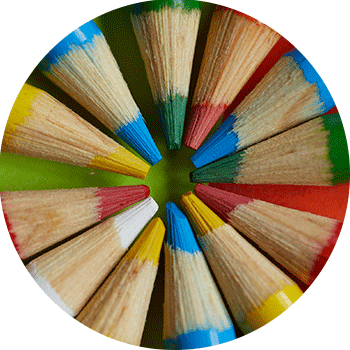
Follow a team of Wisconsin educators on a “learning walk” to discover how teachers and students are using flexible spaces at Kettle Moraine High School.
Watch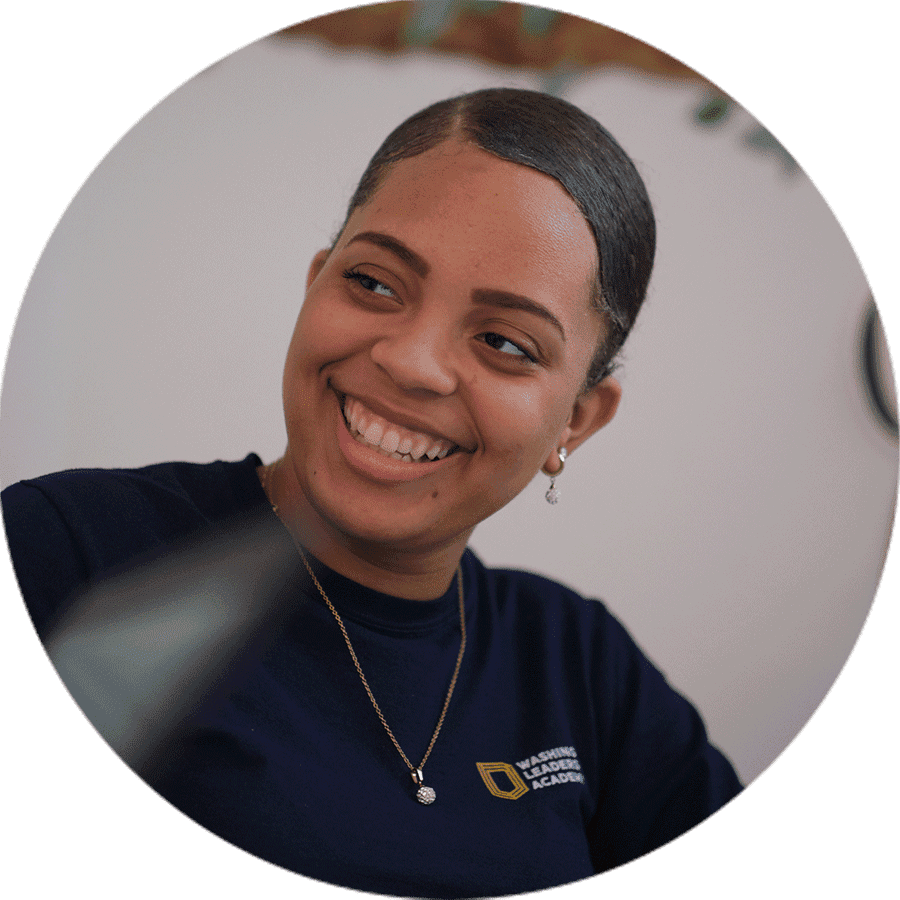
Concerned about getting the most from your ed tech choices? Explore Education Week’s special report, “Why Ed Tech Is Not Used and What to Do About It.”
EXPLORE
Common Sense offers advice on how to use technology to support ELL students.
EXPLORE
The International Society for Technology in Education outlines seven ways educational technology can help prepare students to thrive in a constantly evolving tech landscape.
Read
Purdue Polytechnic High School partnered with CourseNetworking to develop a digital platform for ePorfolios. Read an interview with a student about his experience with digital badging.
Read
MIT’s Poverty Action Lab offers five key lessons for educators based on 126 rigorous experimental studies of technology use in education.
ReadDive Deep

This example-laden website from Abl Schools offers a “schedule library” and nearly 20 ways schools can innovate with time.
Explore
Emily Liebtag and Mary Ryerse give an overview of new approaches to scheduling and describe four major features of effective schedules.
Read
Explore this collection of scheduling tools and examples from The Learning Accelerator.
Read
Glen Whitman tells how his school revamped its schedule for grades 9-12 based on neuroscience research.
Read More
To get your ideas flowing, check out this gallery from Concordia, a planning and design firm that’s known for its community-centered approach.
Read
Watch this inspiring story of a rural Kentucky community that came together to build a cutting-edge learning environment for its students.
Watch
Hear from an architect who designs educational spaces that give students more agency in how, when, and where they learn.
Read and Listen
Explore the latest research-backed tools and recommendations on safe and healthy school facilities, from Harvard’s Schools for Health project.
Read
How do you run a successful education technology pilot in your school? This toolkit walks you through the eight steps and offers tips and tools along the way.
Read
When technology works well, it can unlock insights into student learning and save teachers a lot of time. The key to all that is data interoperability.
Read
Listen in to this Aurora Institute discussion among XQ school leaders on how the shift to remote learning opened up opportunities to advance equity.
Read
Hear from students and teachers at a Washington, D.C., high school that moved from lecture to a student-centered, tech-powered model of blended learning.
WatchFinancial Model and Sustainability
How can a school make the most of its resources to keep the focus on students?
More Resources On This Topic

The State University of New York Charter Schools Institute offers helpful budget templates.
Read
Do low-income students and students of color get their fair share of education dollars? This report by the Education Trust explores the most recent state-by-state data.
Read
The 74 created a “13 Things to Know About Charter Schools” flashcard series, which includes a helpful explanation of charter school funding.
Read
This guide from Public Impact illustrates how some schools use budgeting to enable innovative staffing models.
Read
The Learning Accelerator partnered with 13 education coaching organizations to help schools develop sound financial projections. A set of tools and case studies emerged from that work.
Read
Check out this infographic from Georgetown’s Edunomics Lab to learn about student-based vs. traditional funding formulas and how districts distribute funds to schools.
Read
Education Resource Strategies shares five “power strategies,” with examples, that can help schools focus their investments to accelerate equity-focused recovery and redesign.
Read
Check out this library of research-backed resources on equitable public school finance from the Learning Policy Institute.
ReadDive Deep

Get schooled on how state funding formulas work. This report from the Urban Institute outlines the most common formulas states use to allocate dollars to districts and schools.
Read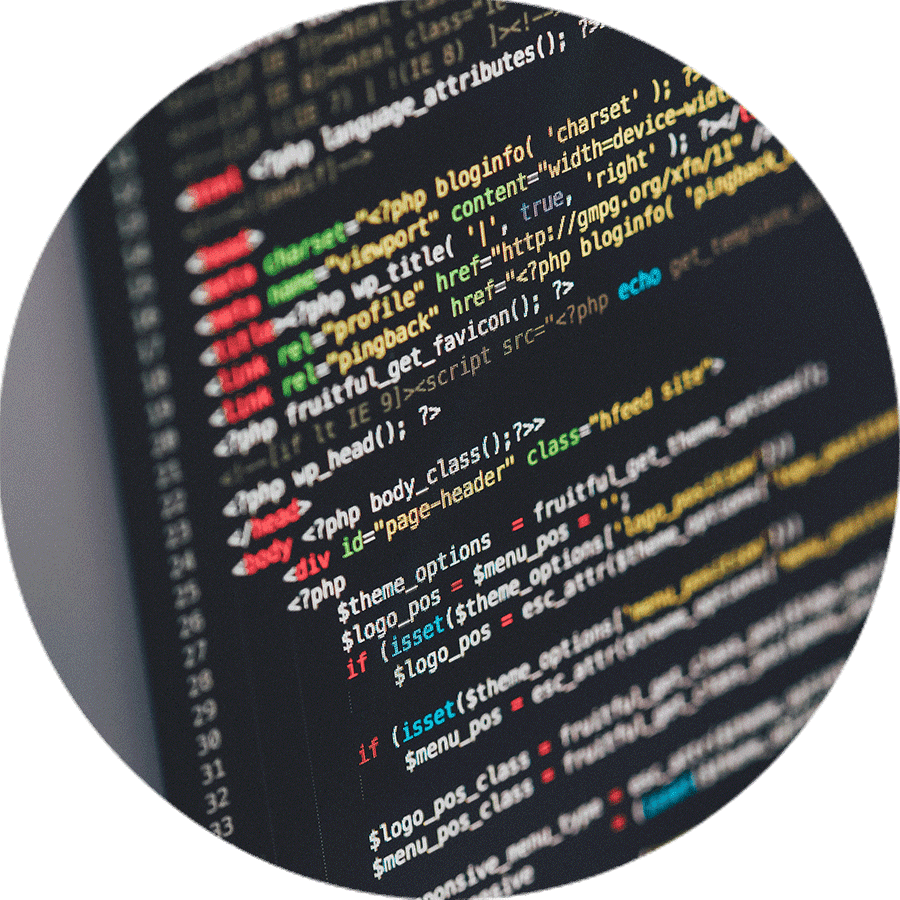
A brief from the National School Boards Association makes the connection between improving student achievement and wise allocation of resources.
Read
BoardOnTrack spells out the purpose and responsibilities of the finance committee of a charter school board.
Read
Strategic budgeting begins with principles such as transparency, stakeholder engagement, and analysis of ROI. This tool from Education Resource Strategies was designed for districts, but it’s great for schools, too.
Read
Smart trade-offs are the name of the game. Use this tool from Education Resource Strategies to play on your own or with a team.
Read
Are resources allocated equitably in your community or school? This toolkit from the Alliance for Resource Equity will help you find answers.
Read
For Brooklyn LAB, personalized learning and a pipeline of diverse, well-prepared teachers are big priorities. This brief from Public Impact explains the creative funding model that makes them possible.
Read
This blog post by researcher Marguerite Roza for Education Next explains why it’s important to follow the dollars into the classroom to craft an effective budget.
Read
Here’s advice about how to engage a diverse local advisory board from Linked Learning, a multi-sector coalition dedicated to the success of young people.
Read
This list from Classy offers a peek into a whole host of fundraising tactics that might work for you, from cultivating donors to organizing a peer-to-peer campaign.
Read
Candid, formerly the Foundation Center, offers free and low-cost training, both live and on-demand, on fundraising and sustainability.
Read
Bronx high school teacher Charles Best founded DonorsChoose to make it easy for anyone to support teachers’ creative ideas to advance student learning and development.
ReadContinuous Improvement
How can a culture of reflection and learning be built into the very fiber of a school?
More Resources On This Topic

In this keynote address, Tony Bryk gives four ways to strengthen continuous improvement in education, illustrated with stories from real schools and districts.
Read
Discover how your state rates on “data transparency,” and learn whether it reports information on student outcomes such as college enrollment, remediation, and persistence.
Explore
How can we know if students are benefitting from work-based learning experiences? AIR offers five modules to help.
Explore
KQED reports on the latest thinking about how schools can plan and implement continuous improvement.
Read
Learn how leaders used improvement science to increase college access for high school students in Fresno, California.
Read
Take this free online course from Harvard’s DataWise project, either on your own or with colleagues.
Explore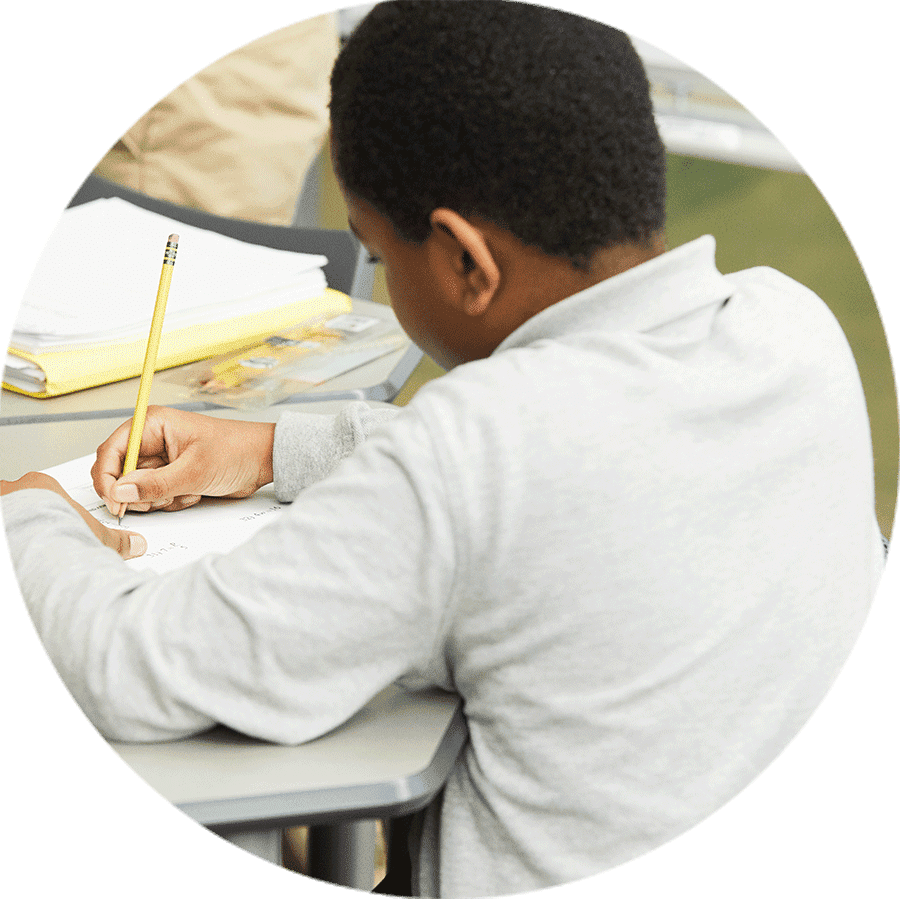
The second edition of AIR’s toolkit for assessing social emotional learning includes a brief, a decision tree, and a tools index.
Explore
How does a school unite around “really fundamental goals for the future of learners”? Education expert Michael Fullan shares his thoughts with XQ.
ReadDive Deep

The Urban Institute has teamed with KnowledgeWorks to define a broader set of measures for identifying effective, equitable high schools.
Explore
James Noonan describes how a consortium of Massachusetts school districts is identifying ways to look at school quality that go beyond test scores.
Read
“Content knowledge, cognitive skills, habits of success, and sense of purpose.” Discover how Summit Public Schools used scientific evidence to define four dimensions of student success
Read
The right LMS makes it easy to gather and deliver information to the people who need it across your school community. So how do you choose the right one? Check out reviews on this handy product index from EdSurge.
Read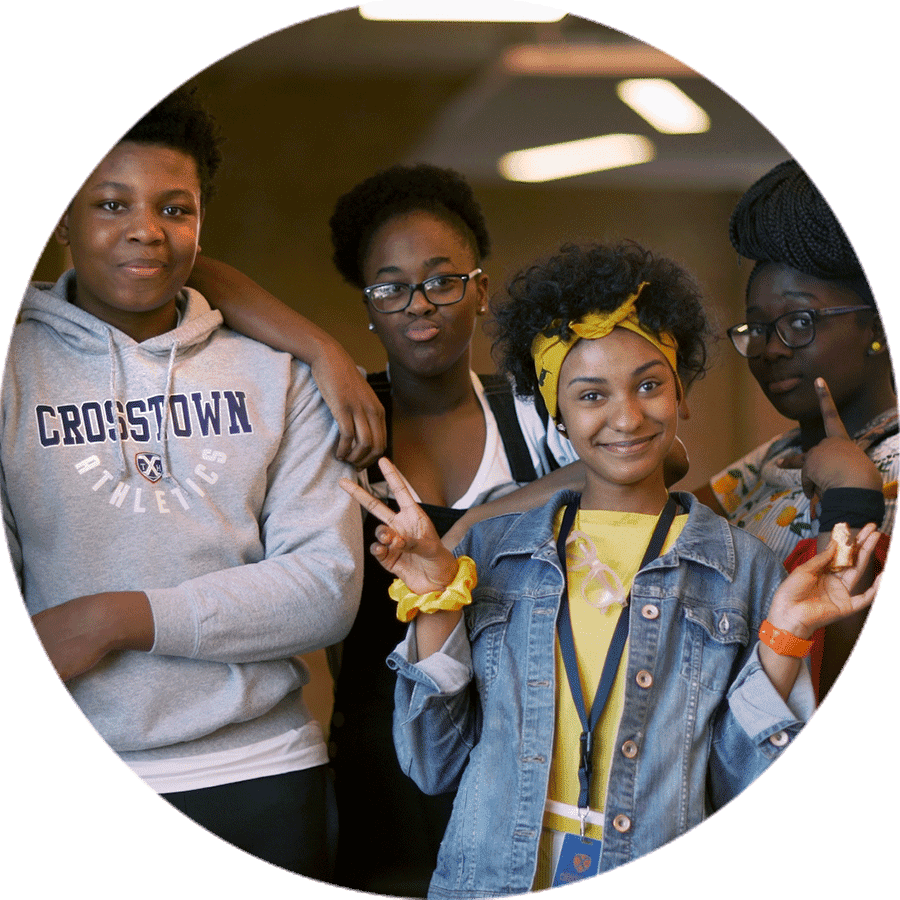
To understand what’s happening inside a school and make real improvements, school leaders need to look across multiple measures.
Read
How can a school define and measure social emotional learning? Harvard’s “Explore SEL” website compares different approaches.
Read
This framework from Shane Safir illustrates the role of data across three levels: the more familiar “satellite” and “map” data, and what she calls “street data,” which emphasizes the voices of students.
Read
A case study and video from The Learning Accelerator shows how educators at Bronx Arena use multiple measures to understand student progress.
Read
The U.S. Department of Education describes how schools can solve problems using a step-by-step process for continuous improvement.
Read
Explore this framework from the Building Equitable Learning Environments (BELE) network for ideas on how multiple measures can help transform a school.
Read
This report from New Visions for Public Schools describes how effective teams analyze data from a school design perspective to improve outcomes.
Read
DataWise, a project at Harvard Graduate School of Education, offers a step-by-step guide to help schools get the most out of data.
ReadMobilizing for Implementation
How does a design team move from ideas to reality?
More Resources On This Topic

Crafting a compelling theory of change is like making a roadmap that gets you to your final goal. This animated video by UK-based Neesta shows an easy-to-use process for defining yours
Watch
Every few months, Acumen and the Cambridge Leadership Associates run this free online course, designed to help leaders mobilize for change and disrupt the status quo.
Learn
Every organization that serves the public should be deeply aware of racial equity. Build your own racial equity guide with this interactive resource from W.K. Kellogg Foundation.
Read
What does a great theory of change look like? This video from Harvard’s Center on the Developing Child depicts the Frontiers of Innovation community’s theory of change for impacting the lives of vulnerable children and their families.
Watch
A comprehensive staff handbook is essential for establishing a common culture and expectations. Here’s a collection of resources, including sample handbooks from the New York City Charter School Center.
Read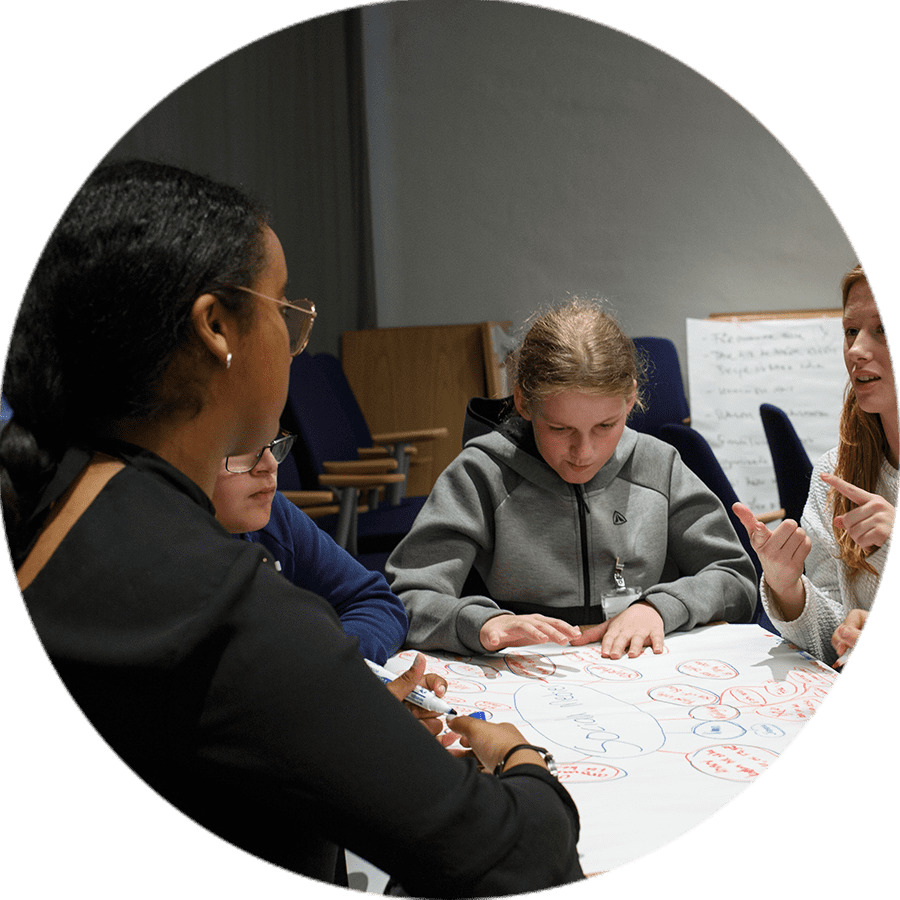
Introducing an advisory system can be an important step in transforming the overall culture of a school. If you’re looking for an initiative to pilot during implementation, this is a great place to start.
ReadDive Deep

Google is good at finding patterns. What their researchers found when they started looking for patterns to explain their own most effective teams may surprise you.
Read More
MIT’s Justin Reich and Peter Senge developed Launching Innovation in Schools, an online course available on edX. Reich provides an overview in this blog post.
Read
In this popular Ted Talk, Tom Wujac describes the “marshmallow challenge” and points to some important lessons for team building.
Read
Can a network of local supports help schools come back stronger and more equitably from the pandemic? Check out these resources from the Everyone Graduates Center for ideas on how to build one.
Read
The School Start-Up Checklist from SUNY’s charter school think tank is a helpful snapshot, in spreadsheet form, of the many pieces that need to fit together to form a public school. It’s a useful inventory, whether you’re planning a district or a charter school.
Read
Research shows that schools achieve more when teachers and other members of the school community take on leadership within the change process. This resource from New Leaders reviews the literature and includes real-life vignettes.
Read
Logic modeling is a tool to enhance program planning implementation and dissemination. This guide from the W.K. Kellogg Foundation helps leaders and community members get started with this process.
Read
Here’s the story of how INACOL (now Aurora Institute) worked with eight NYC schools to implement blended learning—and get everyone on board with the new approach.
Read
In an interview in Educational Leadership, Michael Fullan discusses how good autonomy and good teamwork, along with a deep focus on students, can come together to make progress possible.
Read
An effective school team creates plans and systems so everyone knows what has to be done and who will do it. This video from New Leaders shows how.
Watch
This article, published by the makers of Hive, describes some of the major commercial project management software tools and offers tips on choosing the right one.
Read
A pitch deck is a great asset for making your case to funders and partners. This article, written for business startups, has useful pointers for school designers, too.
Read